
HebrewSyntax.org ©JCBeckman 3/29/2012 Copy freely
BY-NC-SA
CC
1-1
Chapter 1 – The Hebrew Alphabet (Alef-Bet)
Names of the Letters
Difficulties Recognizing Letters
– Final Forms
– Different Fonts
– Similar Letters
Writing and Transliterating the Letters
Begad Kephat Letters
Pronouncing the Letters

HebrewSyntax.org ©JCBeckman 3/29/2012 Copy freely
BY-NC-SA
CC
1-2
The Alphabet is Just the Consonants
In English,
both consonants and vowels are letters of the alphabet.
– E.g., the vowel ‘A’ and the consonant ‘B’ are both
letters of the alphabet.
In Hebrew, only consonants are considered to be letters
– The consonant Alef is a letter of the alphabet.
– The vowel Seghol is not a letter of the alphabet.
The OT was originally written without vowels
– Vowels and accents were added in AD 500-1000
–

HebrewSyntax.org ©JCBeckman 3/29/2012 Copy freely
BY-NC-SA
CC
1-3
Variations on Letter Names
Different people spell letter names differently
– E.g., Alef, Aleph, ’ā
́
lep,
Different people pronounce letter names differently
– E.g., Waw vs. Vav. Yod vs. Yud.
In Modern Hebrew, three letters are called different
names depending on whether or not they have a Dagesh
– Vet vs. Bet
– Chaf vs. Kaf
– Fay vs. Pay
All reasonable variations are acceptable in my class

HebrewSyntax.org ©JCBeckman 3/29/2012 Copy freely
BY-NC-SA
CC
1-4
Alef

HebrewSyntax.org ©JCBeckman 3/29/2012 Copy freely
BY-NC-SA
CC
1-5
Bet
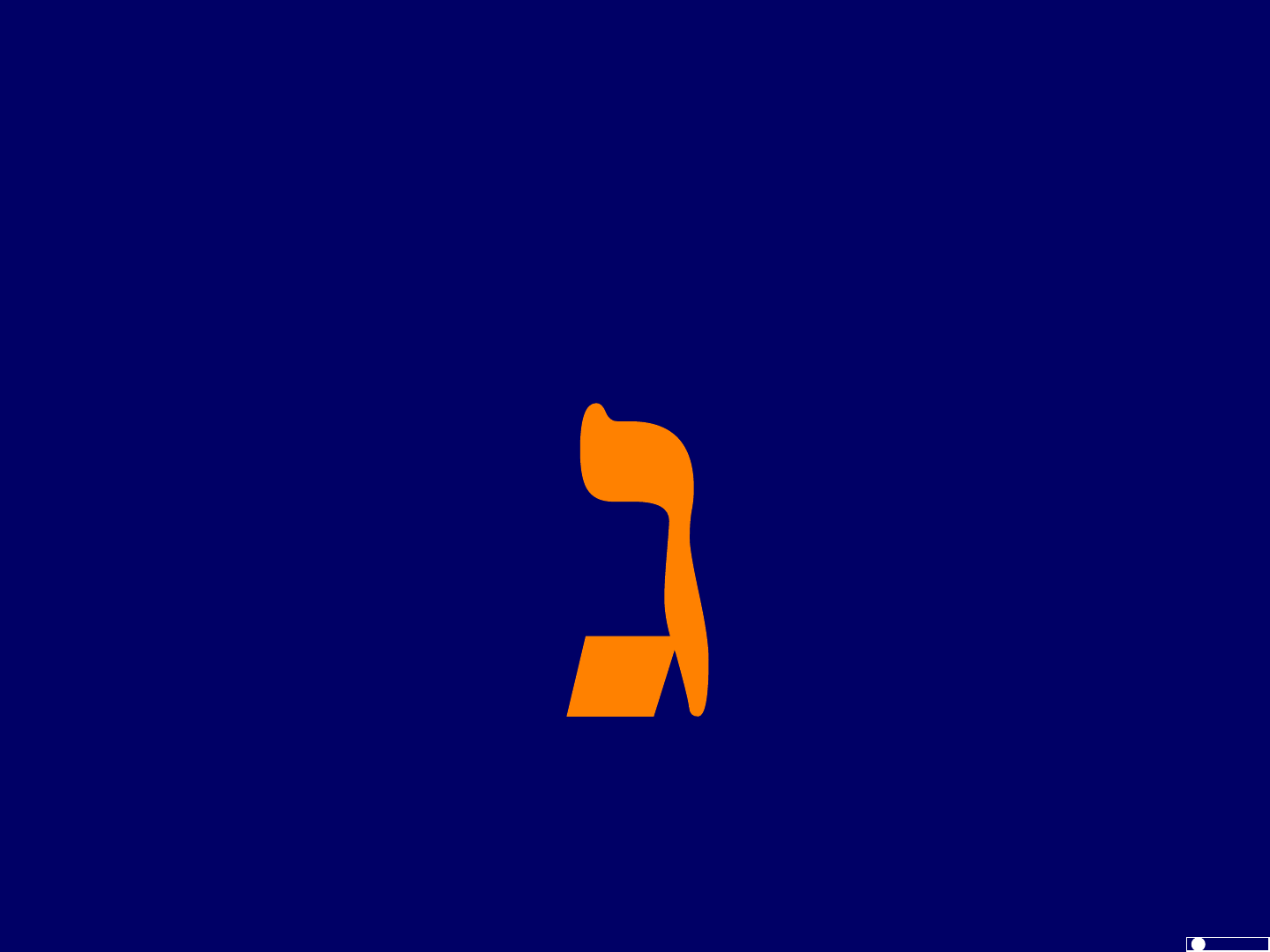
HebrewSyntax.org ©JCBeckman 3/29/2012 Copy freely
BY-NC-SA
CC
1-6
Gimel
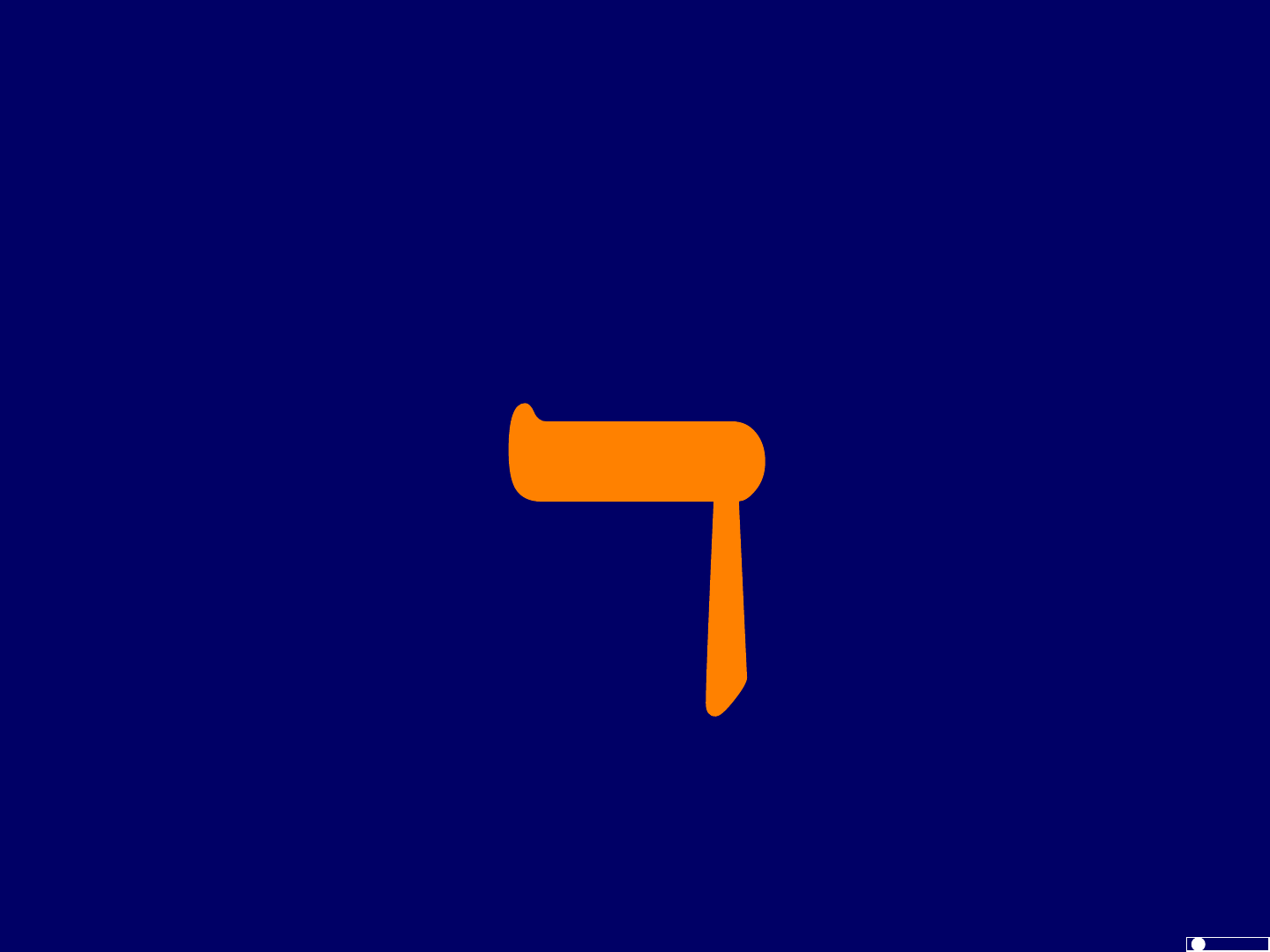
HebrewSyntax.org ©JCBeckman 3/29/2012 Copy freely
BY-NC-SA
CC
1-7
Dalet
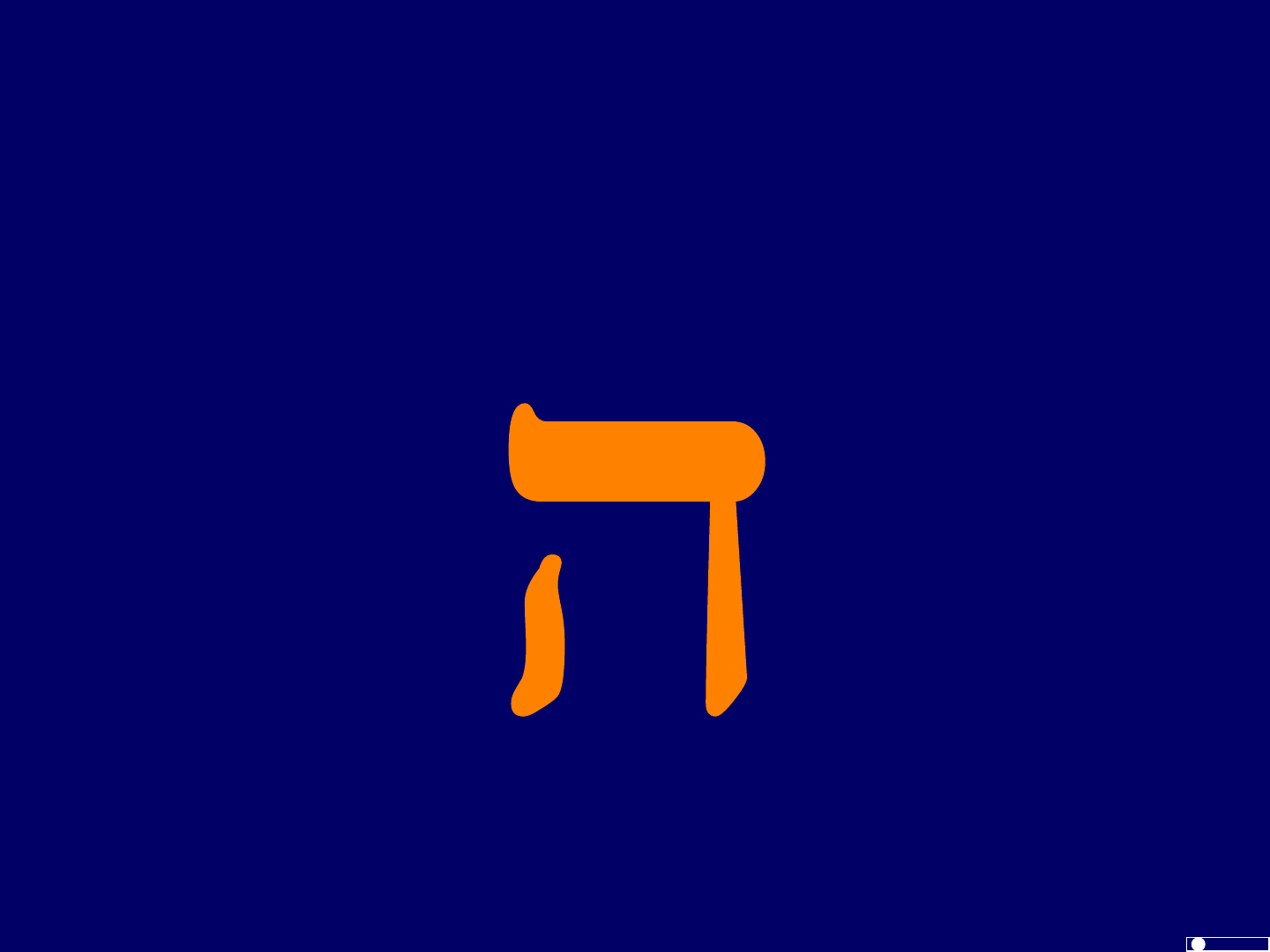
HebrewSyntax.org ©JCBeckman 3/29/2012 Copy freely
BY-NC-SA
CC
1-8
Hay
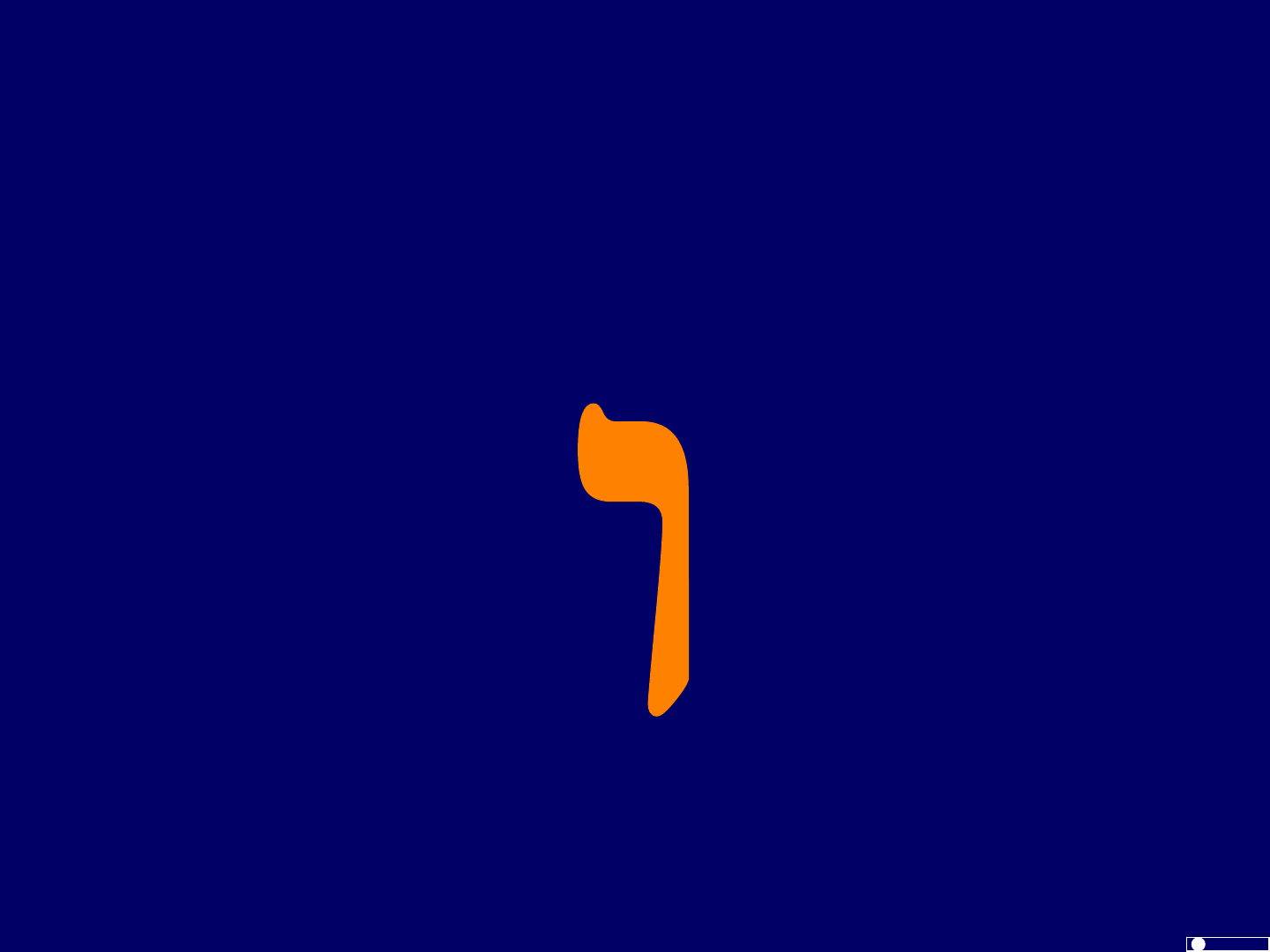
HebrewSyntax.org ©JCBeckman 3/29/2012 Copy freely
BY-NC-SA
CC
1-9
Vav
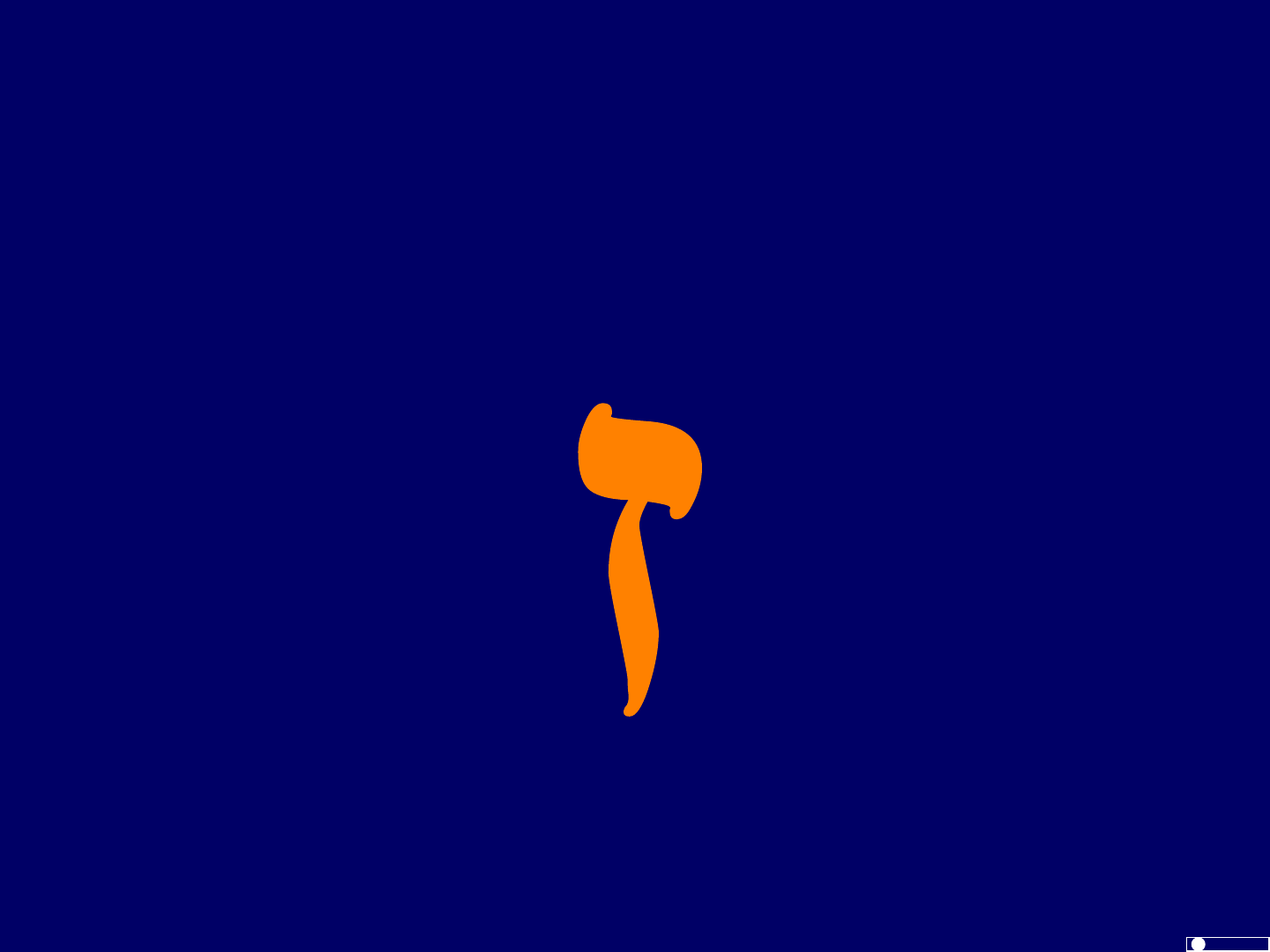
HebrewSyntax.org ©JCBeckman 3/29/2012 Copy freely
BY-NC-SA
CC
1-10
Zayin
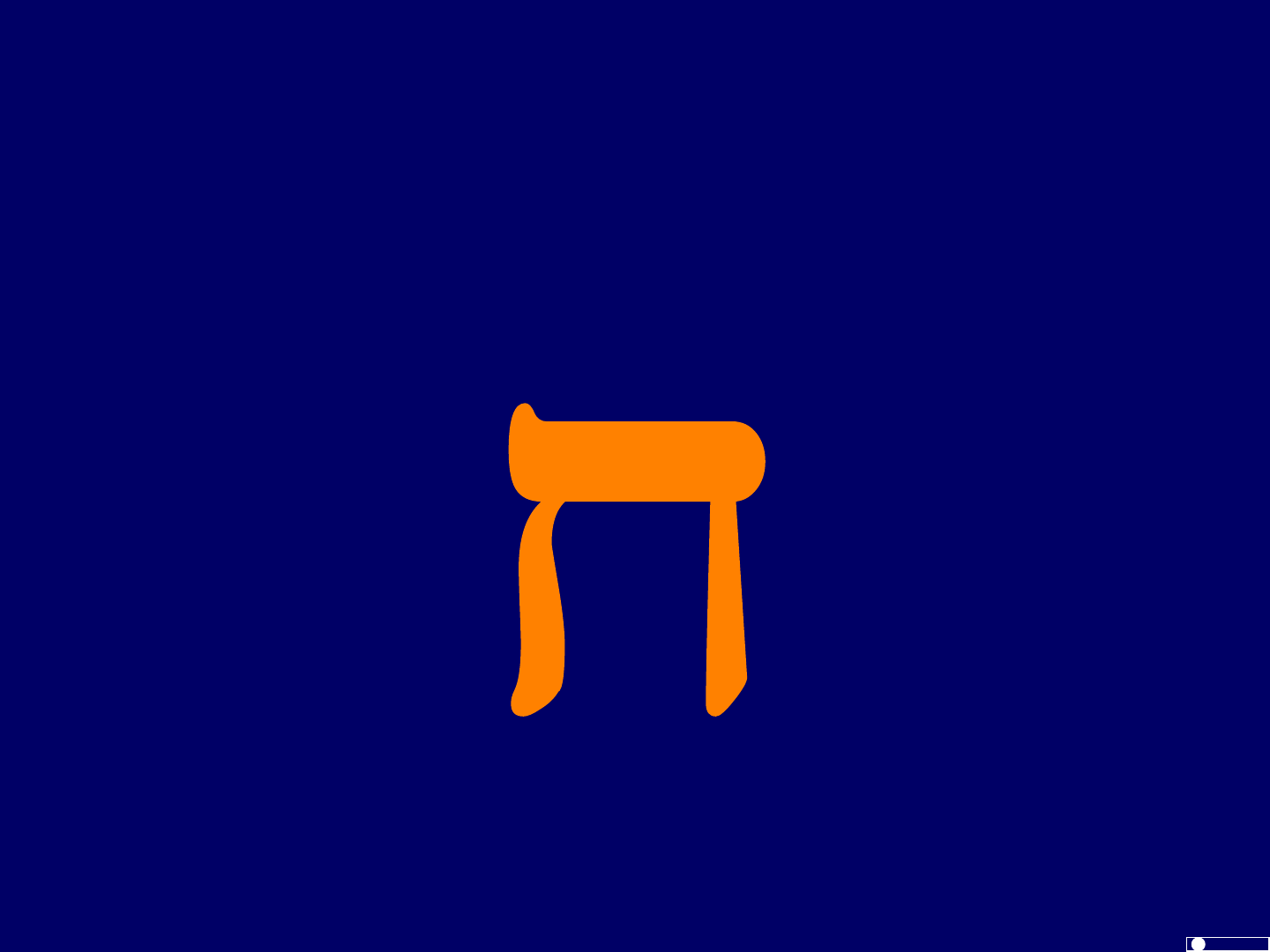
HebrewSyntax.org ©JCBeckman 3/29/2012 Copy freely
BY-NC-SA
CC
1-11
Ḥet
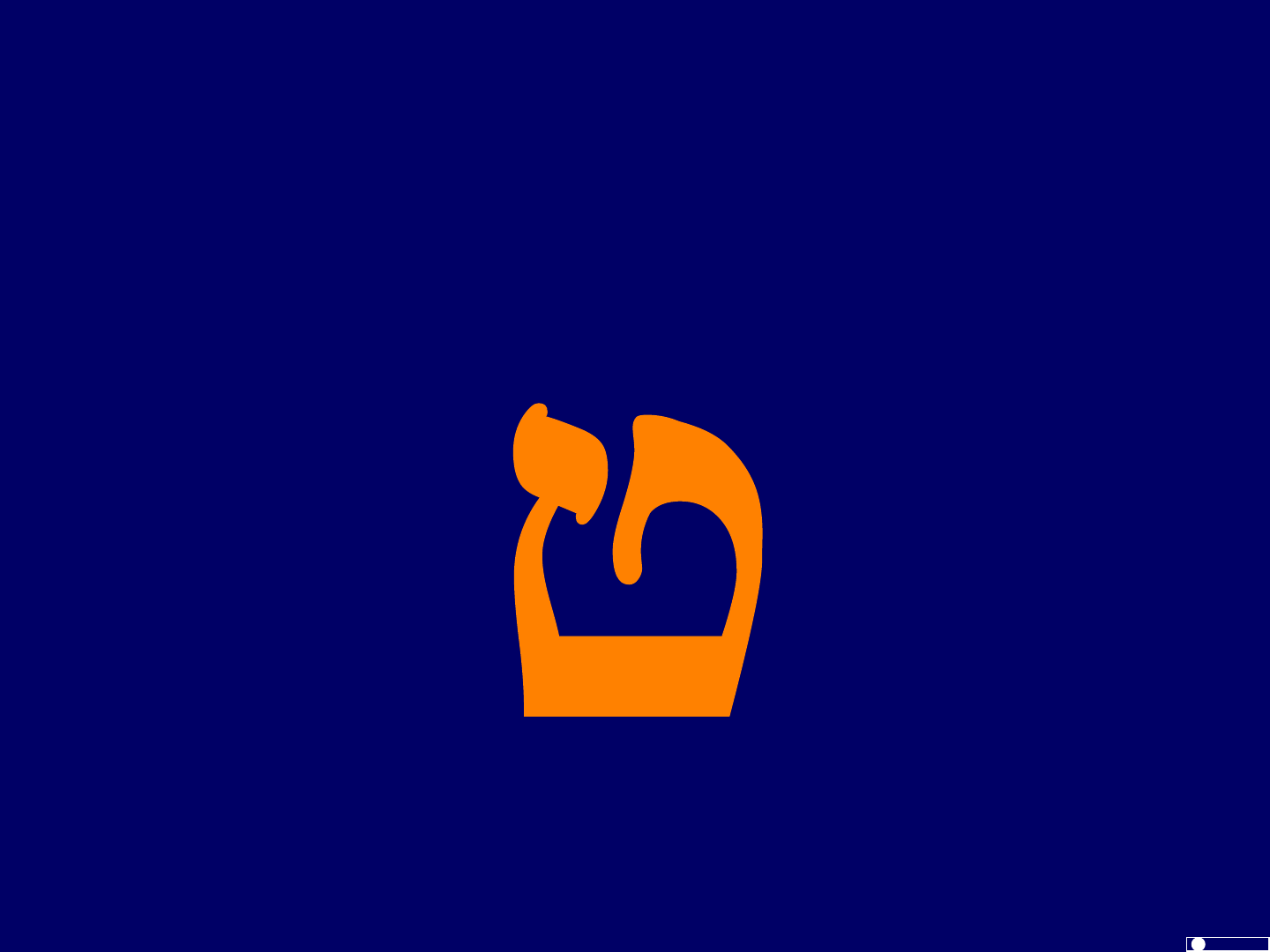
HebrewSyntax.org ©JCBeckman 3/29/2012 Copy freely
BY-NC-SA
CC
1-12
Tet
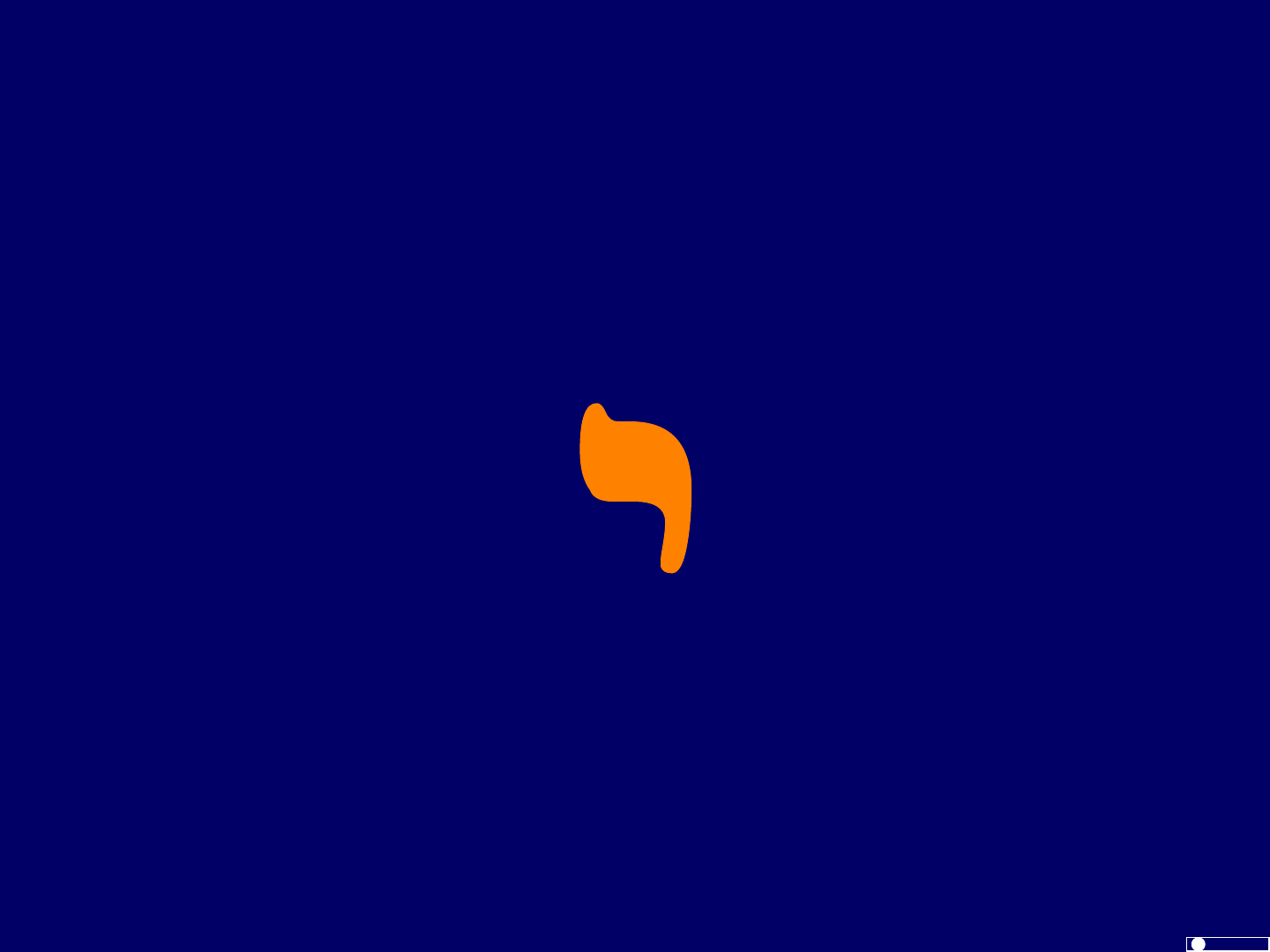
HebrewSyntax.org ©JCBeckman 3/29/2012 Copy freely
BY-NC-SA
CC
1-13
Yod
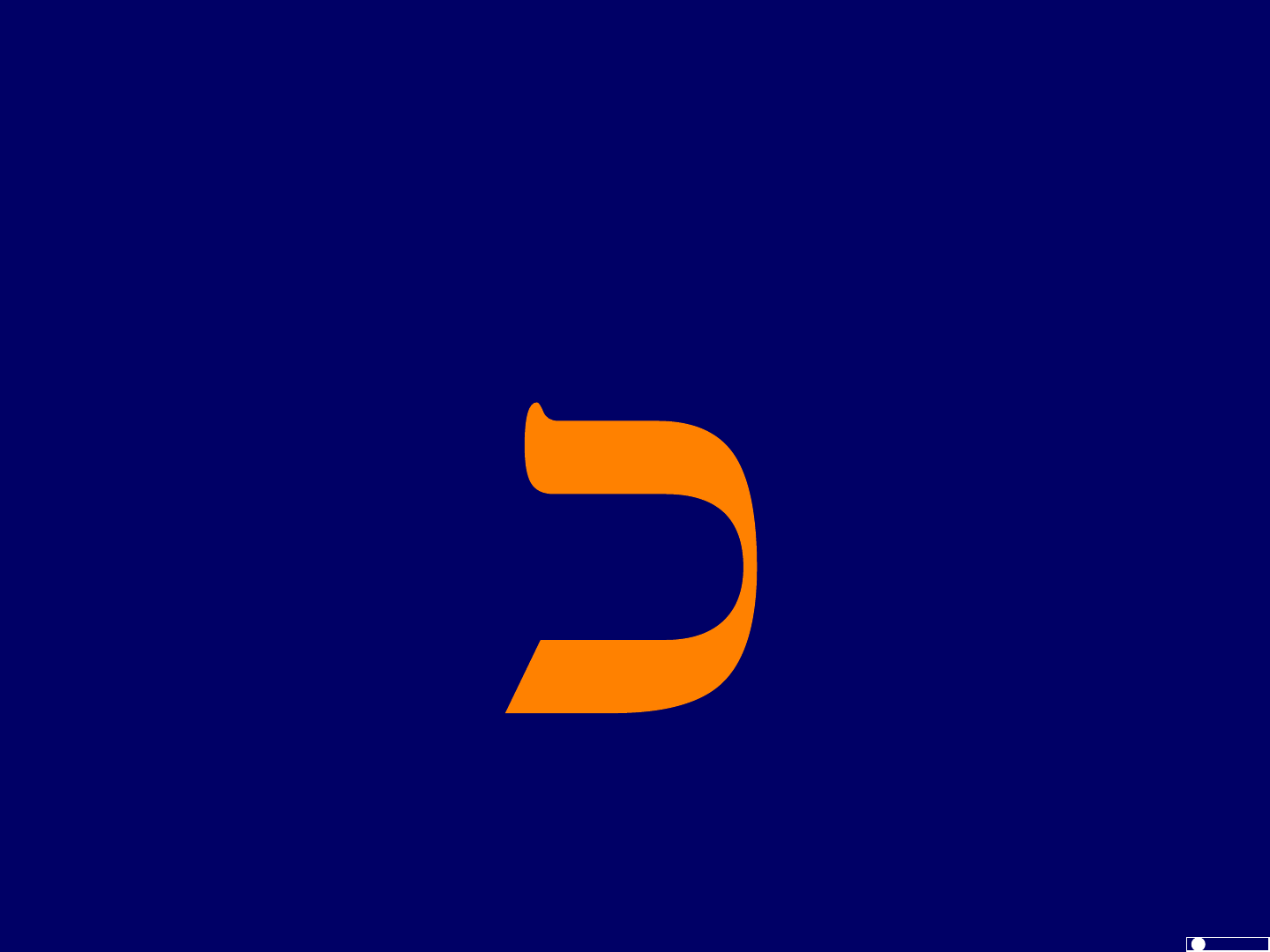
HebrewSyntax.org ©JCBeckman 3/29/2012 Copy freely
BY-NC-SA
CC
1-14
Kaf
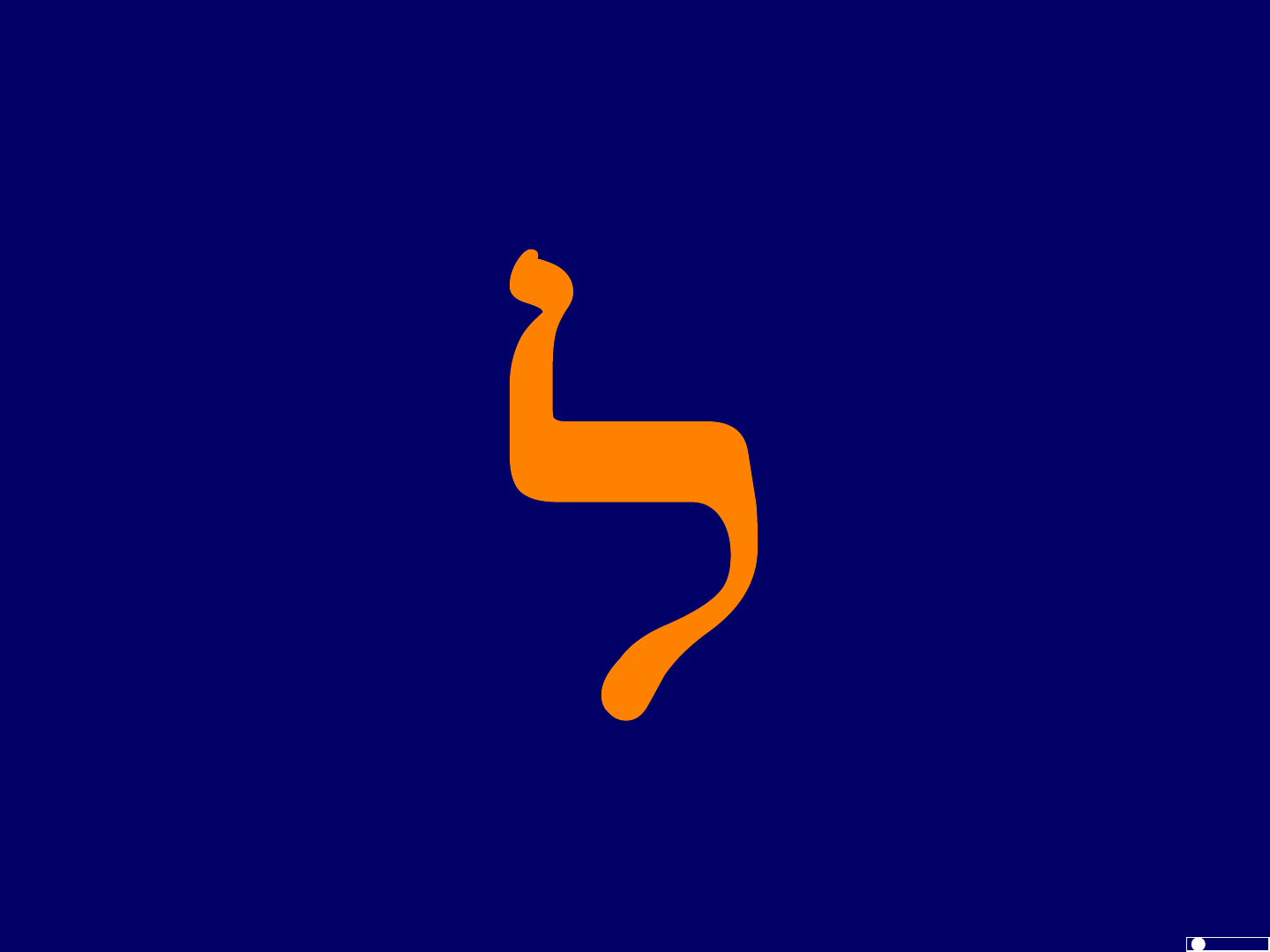
HebrewSyntax.org ©JCBeckman 3/29/2012 Copy freely
BY-NC-SA
CC
1-15
Lamed
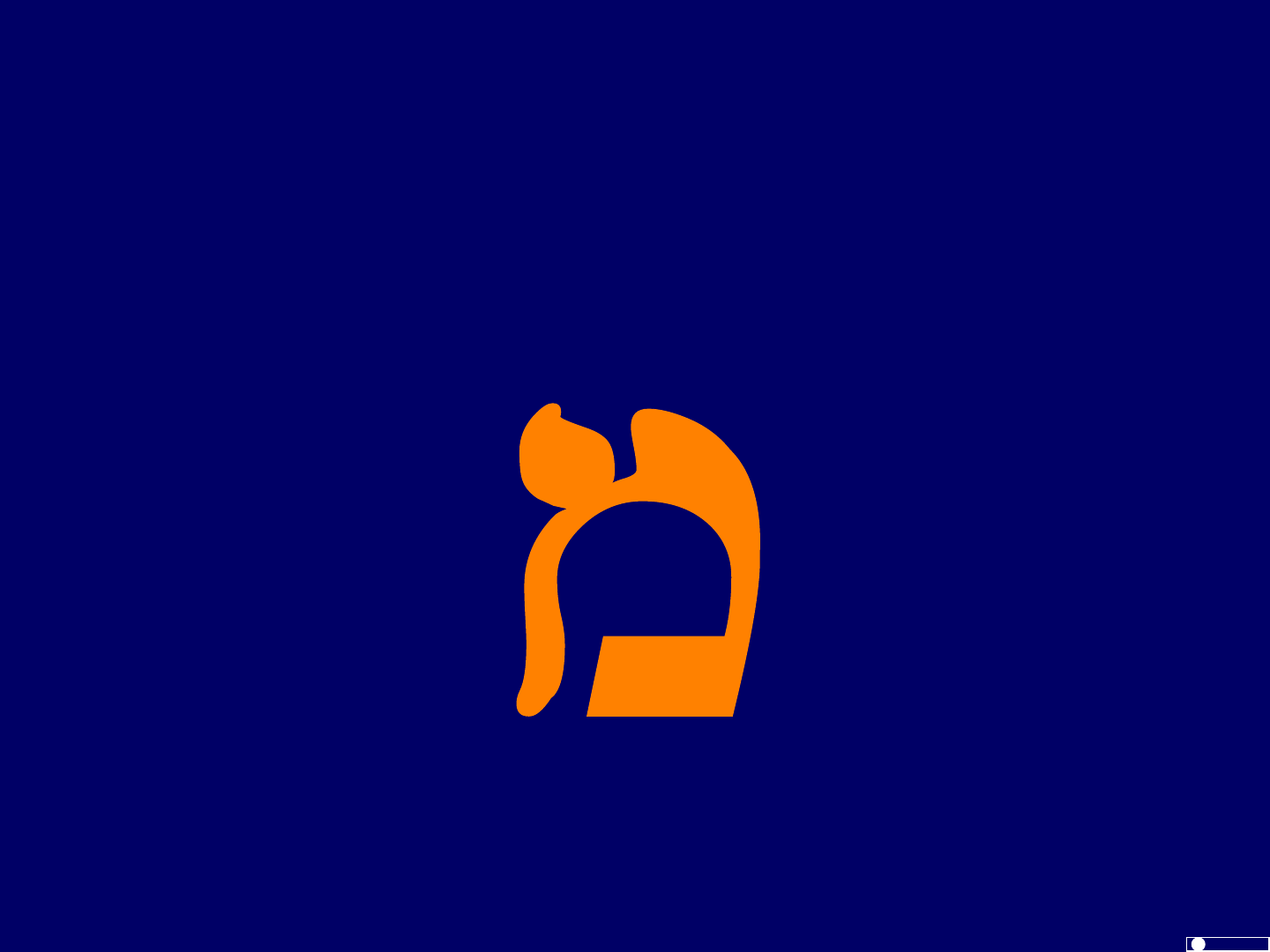
HebrewSyntax.org ©JCBeckman 3/29/2012 Copy freely
BY-NC-SA
CC
1-16
Mem
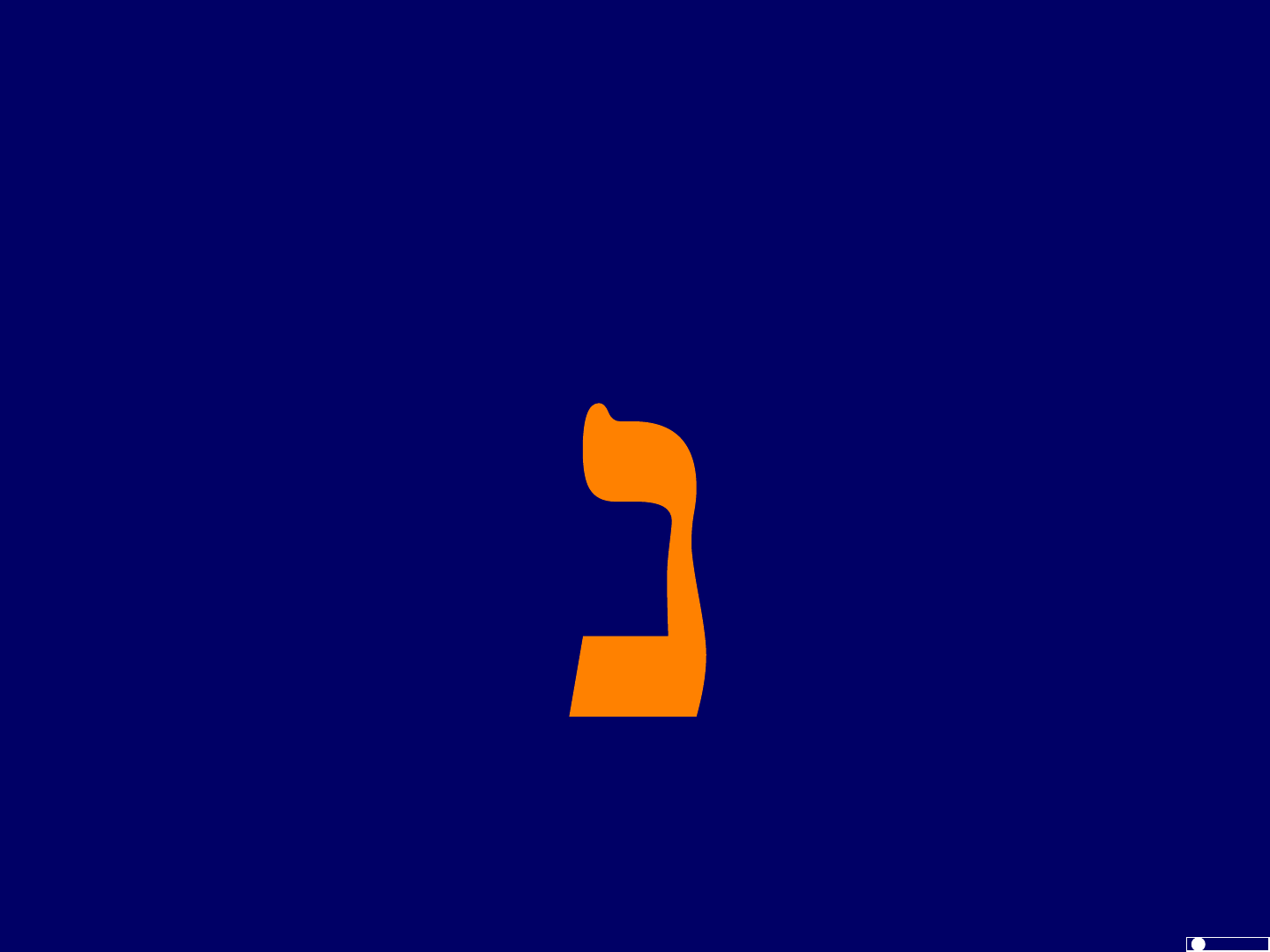
HebrewSyntax.org ©JCBeckman 3/29/2012 Copy freely
BY-NC-SA
CC
1-17
Nun
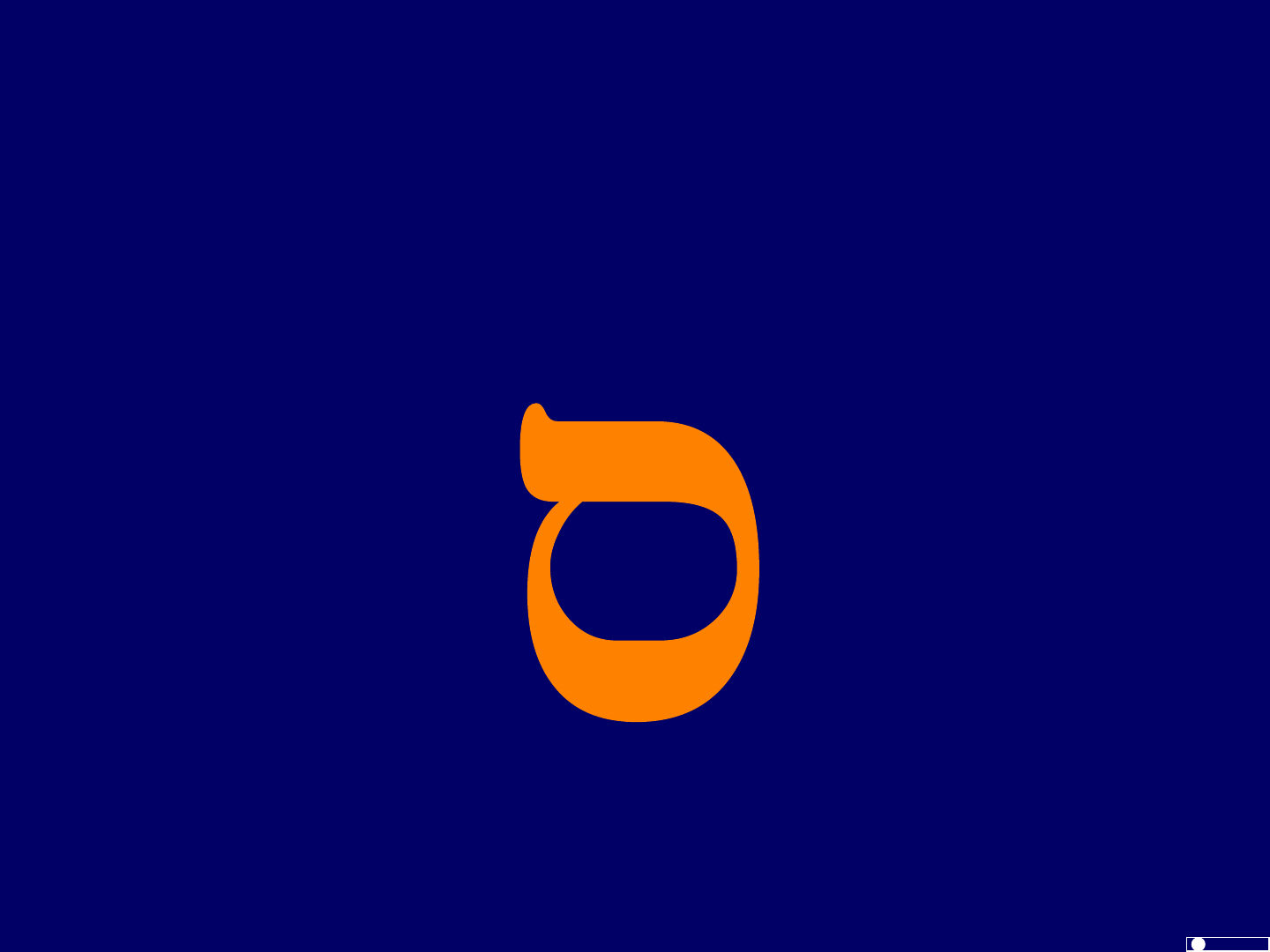
HebrewSyntax.org ©JCBeckman 3/29/2012 Copy freely
BY-NC-SA
CC
1-18
Samech
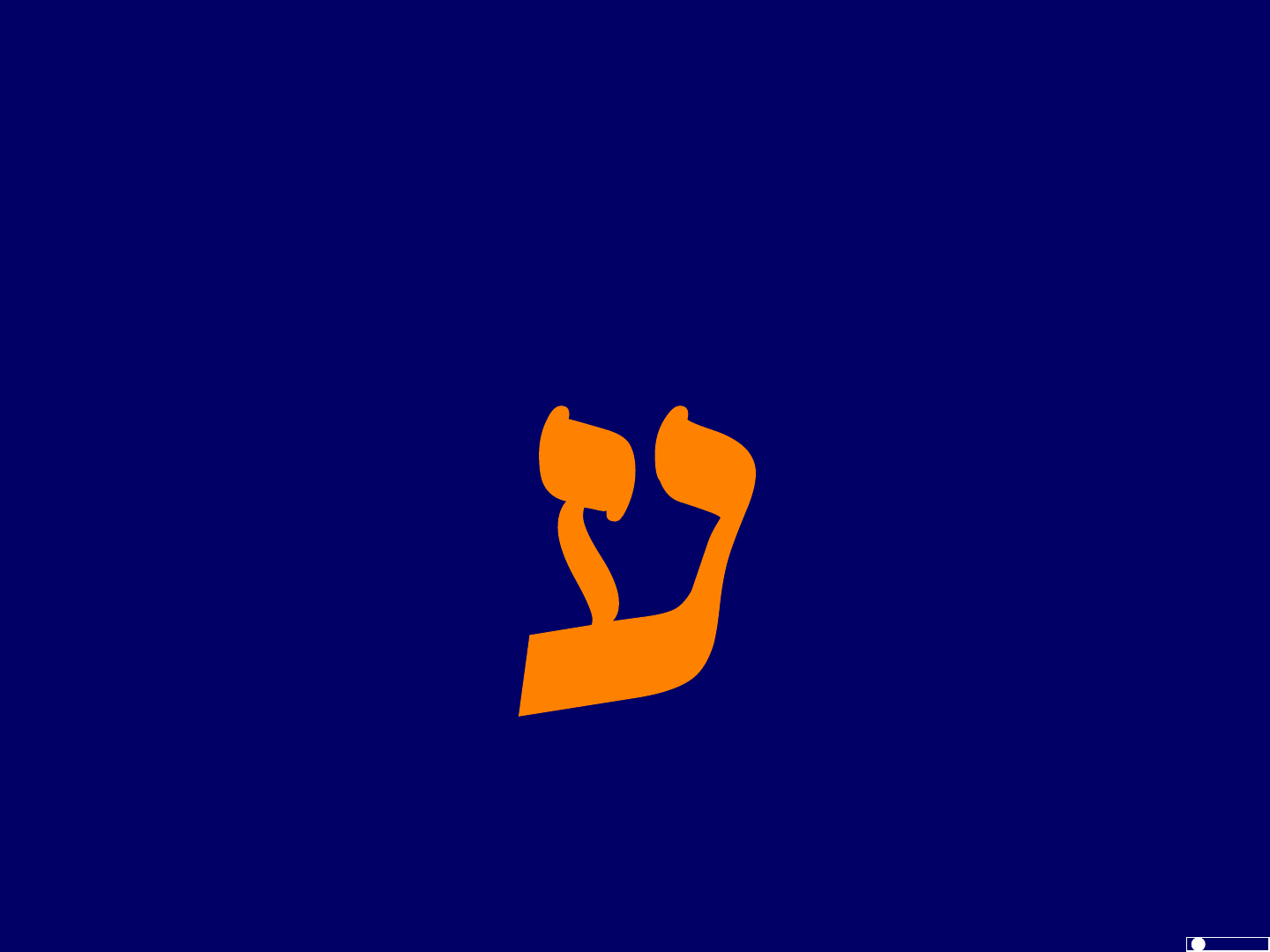
HebrewSyntax.org ©JCBeckman 3/29/2012 Copy freely
BY-NC-SA
CC
1-19
Ayin
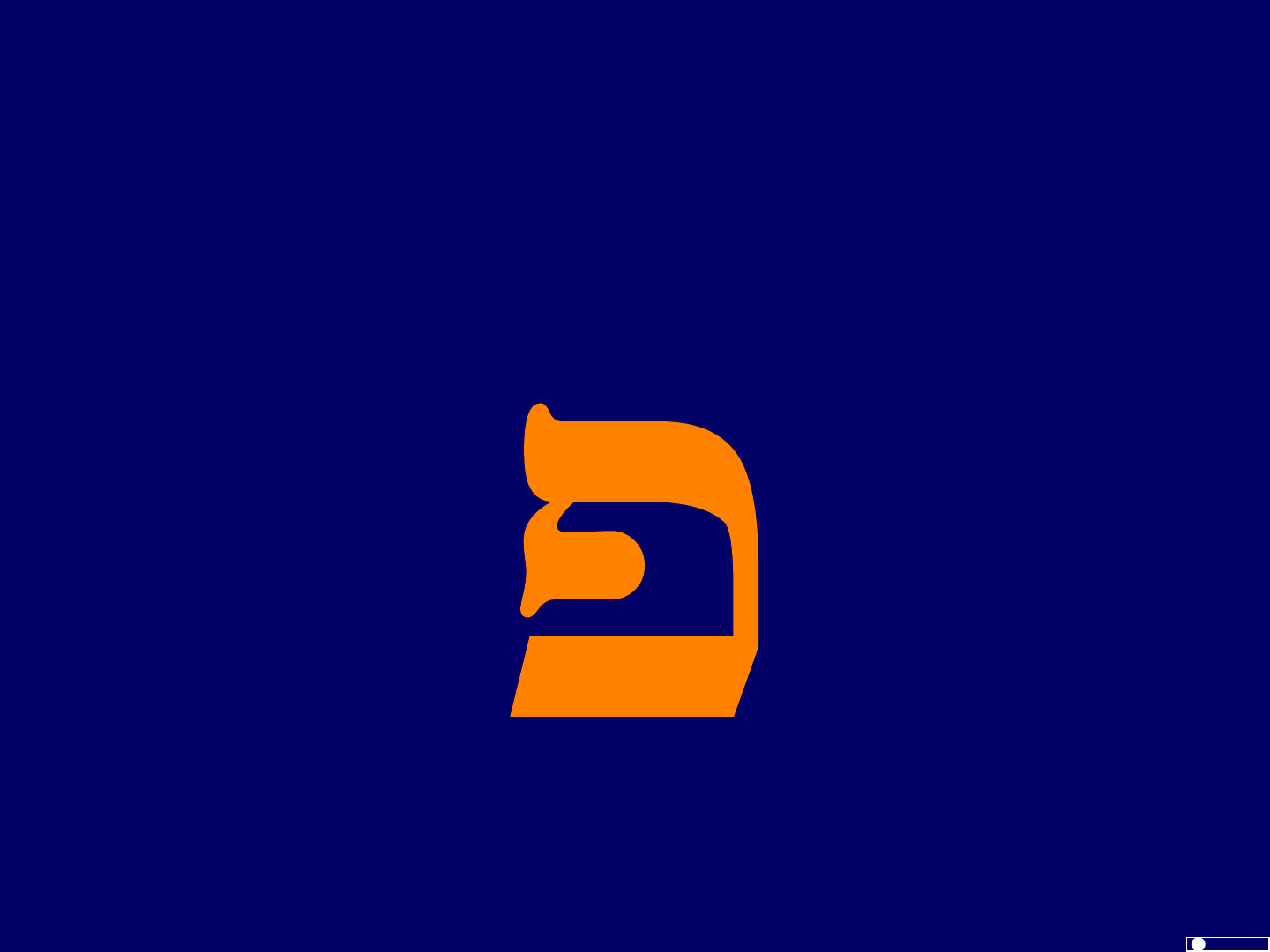
HebrewSyntax.org ©JCBeckman 3/29/2012 Copy freely
BY-NC-SA
CC
1-20
Pay
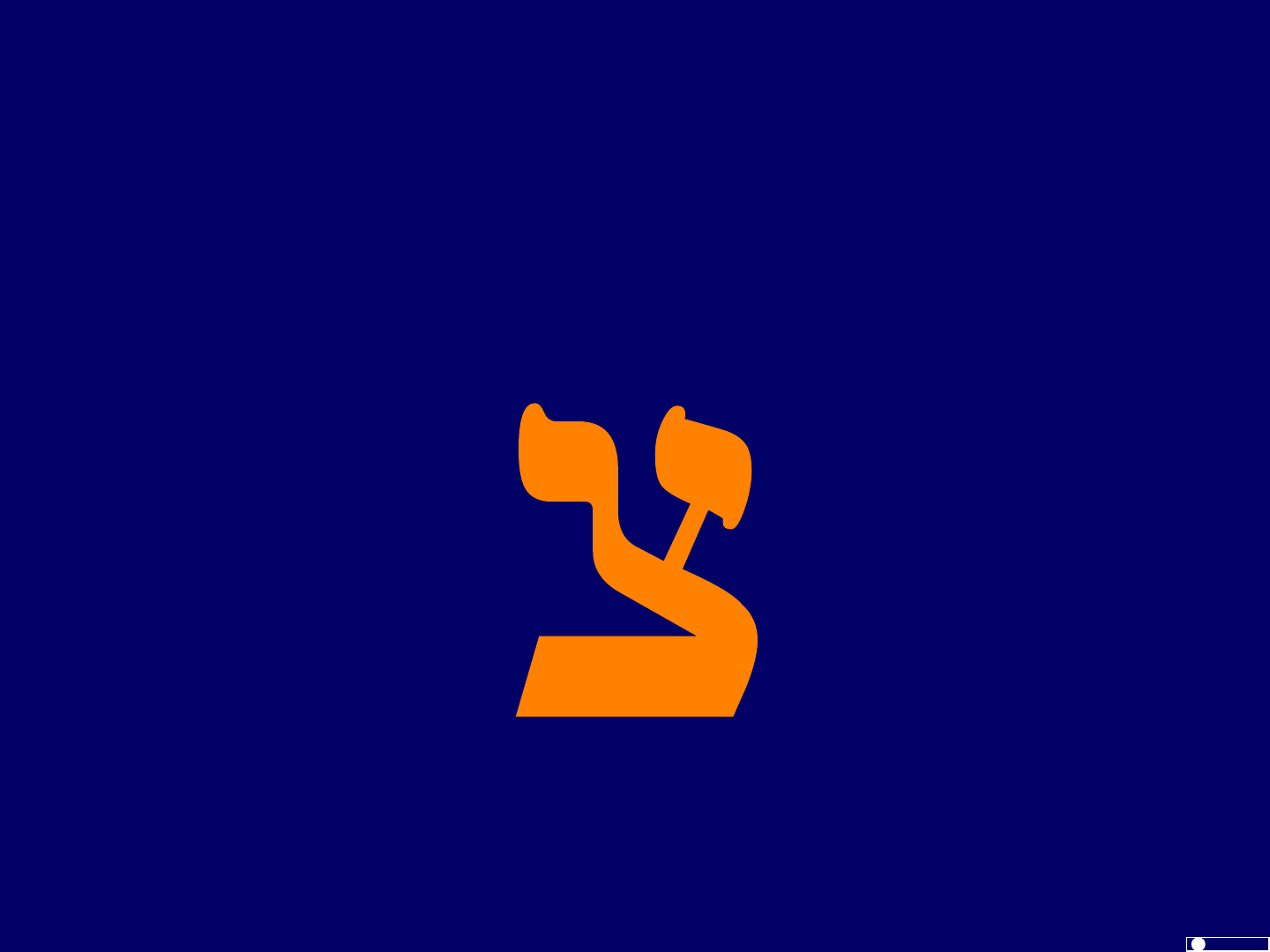
HebrewSyntax.org ©JCBeckman 3/29/2012 Copy freely
BY-NC-SA
CC
1-21
Tsadee
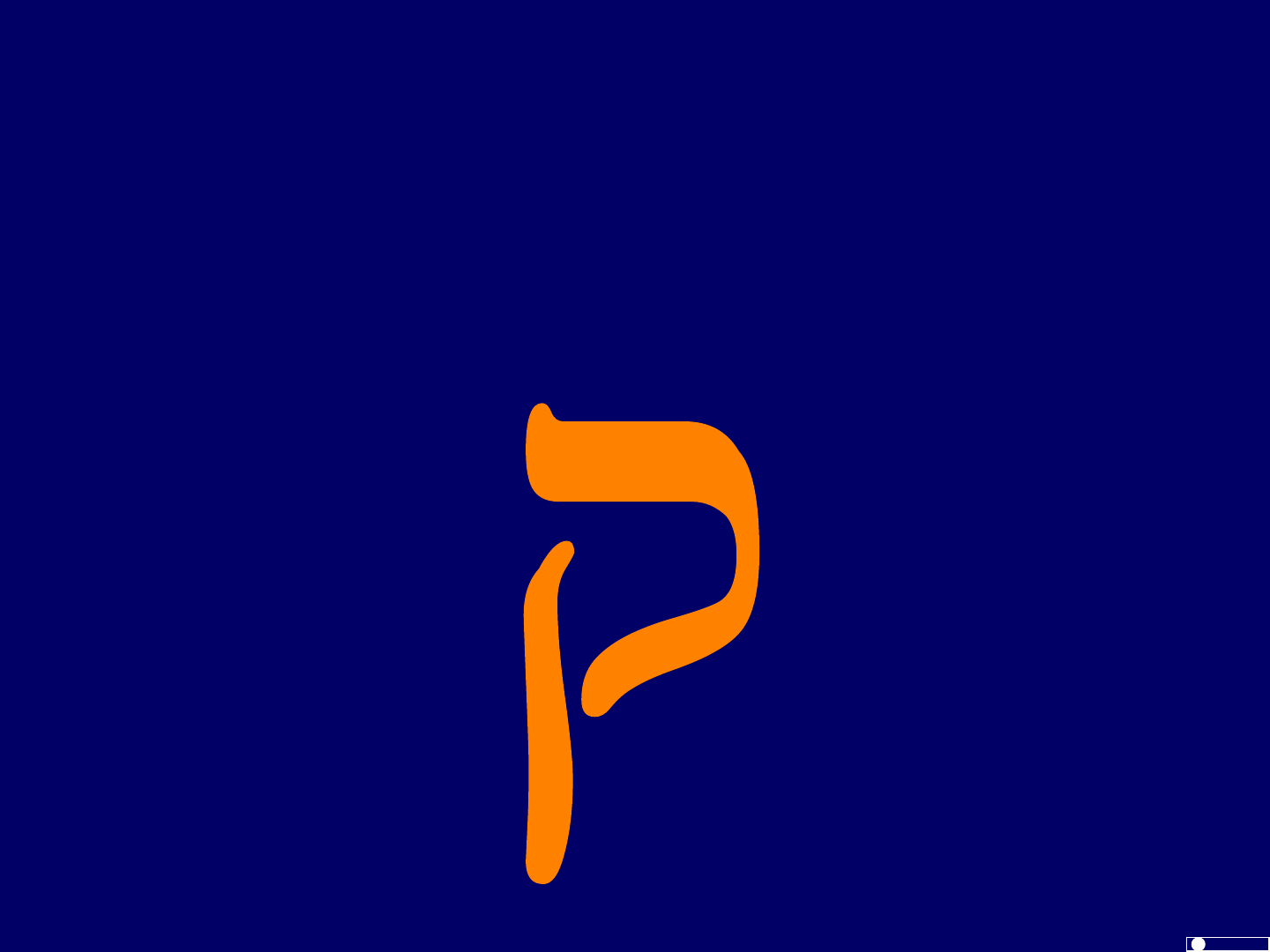
HebrewSyntax.org ©JCBeckman 3/29/2012 Copy freely
BY-NC-SA
CC
1-22
Qof
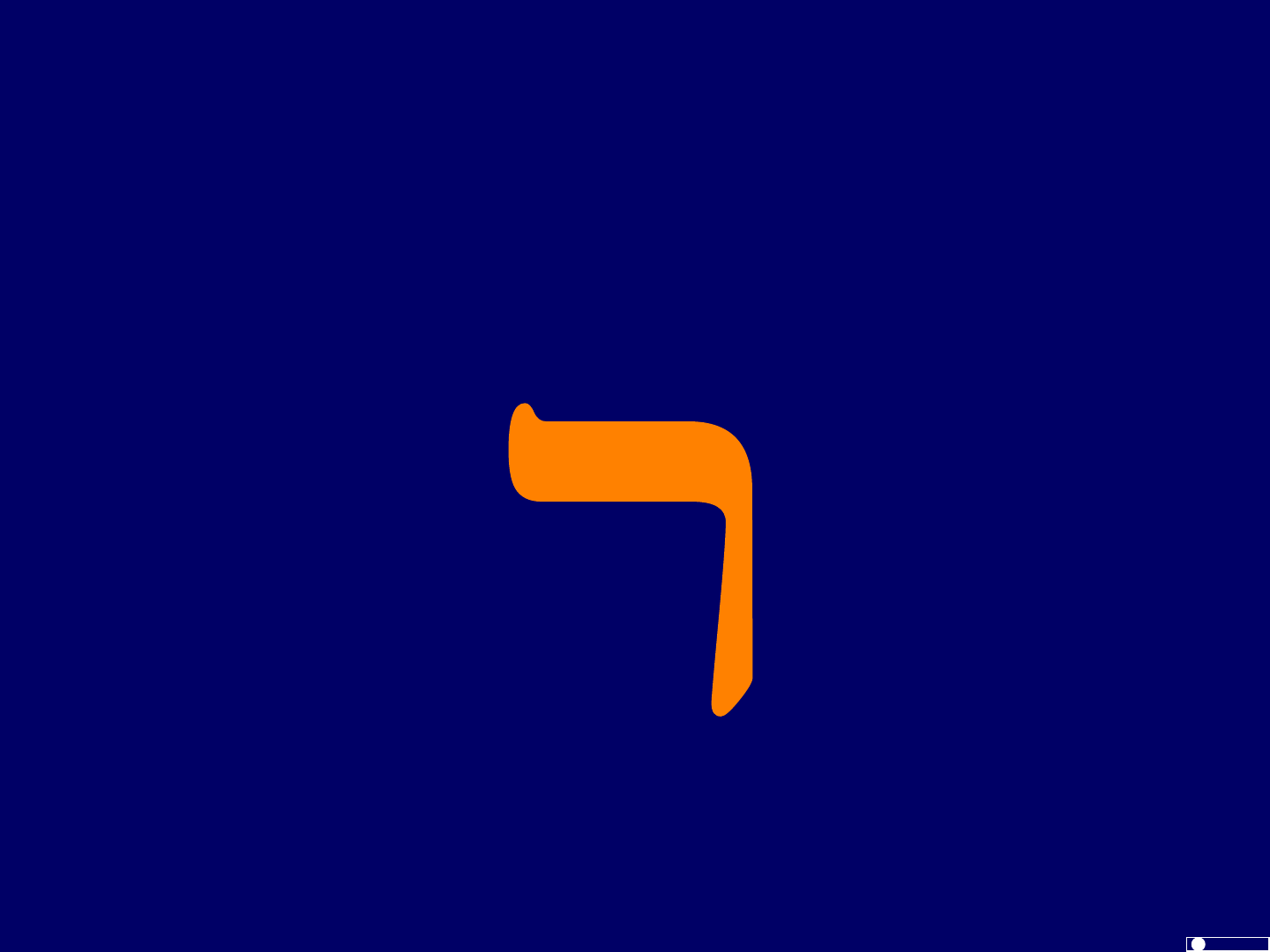
HebrewSyntax.org ©JCBeckman 3/29/2012 Copy freely
BY-NC-SA
CC
1-23
Resh
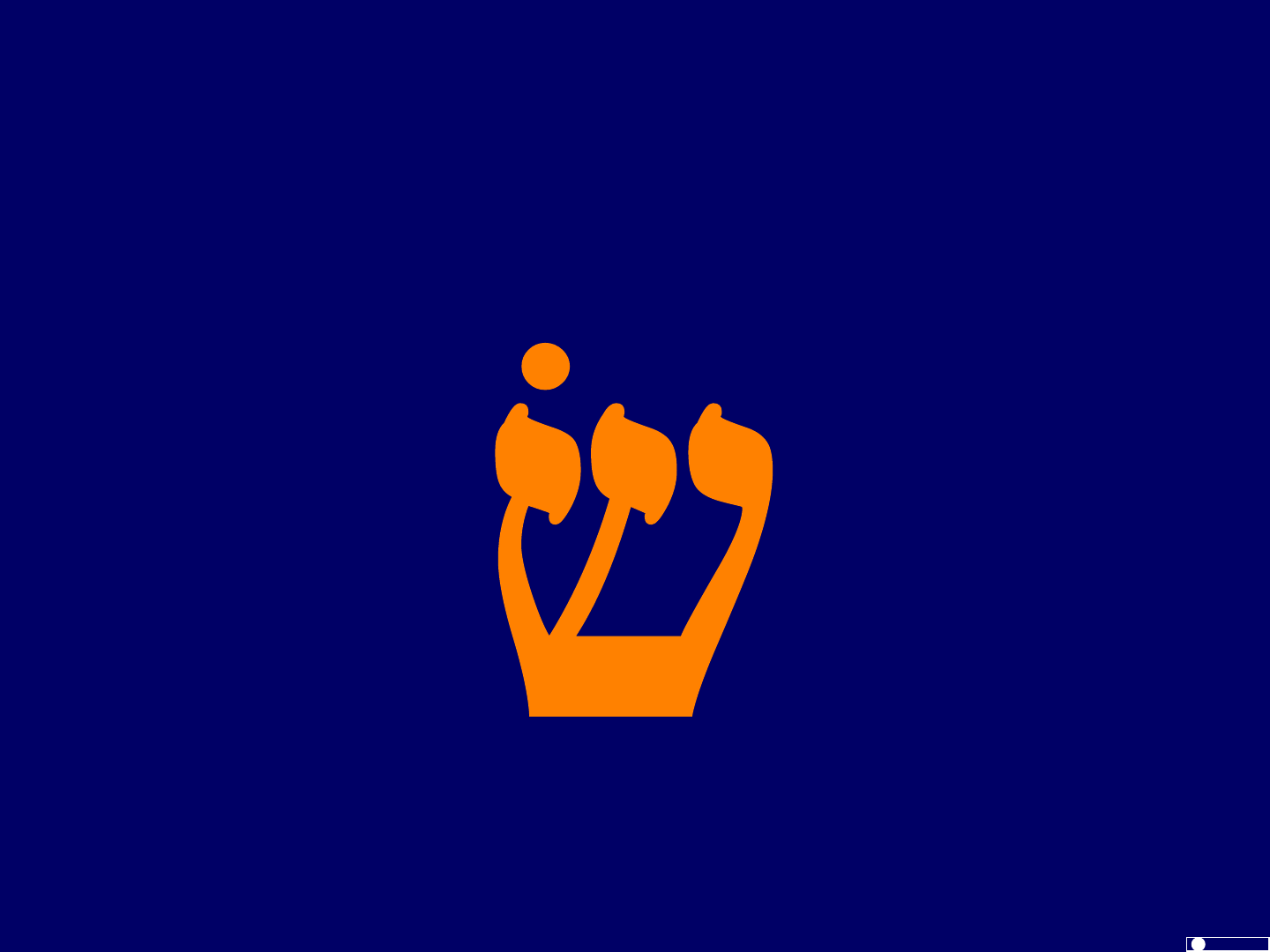
HebrewSyntax.org ©JCBeckman 3/29/2012 Copy freely
BY-NC-SA
CC
1-24
Sin
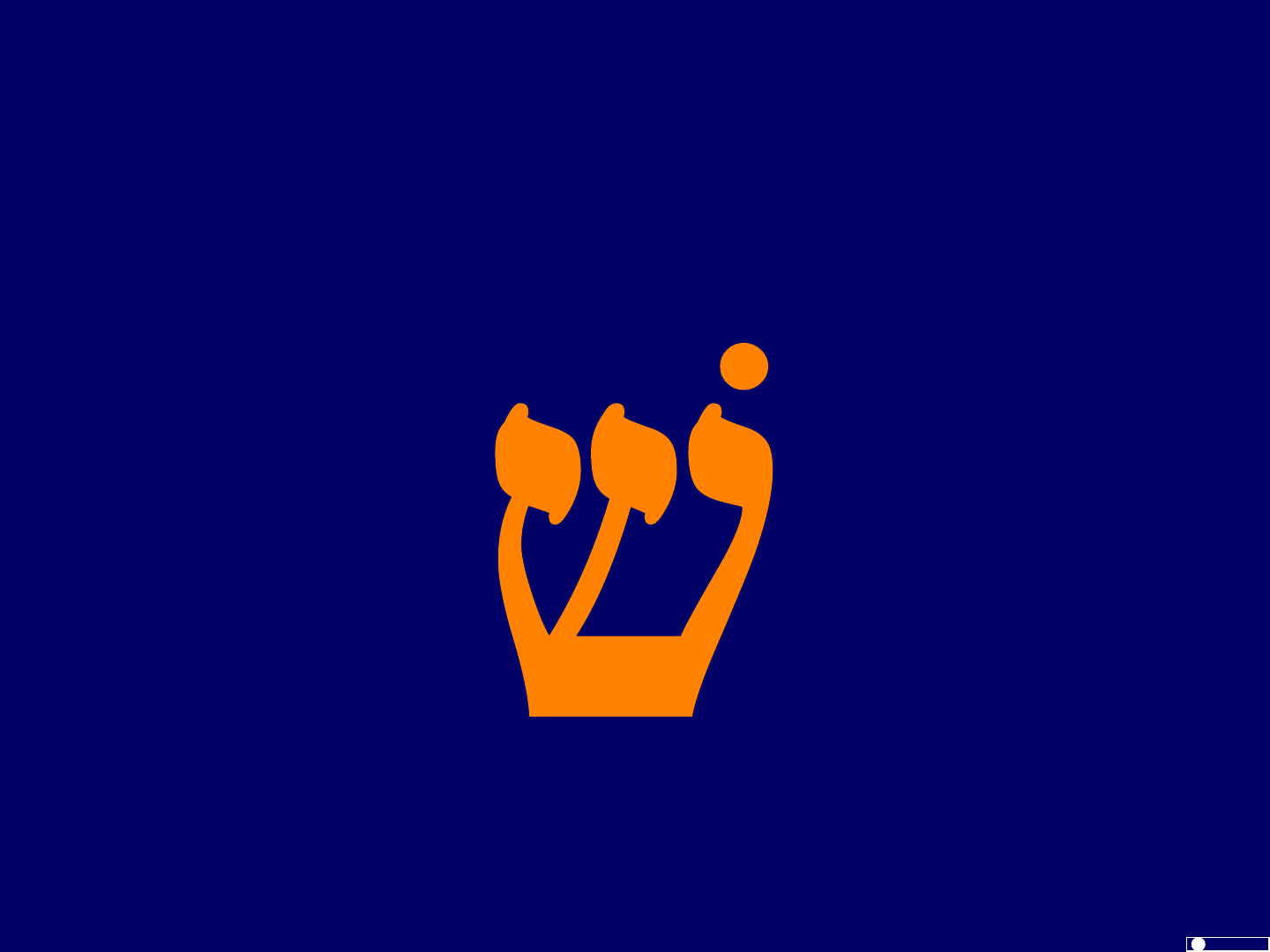
HebrewSyntax.org ©JCBeckman 3/29/2012 Copy freely
BY-NC-SA
CC
1-25
Shin
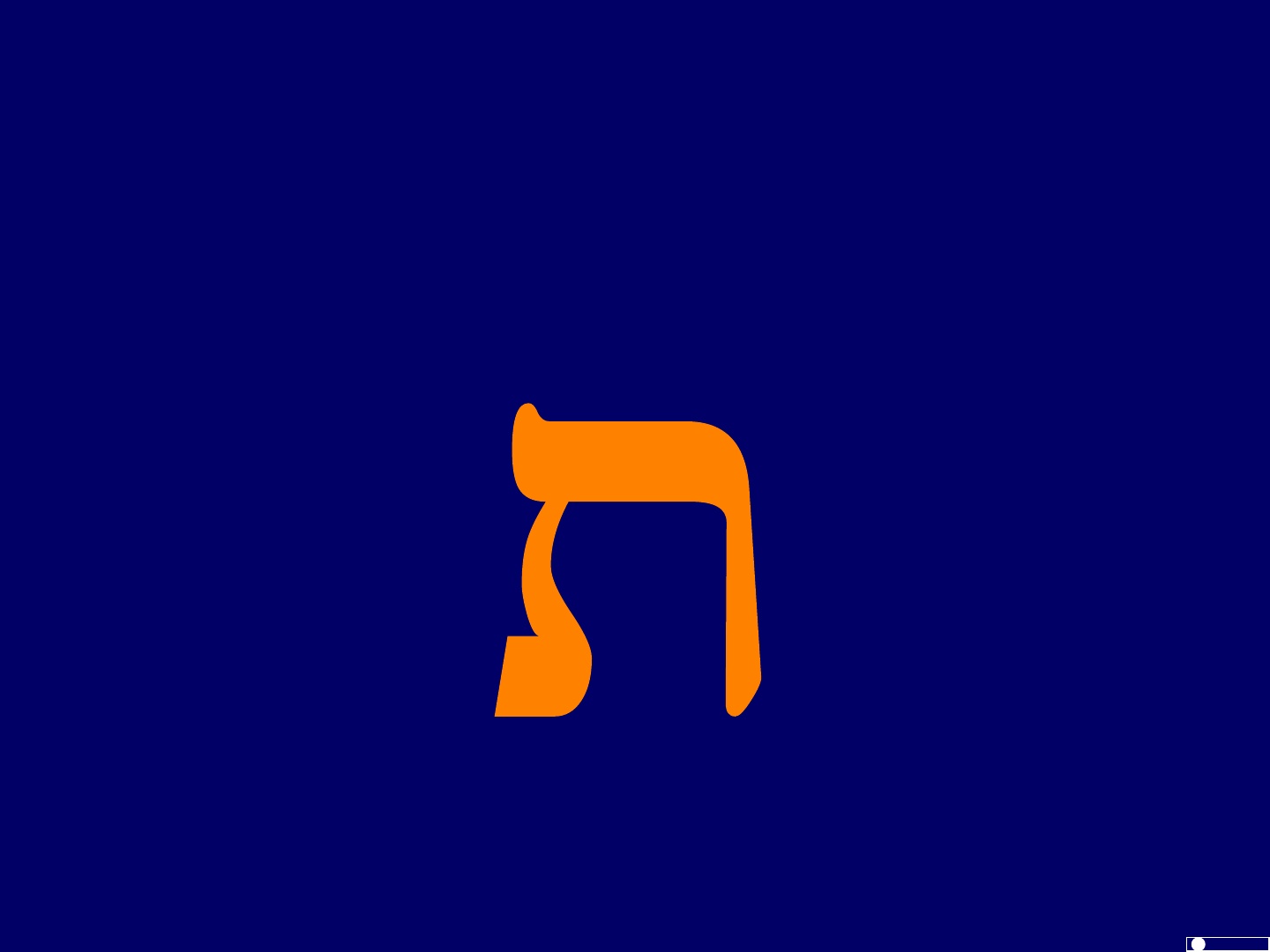
HebrewSyntax.org ©JCBeckman 3/29/2012 Copy freely
BY-NC-SA
CC
1-26
Tav

HebrewSyntax.org ©JCBeckman 3/29/2012 Copy freely
BY-NC-SA
CC
1-27
Order of Sin and Shin
Acrostic poems (e.g., Psalm 119) show alphabet in order.
– Acrostics treat Sin and Shin as the same letter,
so they don’t tell us the order.
Modern Hebrew tends to put Shin before Sin
Our textbook and lexicon have Sin then Shin
– So memorize this order.
You’ll never lose points for either order.
Mnemonic: Keep the dots together when writing the
alphabet ...

Song copyright © Professor John Walton of Wheaton College
Used by permission

HebrewSyntax.org ©JCBeckman 3/29/2012 Copy freely
BY-NC-SA
CC
Memorize the Alef-Bet Before Continuing
Before going on to the next section,
learn the name of each letter and their order.
Use the Alef-Bet song to practice the names in order.
– YouTube has 3 versions of the music video:
Letters and their names
Letters alone
All the letters showing at the same time
– The website also has the song in downloadable
formats: mp3, mp4, and wmv.
The website links to a place to practice the letters names.
1-29

HebrewSyntax.org ©JCBeckman 3/29/2012 Copy freely
BY-NC-SA
CC
1-30
Chapter 1 – The Hebrew Alphabet (Alef-Bet)
Names of the Letters
Difficulties Recognizing Letters
– Final Forms
– Different Scripts
– Similar Letters
Writing and Transliterating the Letters
Begad Kephat Letters
Pronouncing the Letters
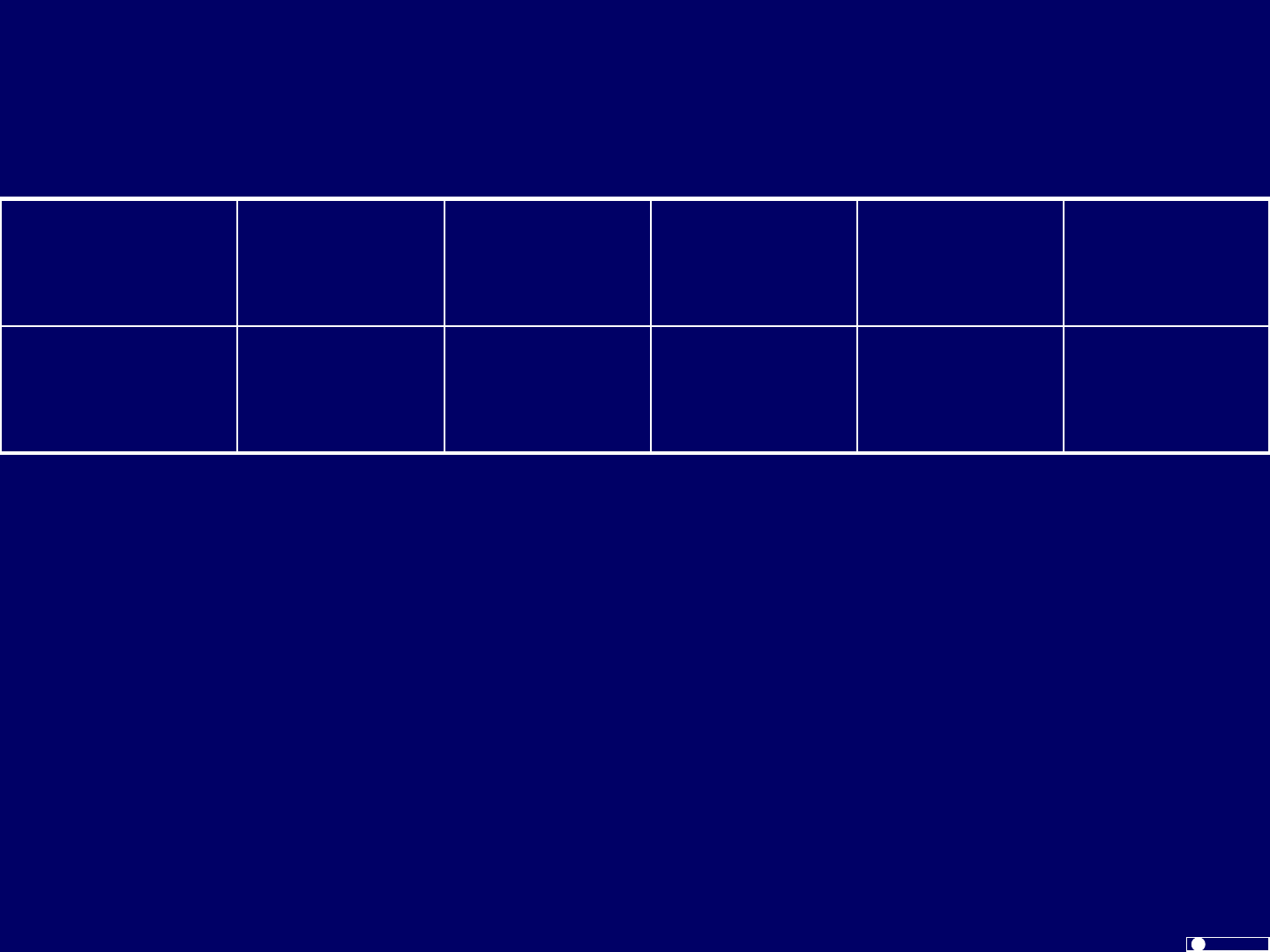
HebrewSyntax.org ©JCBeckman 3/29/2012 Copy freely
BY-NC-SA
CC
1-31
Final Forms
Regular
צ פ נ מ כ
Final
ץ ף ן ם ך
5 letters use different letter shape at end of word
Mnemonic: “CoMMoN FaTS”
This shape is called the “final form” or “sofit form”
– Sofit (‘sew-feet’) means ‘last’
Final forms have the same pronunciation and
transliteration as the non-final forms.

HebrewSyntax.org ©JCBeckman 3/29/2012 Copy freely
BY-NC-SA
CC
1-32
Multiple Hebrew Scripts
There are multiple letter styles for writing Hebrew
– Books are printed in a fancy style with serifs
– But letters can be written without most of the serifs
ת ר ק צ פ ע ס נ מ ל כ י ט ח ז ו ה ד ג ב א
– Modern Hebrew is written in a cursive script
ת ר ק צ פ ע ס נ מ ל כ י ט ח ז ו ה ד ג ב א
Use the simplified shapes without serifs, and be legible.
Always write Right-to-Left
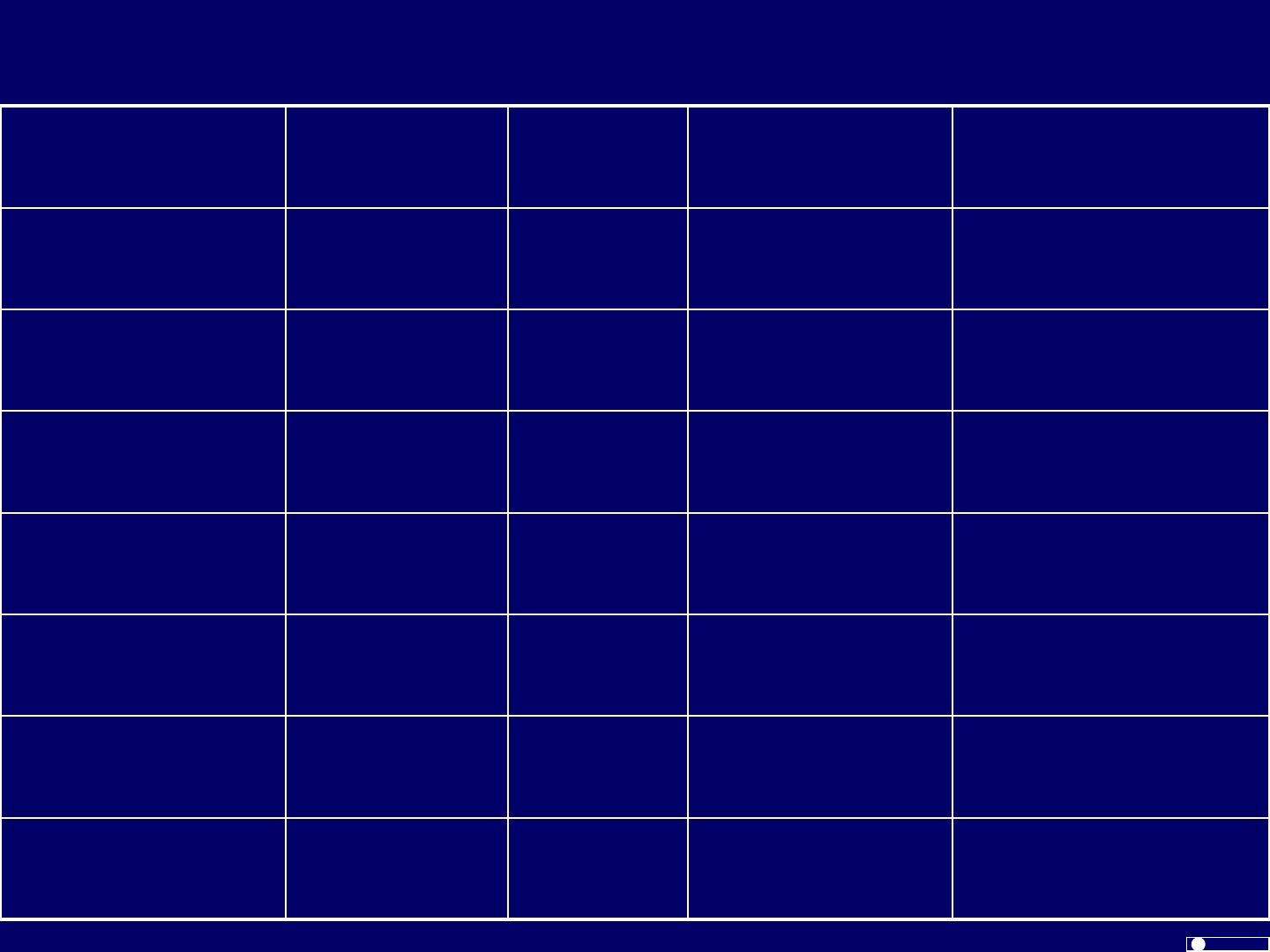
HebrewSyntax.org ©JCBeckman 3/29/2012 Copy freely
BY-NC-SA
CC
1-33
Look-Alike Letters
(Bet) (Kaf)
(Gimel) (Nun)
(He) (Ḥet) (Tav)
(Sin) (Shin)
(final Mem) (Samek)
(Dalet) (Resh)
(Tsade) (Ayin)
(Waw) (Zayin) (Yod) (Final Nun) (Final Kaf)
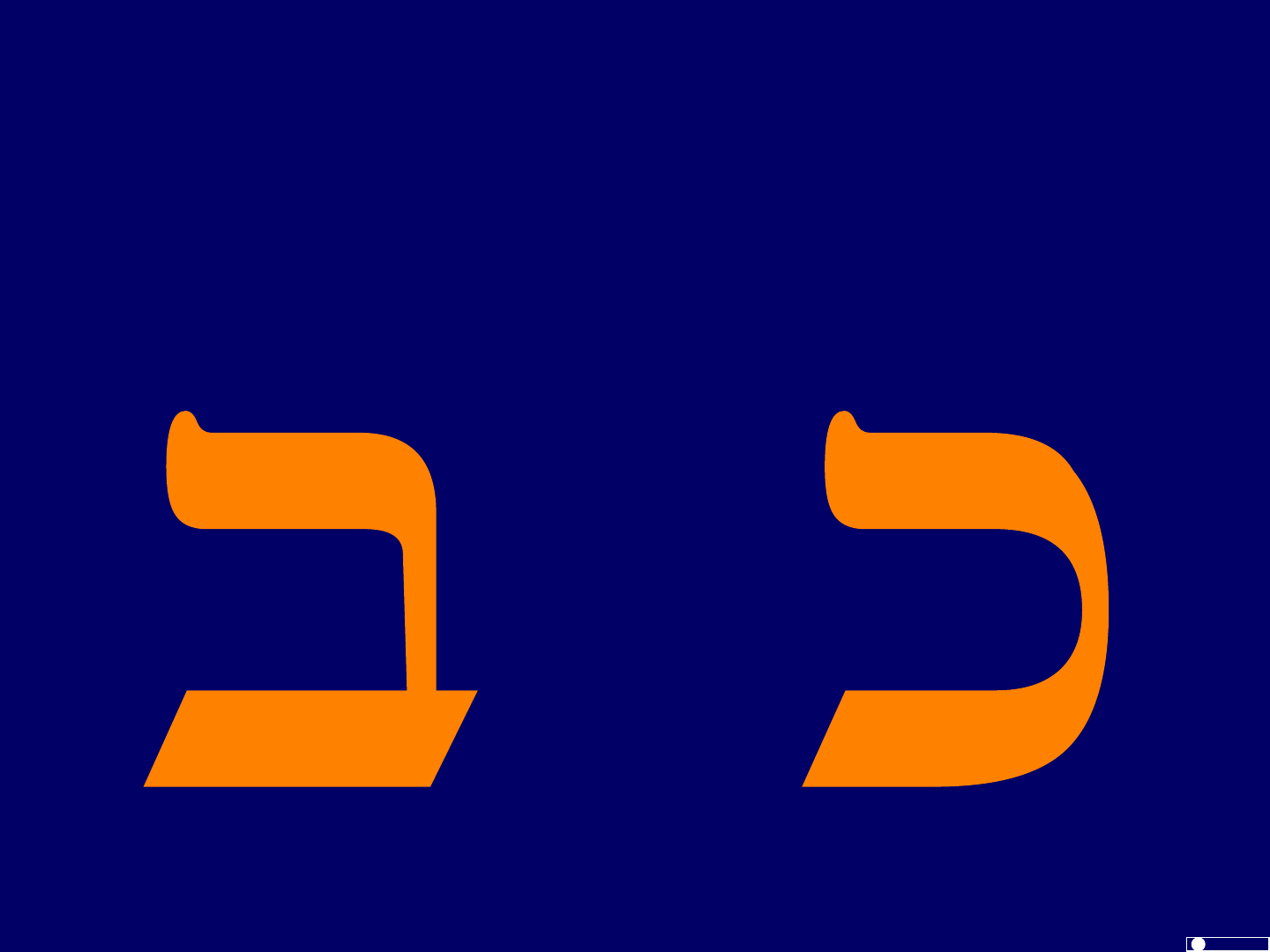
HebrewSyntax.org ©JCBeckman 3/29/2012 Copy freely
BY-NC-SA
CC
1-34
Bet
Tail in Lower-Right
Kaf
Rounded Lower-Right
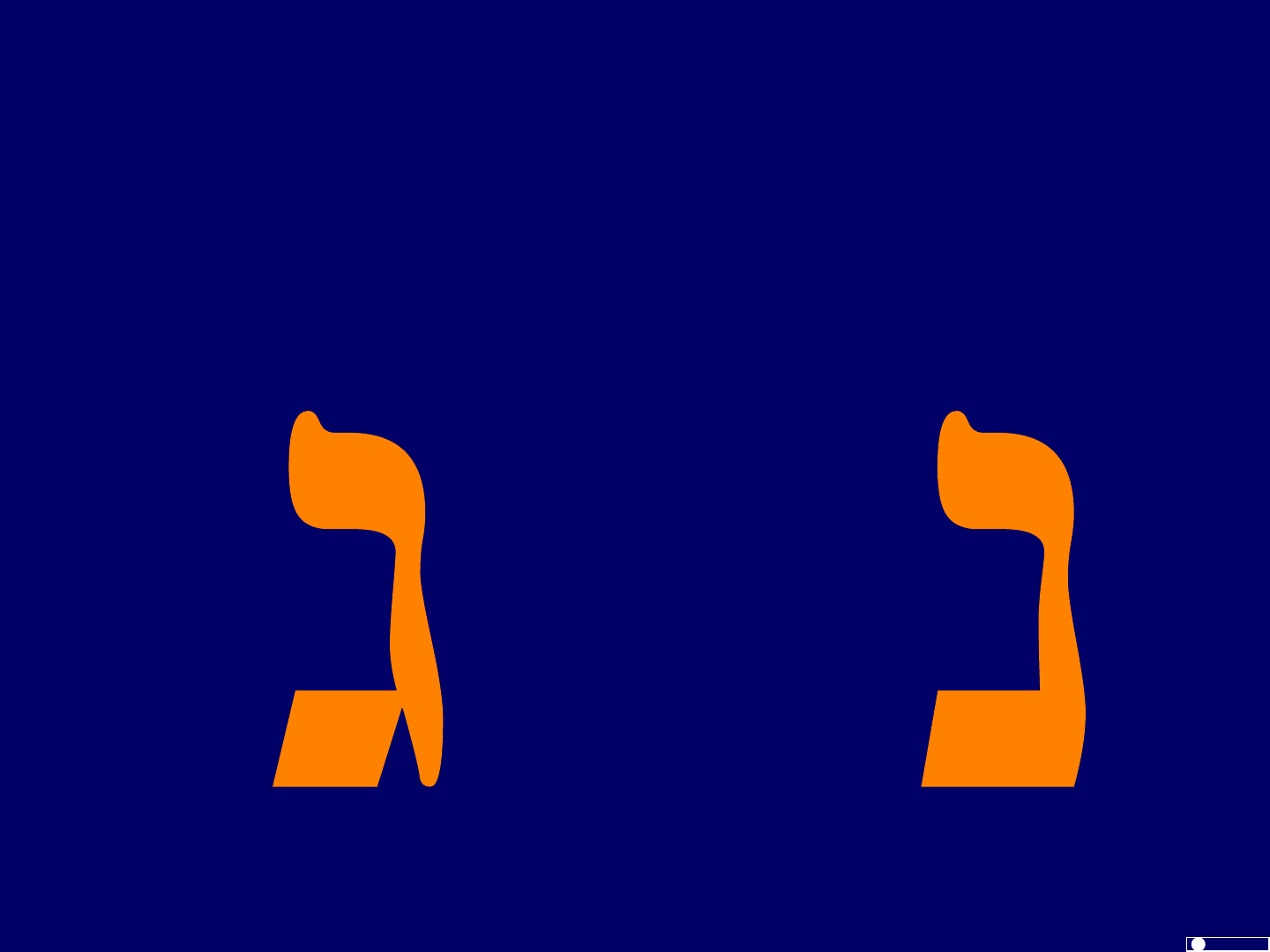
HebrewSyntax.org ©JCBeckman 3/29/2012 Copy freely
BY-NC-SA
CC
1-35
Gimel
Bottom like heel of a boot
Nun
Flat bottom
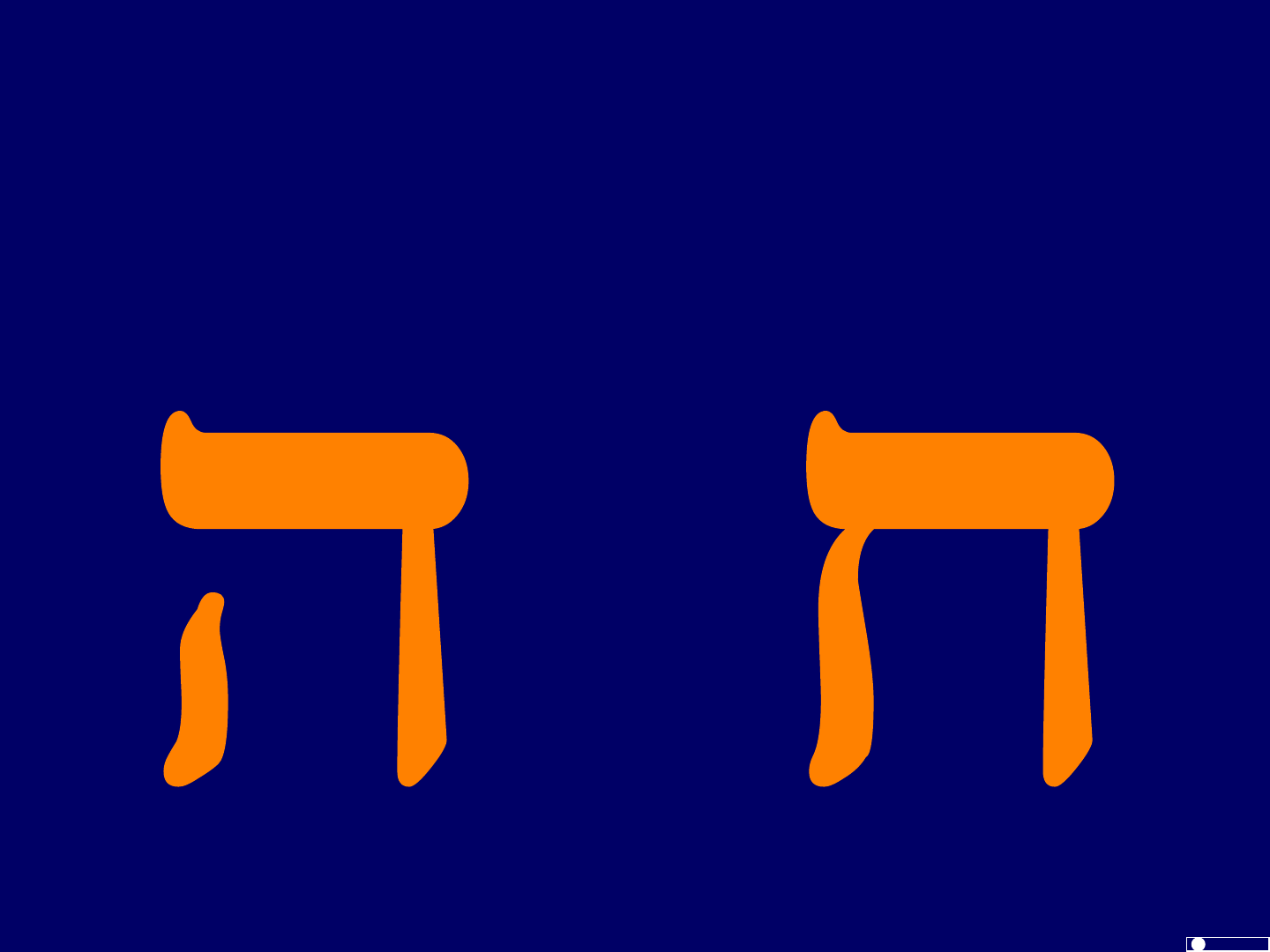
HebrewSyntax.org ©JCBeckman 3/29/2012 Copy freely
BY-NC-SA
CC
1-36
Hay
Gap in Top Left
Ḥet
No gap in Top Left
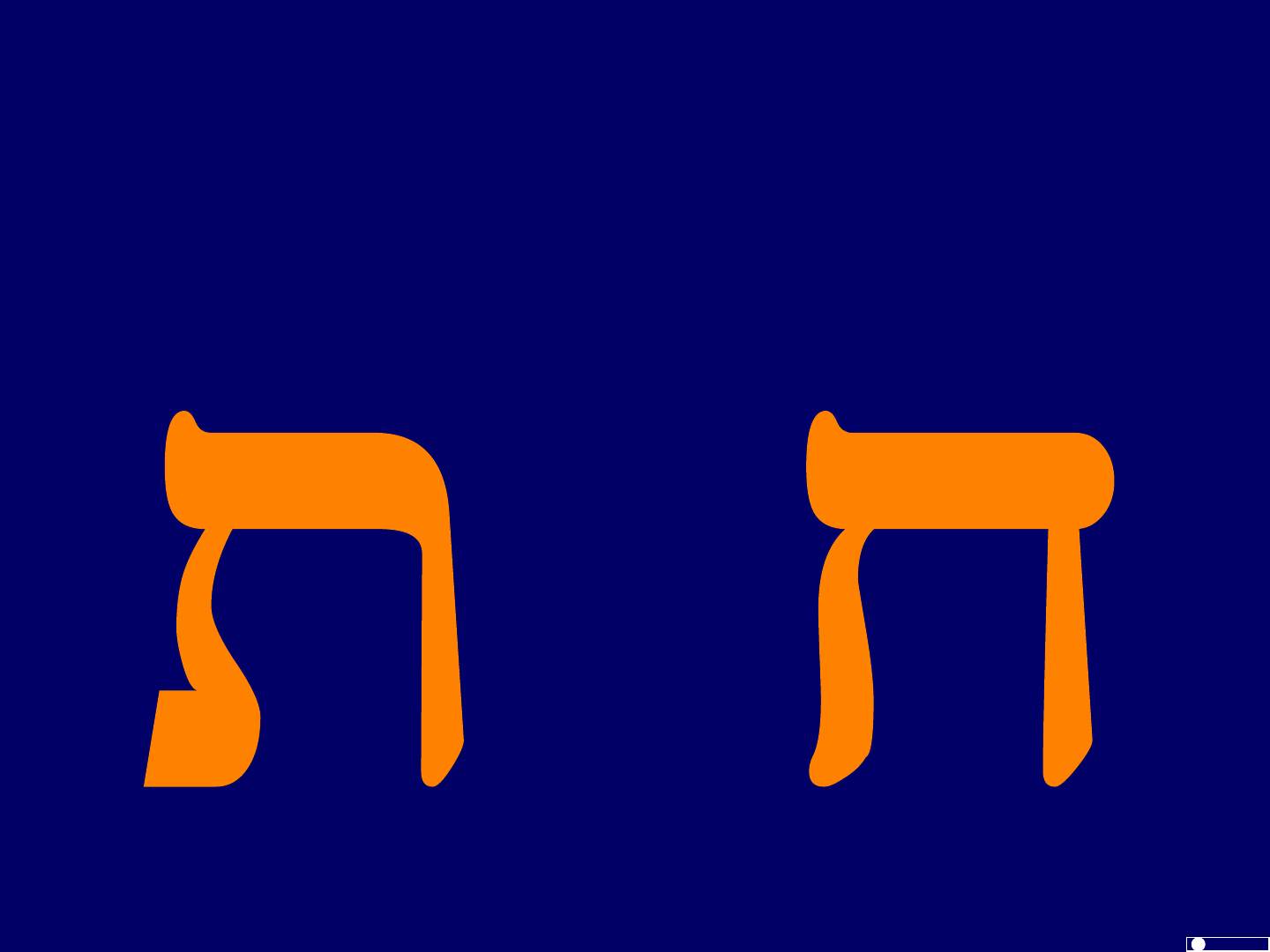
HebrewSyntax.org ©JCBeckman 3/29/2012 Copy freely
BY-NC-SA
CC
1-37
Tav
Foot on Lower Left
Ḥet
No foot on Lower Left
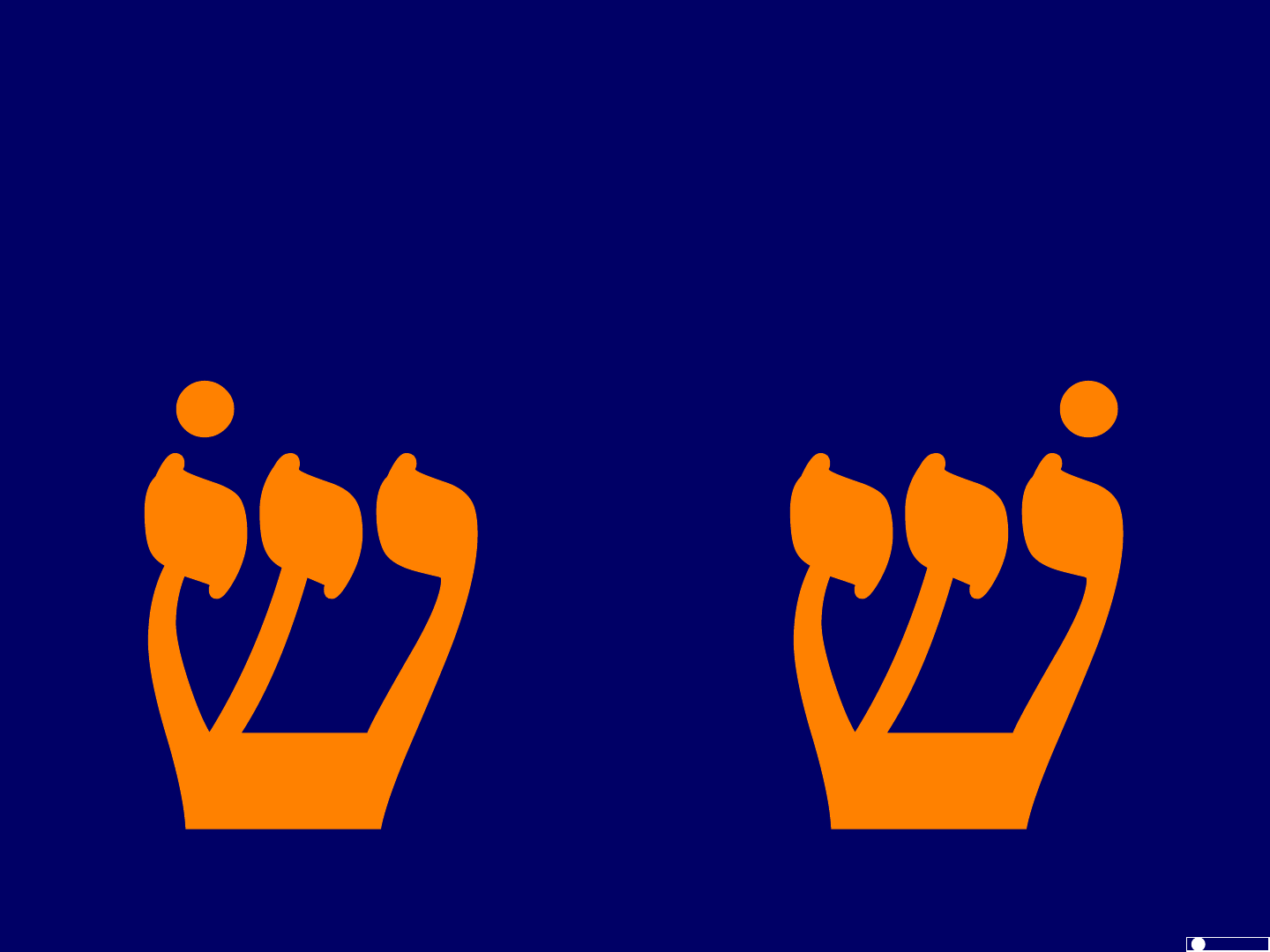
HebrewSyntax.org ©JCBeckman 3/29/2012 Copy freely
BY-NC-SA
CC
1-38
Sin
Dot on Upper Left
Shin
Dot on Upper Right
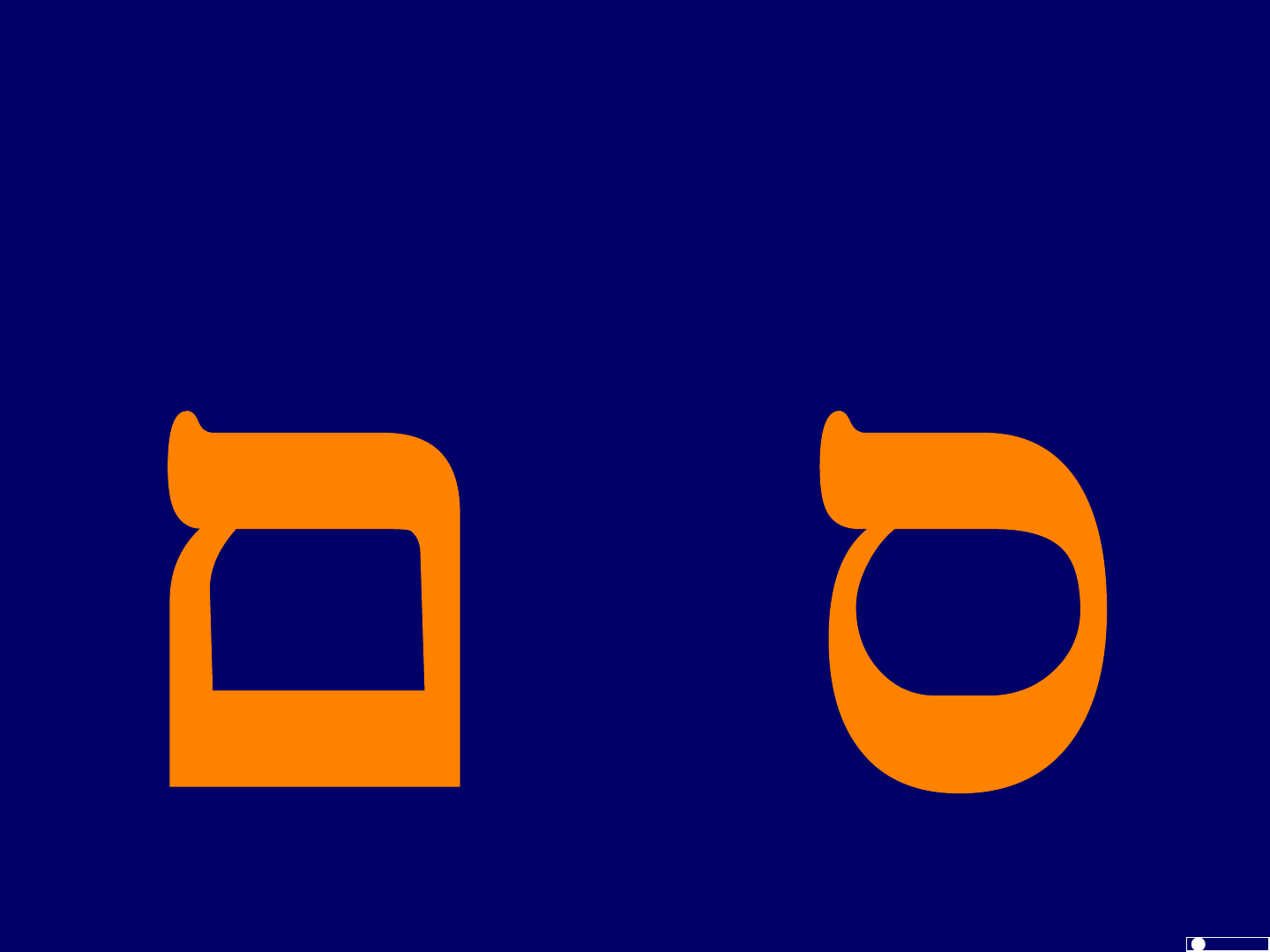
HebrewSyntax.org ©JCBeckman 3/29/2012 Copy freely
BY-NC-SA
CC
1-39
Final Mem
Square Bottom
Samech
Round Bottom
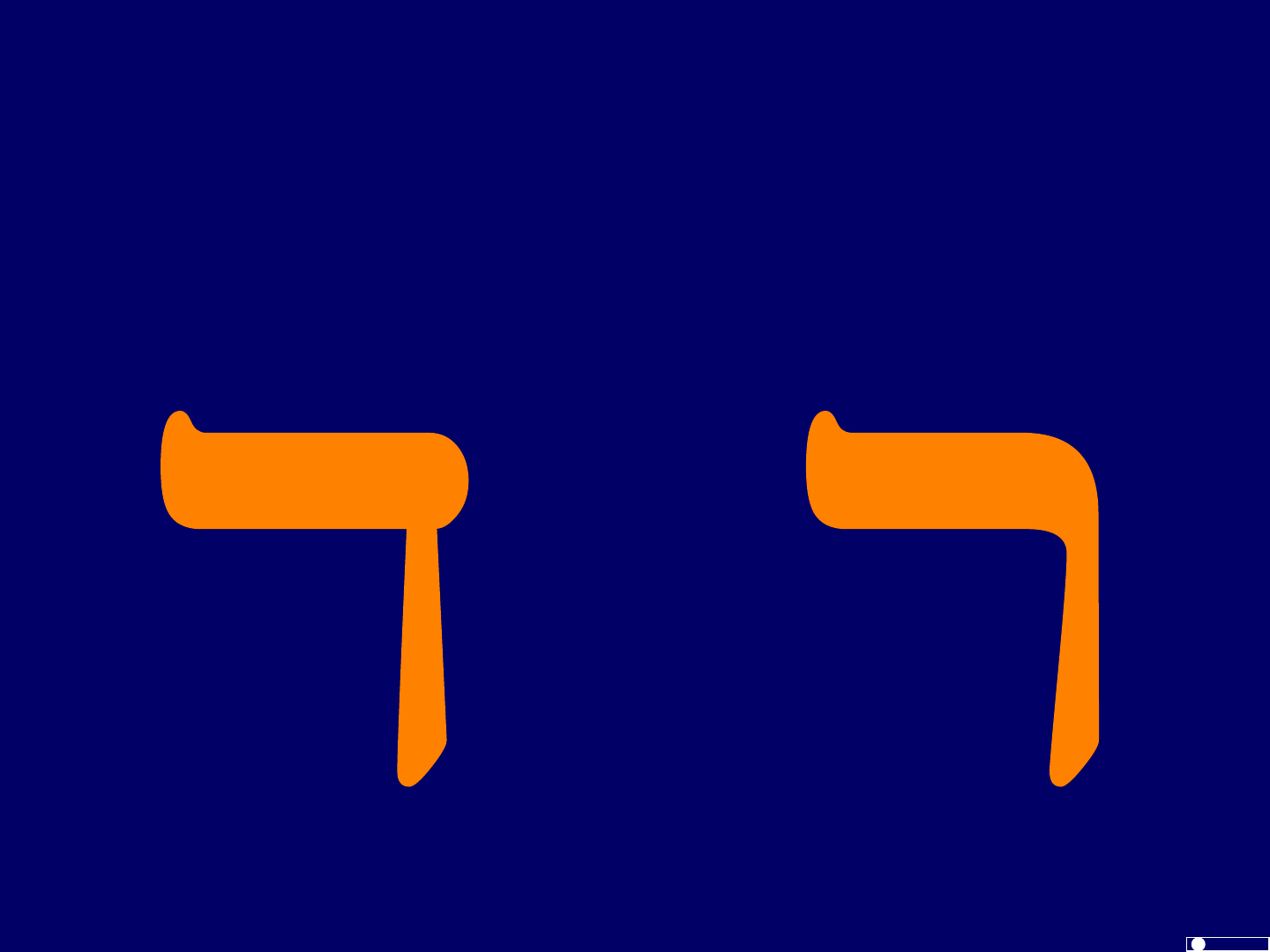
HebrewSyntax.org ©JCBeckman 3/29/2012 Copy freely
BY-NC-SA
CC
1-40
Dalet
Bump on Upper Right
Resh
Round Upper Right
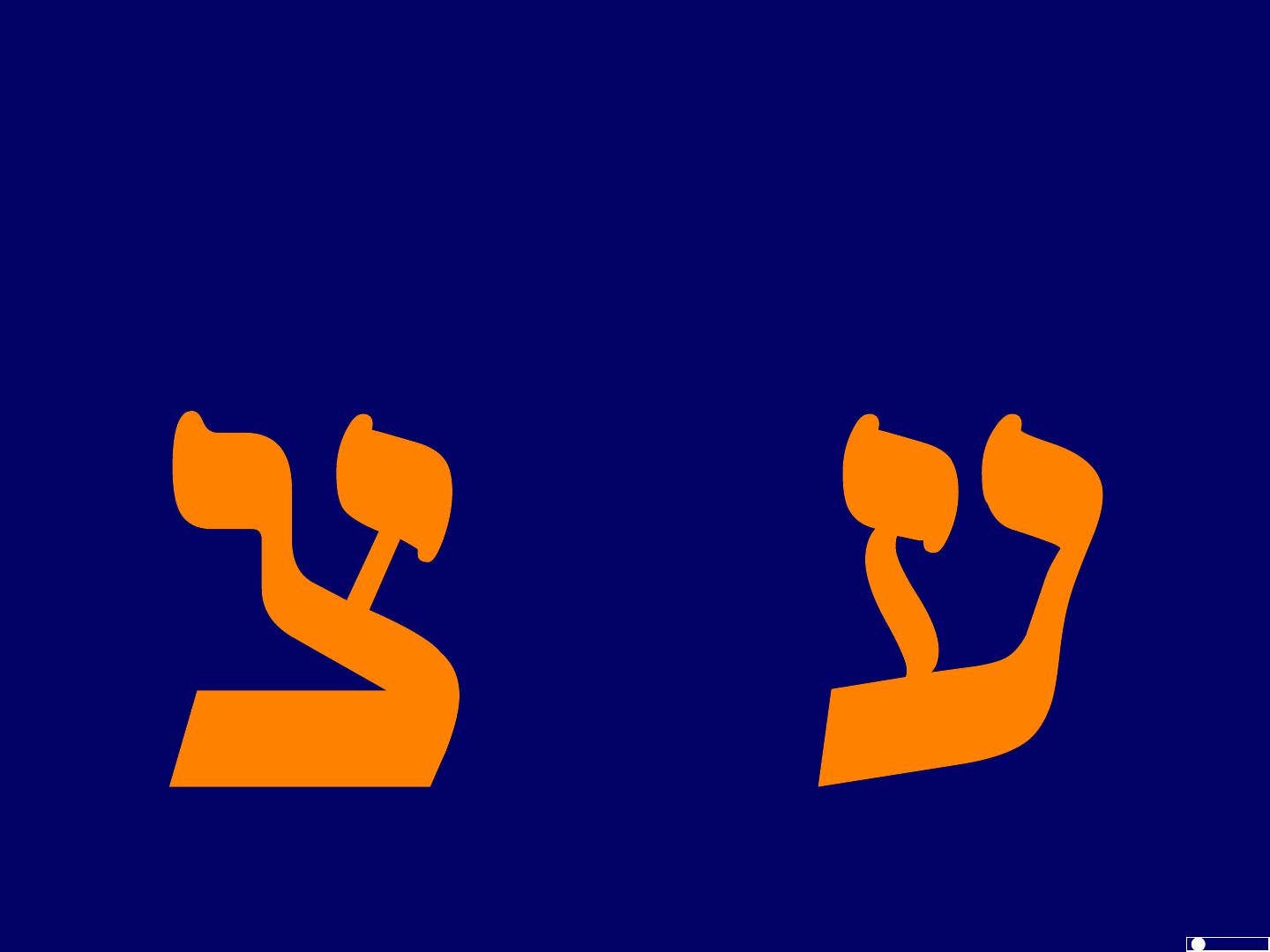
HebrewSyntax.org ©JCBeckman 3/29/2012 Copy freely
BY-NC-SA
CC
1-41
Tsade
Bump on Lower Right
Ayin
Round Lower Right
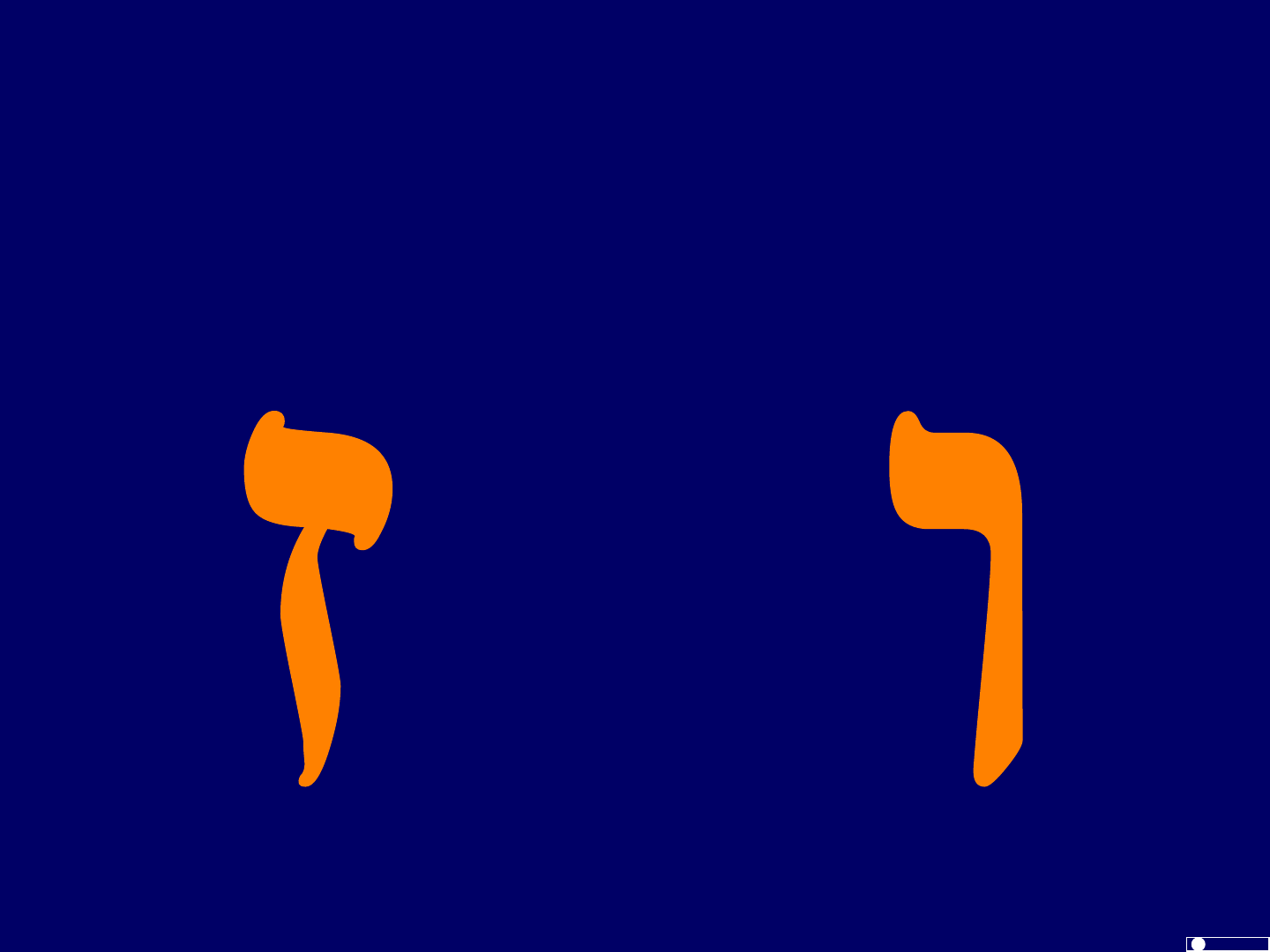
HebrewSyntax.org ©JCBeckman 3/29/2012 Copy freely
BY-NC-SA
CC
1-42
Zayin
Tail on Upper Right
Vav
Round Upper Right
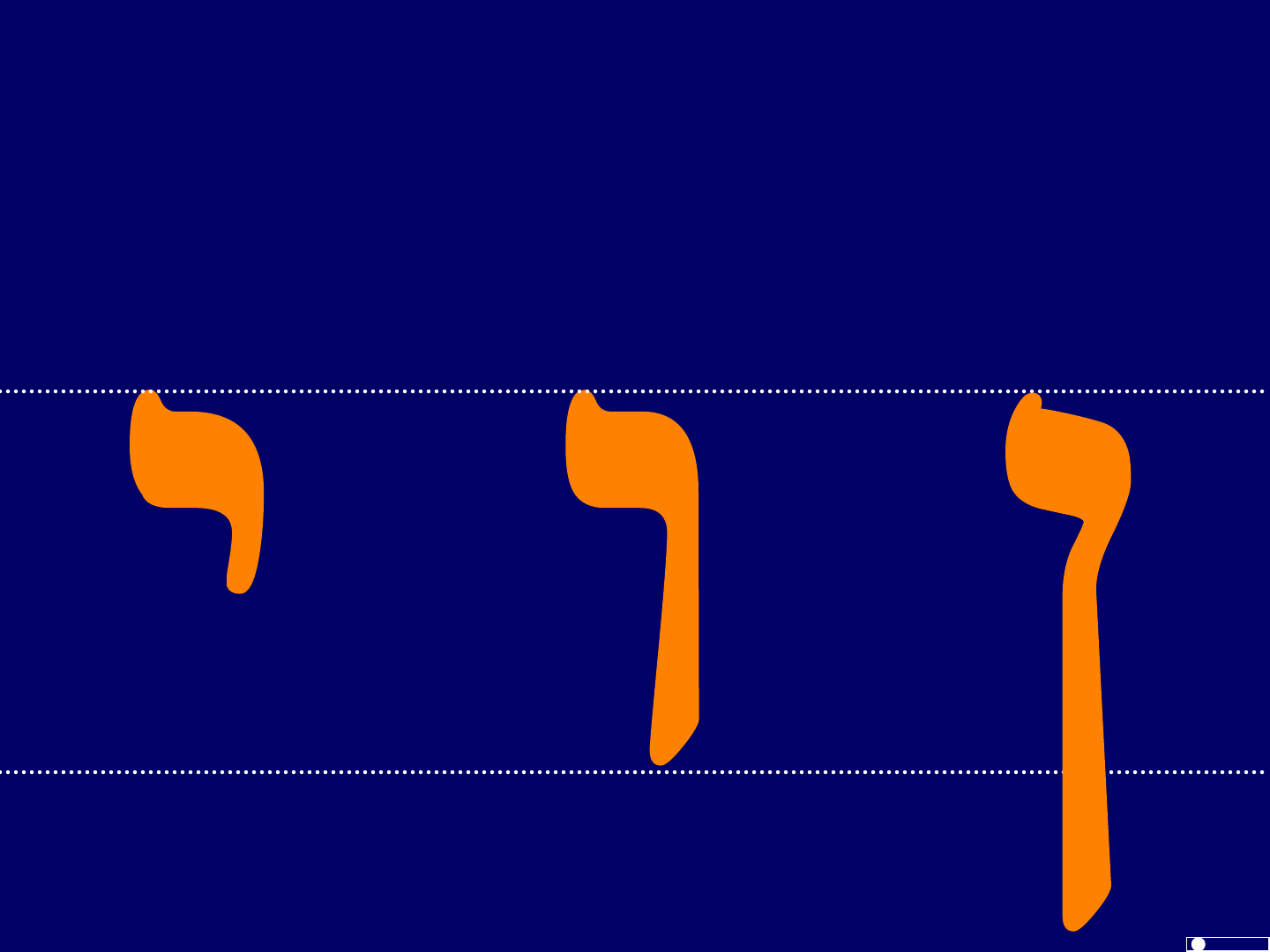
HebrewSyntax.org ©JCBeckman 3/29/2012 Copy freely
BY-NC-SA
CC
1-43
Yod
Halfway Down
Vav
Full Height
Final Nun
Below the Line
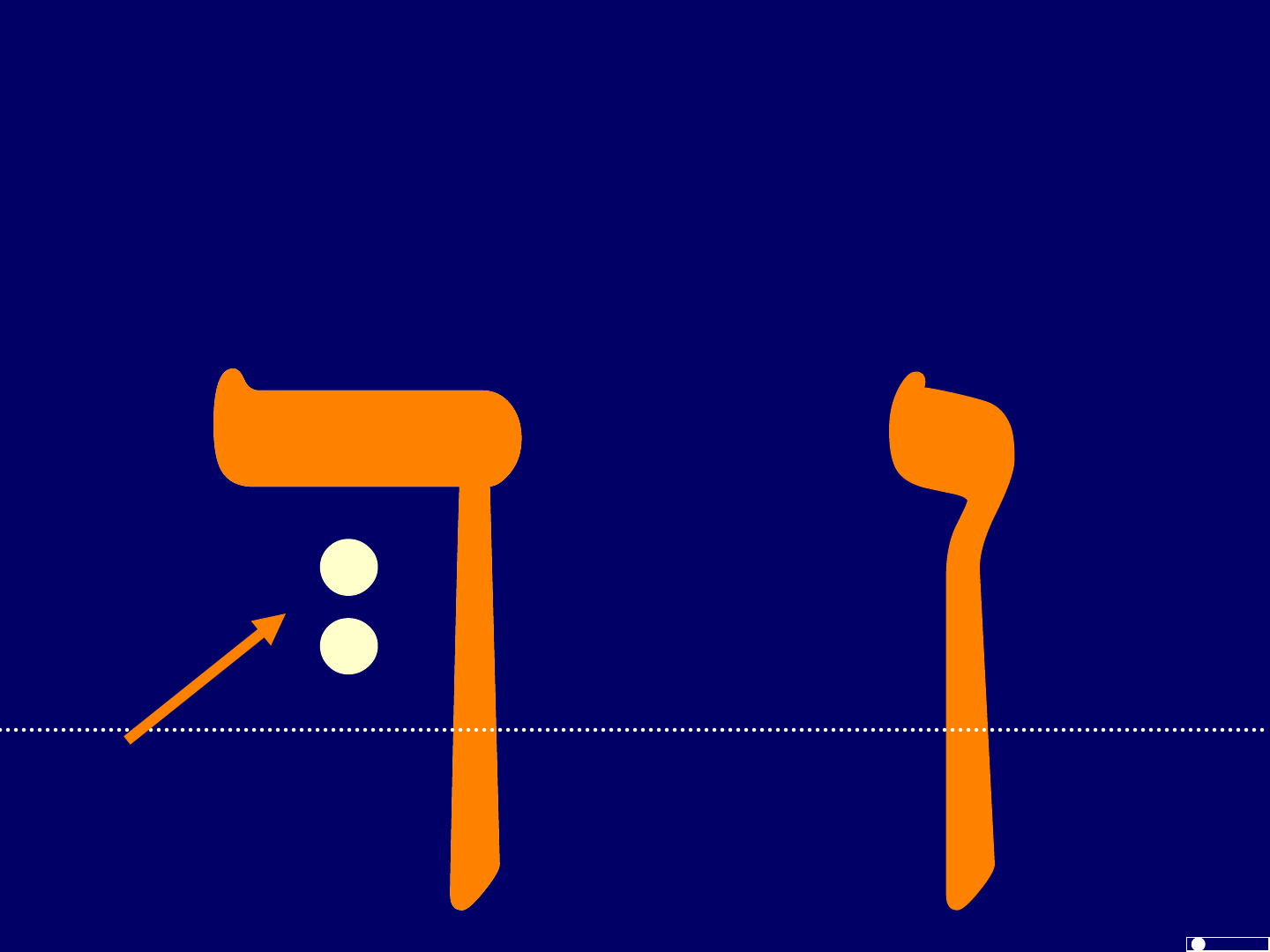
HebrewSyntax.org ©JCBeckman 3/29/2012 Copy freely
BY-NC-SA
CC
1-44
Final Kaf
Top Line is Big
Final Nun
Little or No Top Line
Usually a
Silent Shewa
in Final Kaf

HebrewSyntax.org ©JCBeckman 3/29/2012 Copy freely
BY-NC-SA
CC
Memorize the Letters Before Continuing
Before going on to the next section,
learn to recognize the letters in different scripts,
including their final forms.
Make flash cards with the letters on one side and the
names on the other side.
– Include final forms.
– The website has a sheet of letters to print and cut out.
Some letters appear with and without a dot, for
use after you have learned about begad kephat.
– Write the name and recognition notes on the other
side of each card.
1-45

HebrewSyntax.org ©JCBeckman 3/29/2012 Copy freely
BY-NC-SA
CC
1-46
Chapter 1 – The Hebrew Alphabet (Alef-Bet)
Names of the Letters
Difficulties Recognizing Letters
– Final Forms
– Different Fonts
– Similar Letters
Writing and Transliterating the Letters
Begad Kephat Letters
Pronouncing the Letters

HebrewSyntax.org ©JCBeckman 3/29/2012 Copy freely
BY-NC-SA
CC
1-47
How to Write the Letters
The following slides suggest how to write the letters.
– You can write the letters differently,
as long as it is clear which letter is intended.
Most letters can take a dot inside them.
– These slides show the location of the dot.
– The dot is not part of the basic letter shape.
– Don’t add the dot when writing the alphabet.
– Draw the dot after drawing the letter itself.
Practice writing the letters as you watch the video.
– A practice sheet is available on the website.
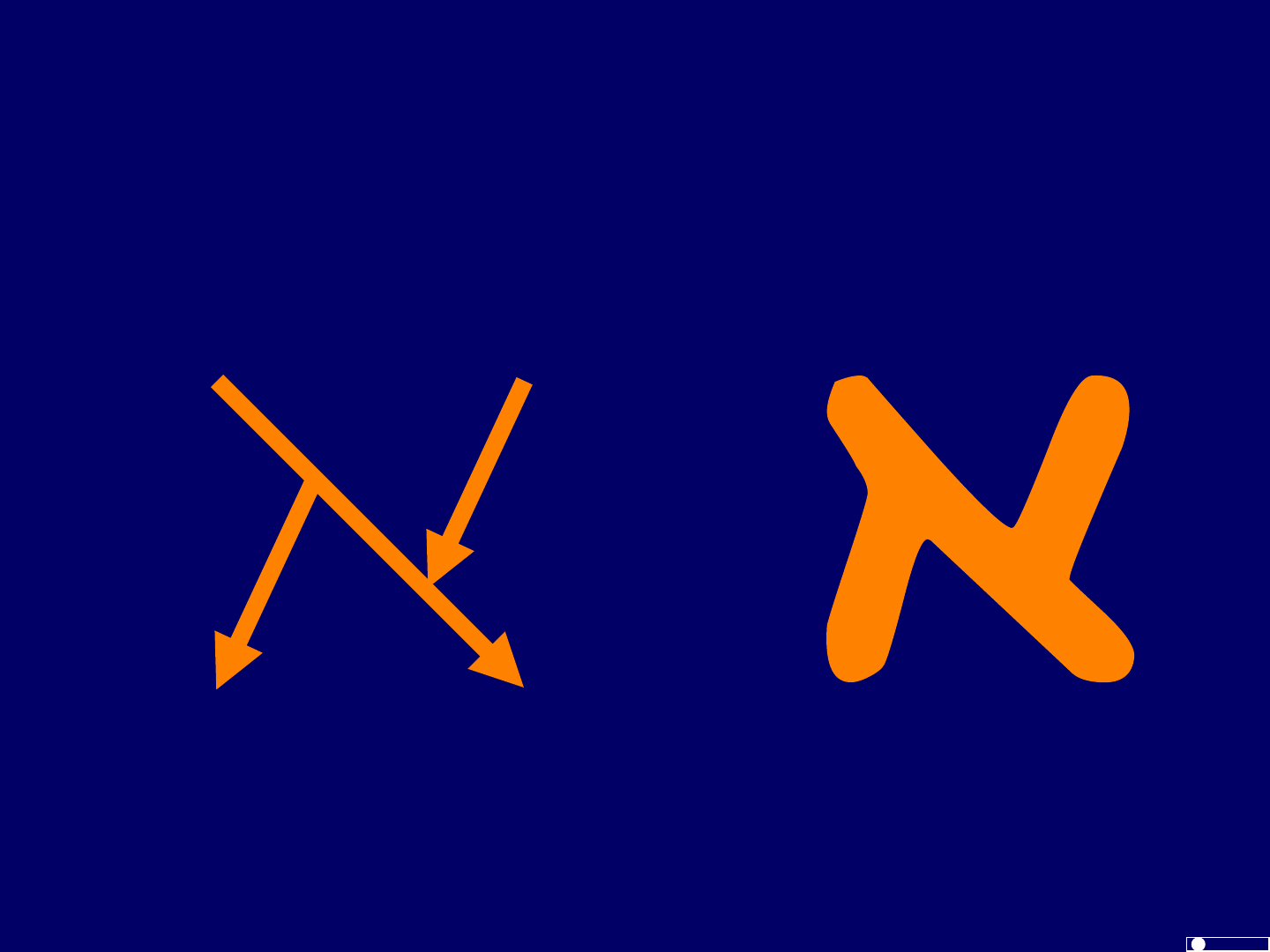
HebrewSyntax.org ©JCBeckman 3/29/2012 Copy freely
BY-NC-SA
CC
1-48
Alef
1
2
3

HebrewSyntax.org ©JCBeckman 3/29/2012 Copy freely
BY-NC-SA
CC
1-49
Bet
1
2
Tail on bottom right
distinguishes
Bet from Kaf
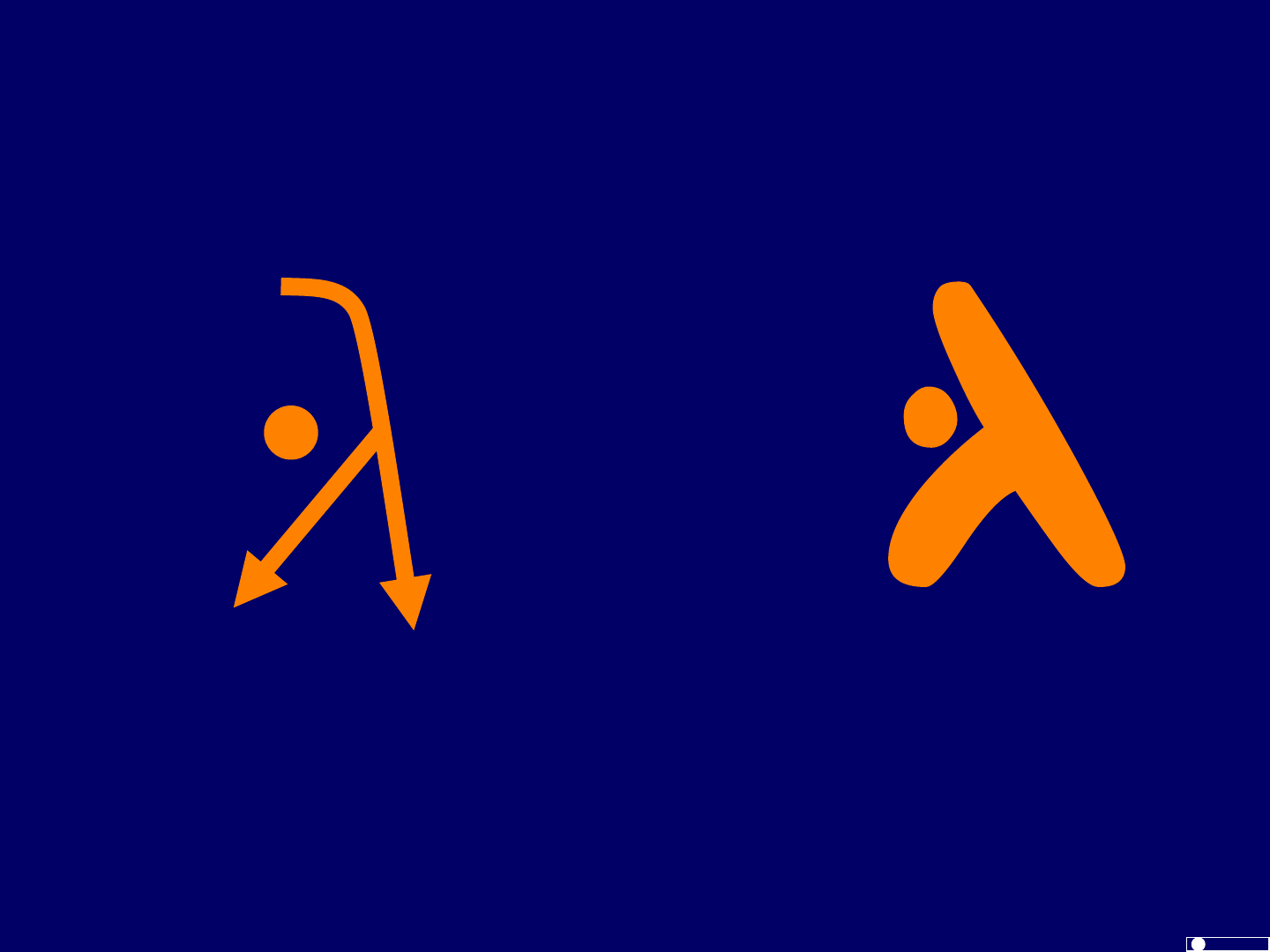
HebrewSyntax.org ©JCBeckman 3/29/2012 Copy freely
BY-NC-SA
CC
1-50
Gimel
1
2
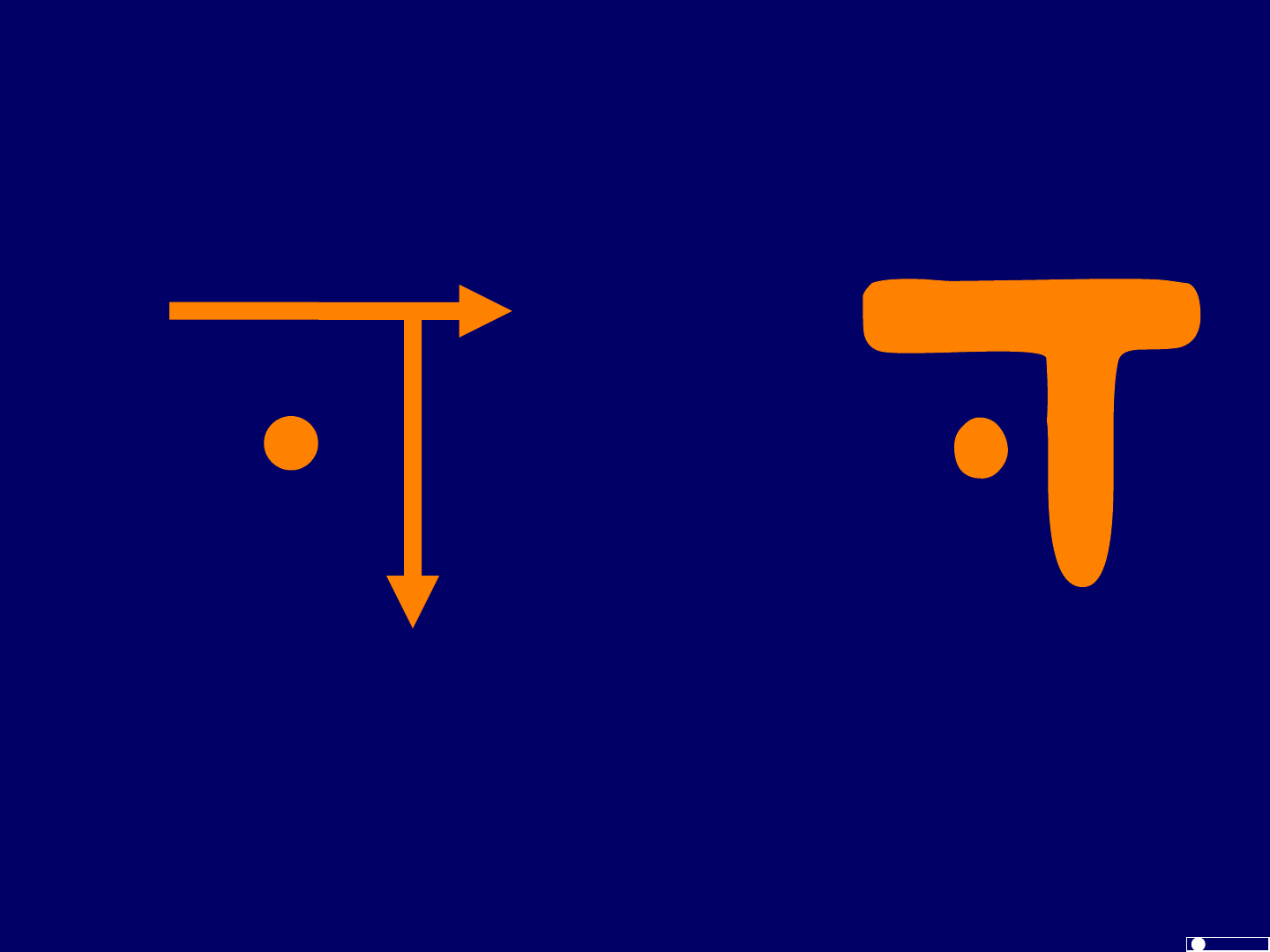
HebrewSyntax.org ©JCBeckman 3/29/2012 Copy freely
BY-NC-SA
CC
1-51
Dalet
1
2
Tail on top right
distinguishes
Dalet from Resh
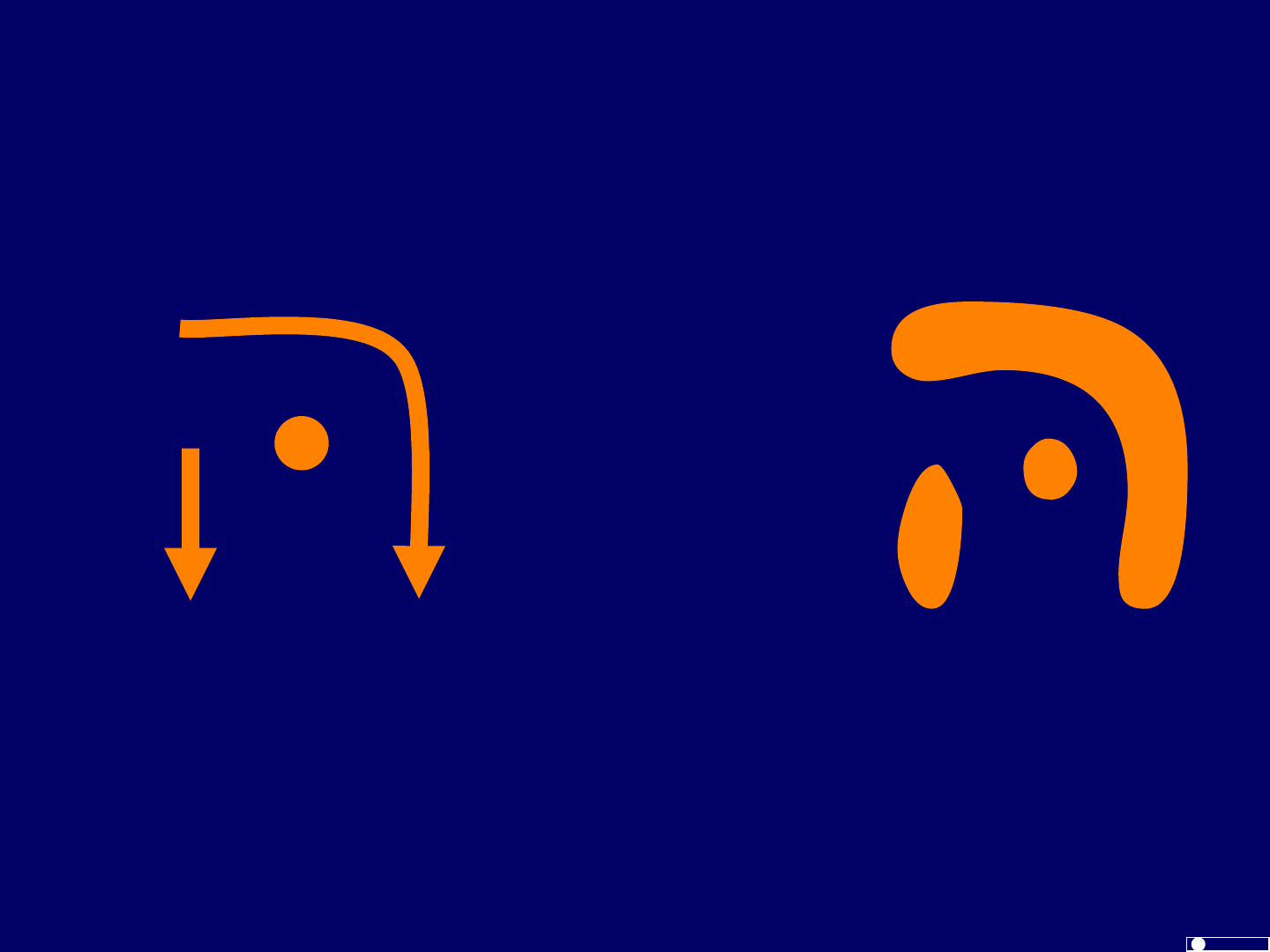
HebrewSyntax.org ©JCBeckman 3/29/2012 Copy freely
BY-NC-SA
CC
1-52
Hay
1
2
Gap in upper left
distinguishes
Hay from Ḥet
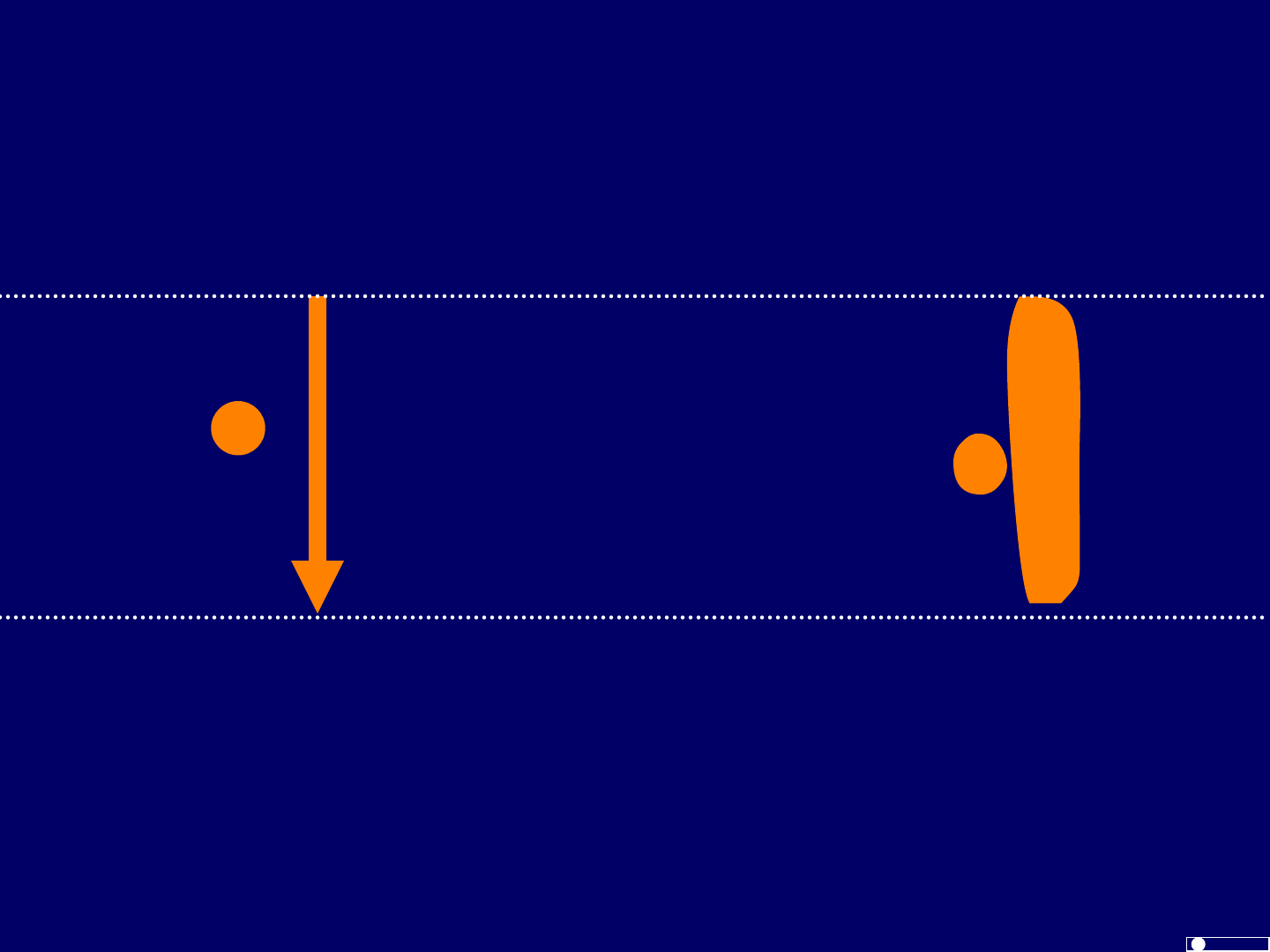
HebrewSyntax.org ©JCBeckman 3/29/2012 Copy freely
BY-NC-SA
CC
1-53
Waw / Vav
1
Unlike Yod and Final Nun ,
Vav comes just down to the line
Optional hook
in top left
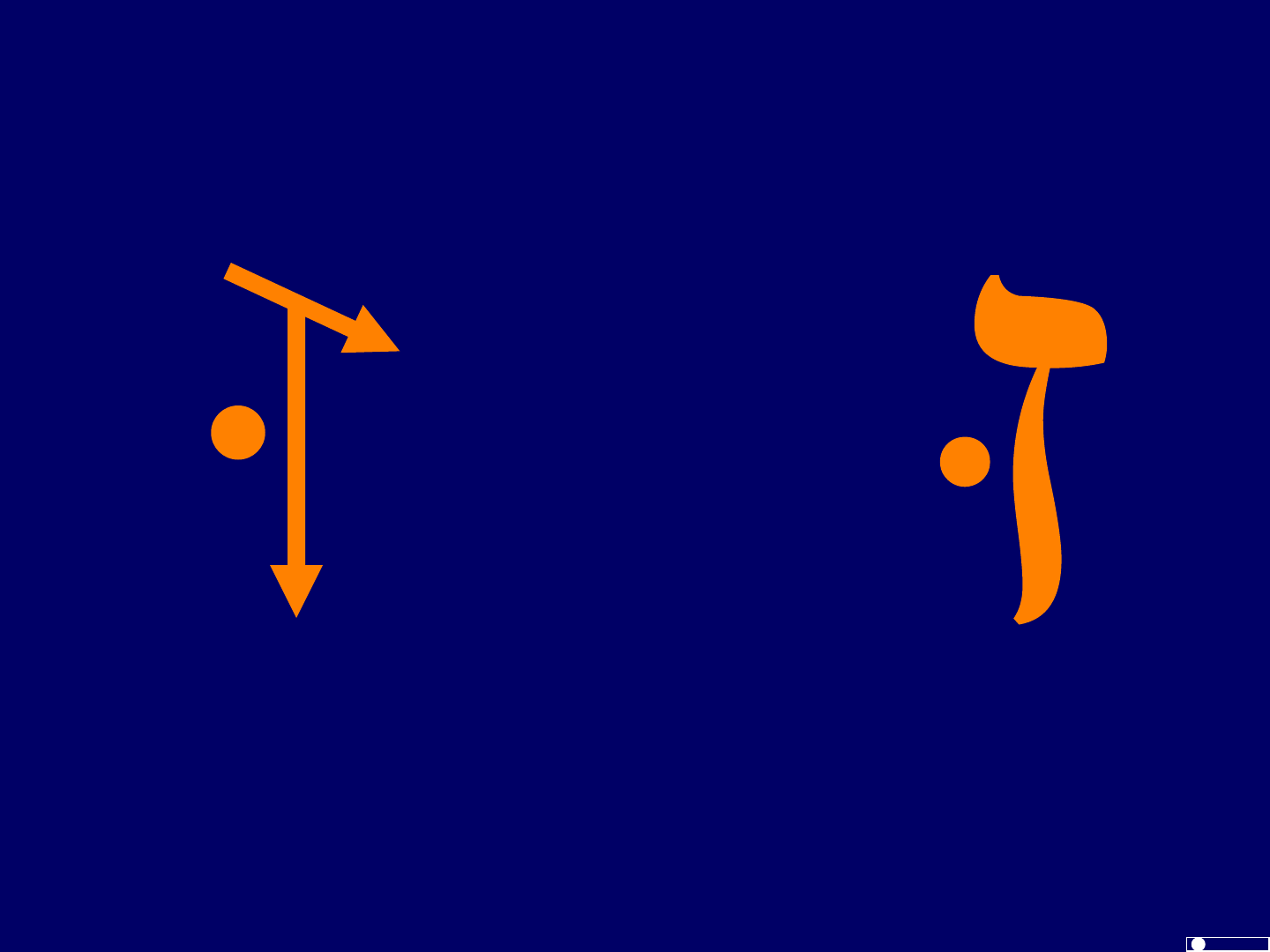
HebrewSyntax.org ©JCBeckman 3/29/2012 Copy freely
BY-NC-SA
CC
1-54
Zayin
1
2
Tail on top right
distinguishes Zayin
from Waw
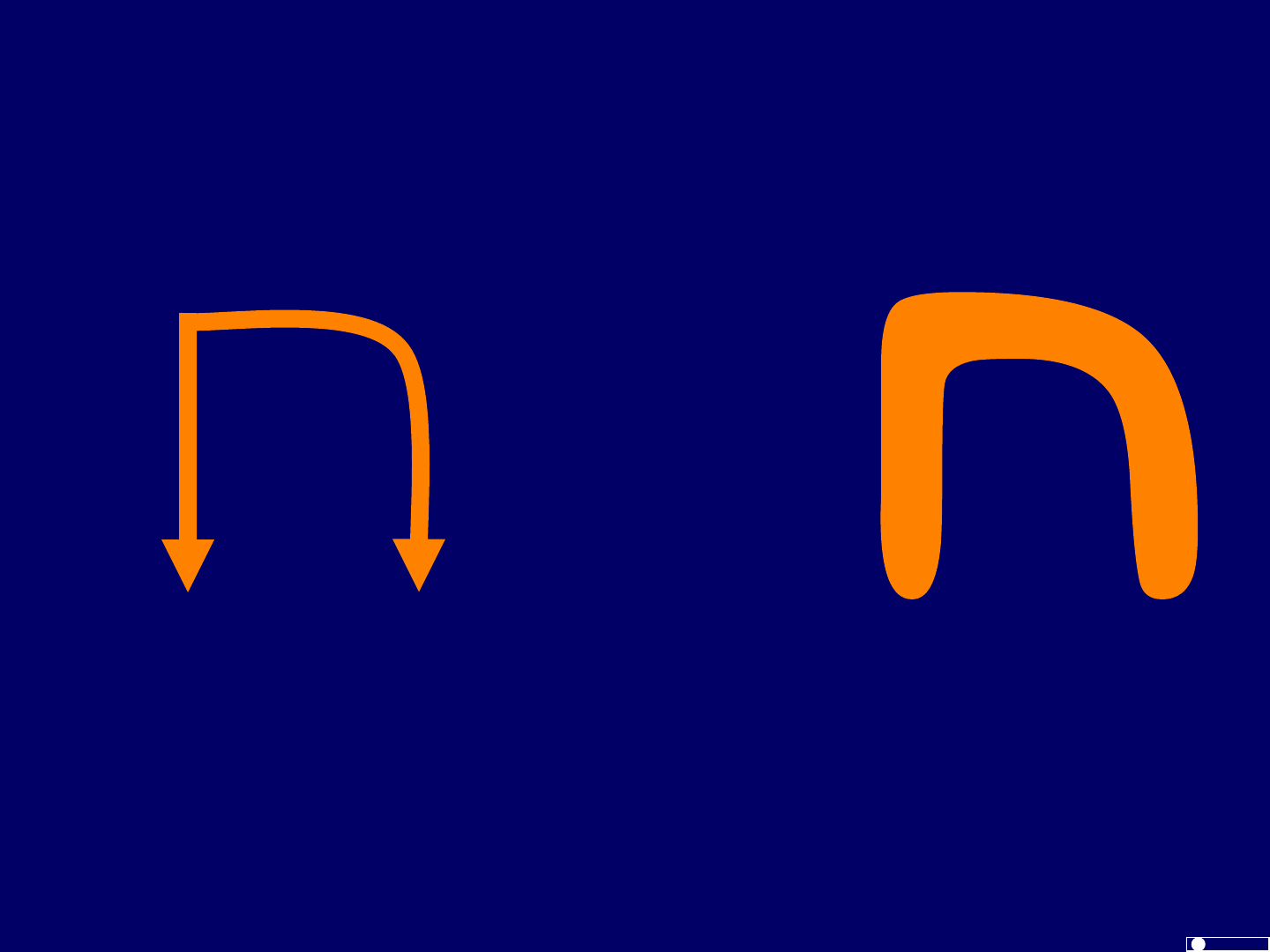
HebrewSyntax.org ©JCBeckman 3/29/2012 Copy freely
BY-NC-SA
CC
1-55
Ḥet
1
2
Lack of Gap in upper left
distinguishes
Ḥet from Hay
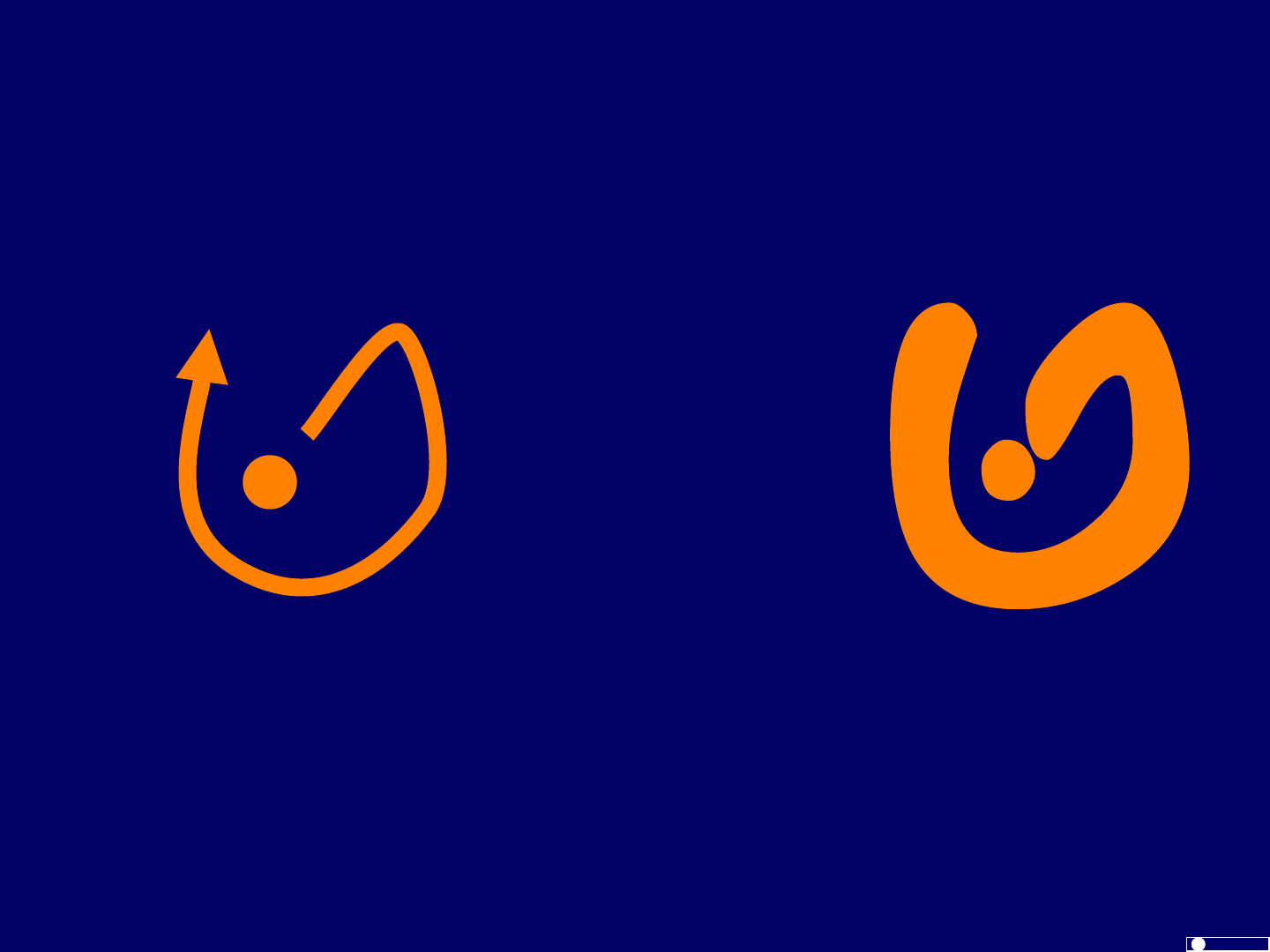
HebrewSyntax.org ©JCBeckman 3/29/2012 Copy freely
BY-NC-SA
CC
1-56
Tet
1
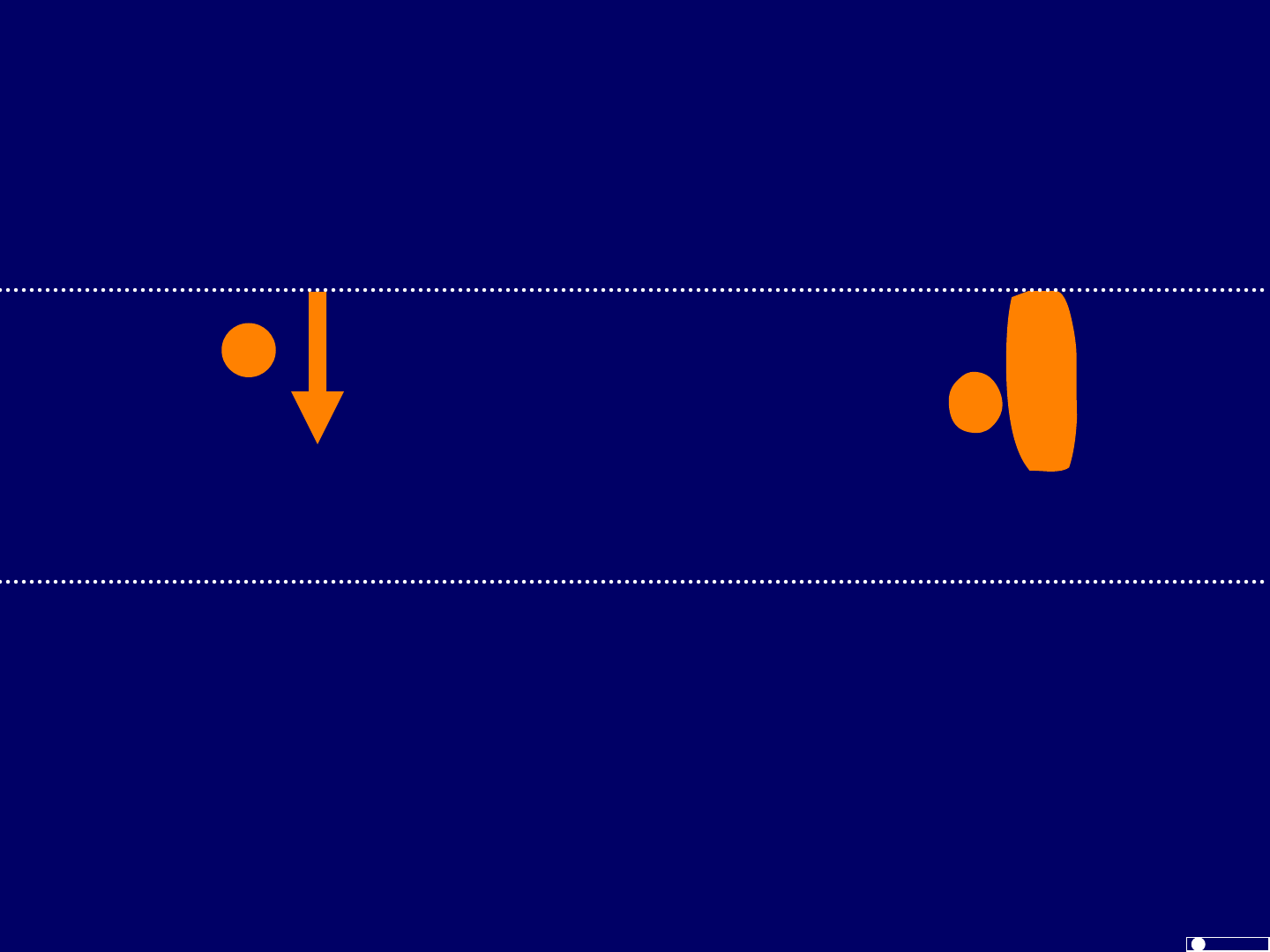
HebrewSyntax.org ©JCBeckman 3/29/2012 Copy freely
BY-NC-SA
CC
1-57
Yod
1
Unlike Vav and Final Nun ,
Yod doesn’t reach the bottom line.
Some people
curve Yod
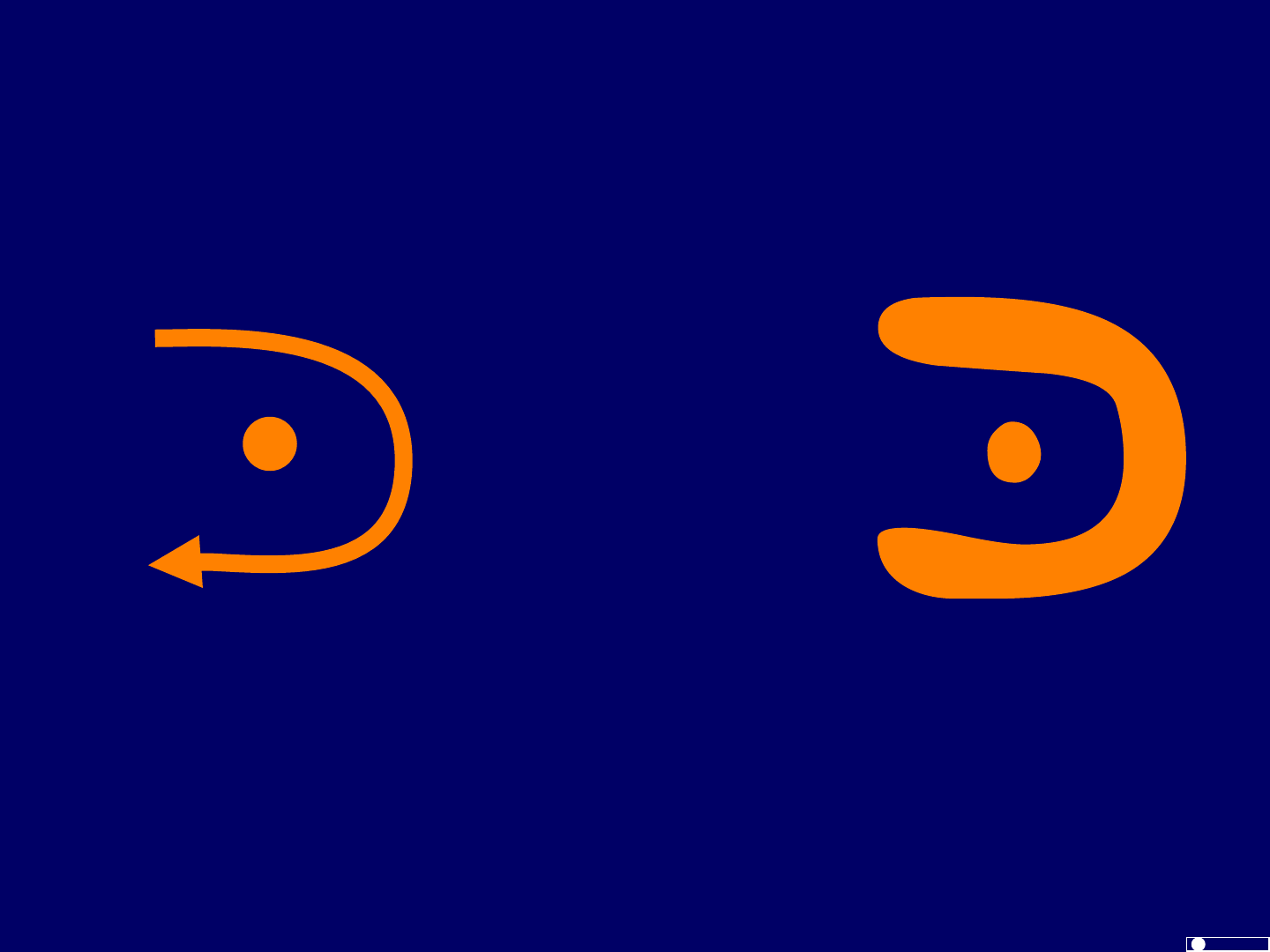
HebrewSyntax.org ©JCBeckman 3/29/2012 Copy freely
BY-NC-SA
CC
1-58
Kaf
1
Smooth bottom right
distinguishes
Kaf from Bet
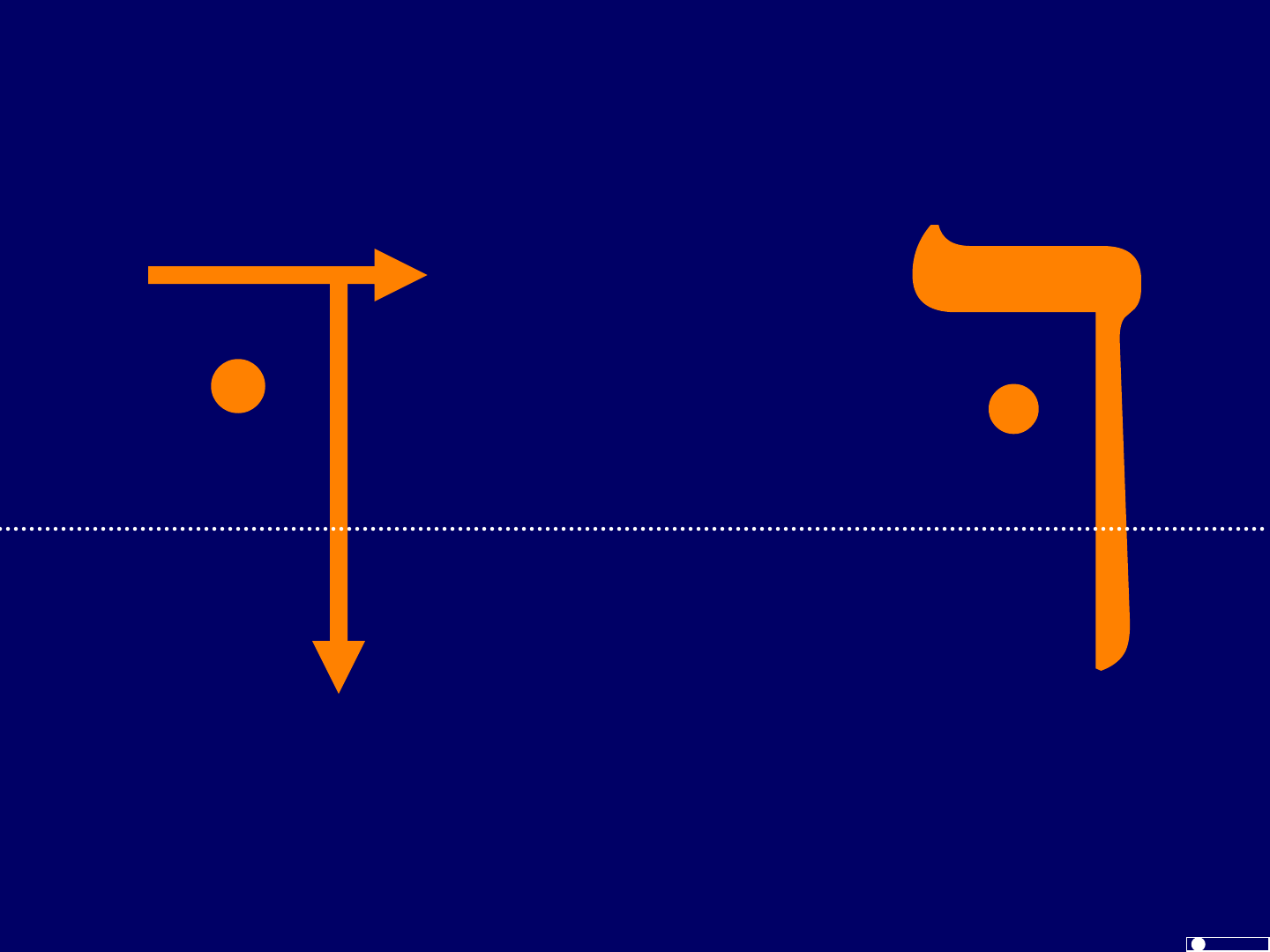
HebrewSyntax.org ©JCBeckman 3/29/2012 Copy freely
BY-NC-SA
CC
1-59
Final Kaf
1
2
Unlike Dalet
and Resh ,
Final Kaf goes below the line
Alternately, Kaf can
be all 1 curved line
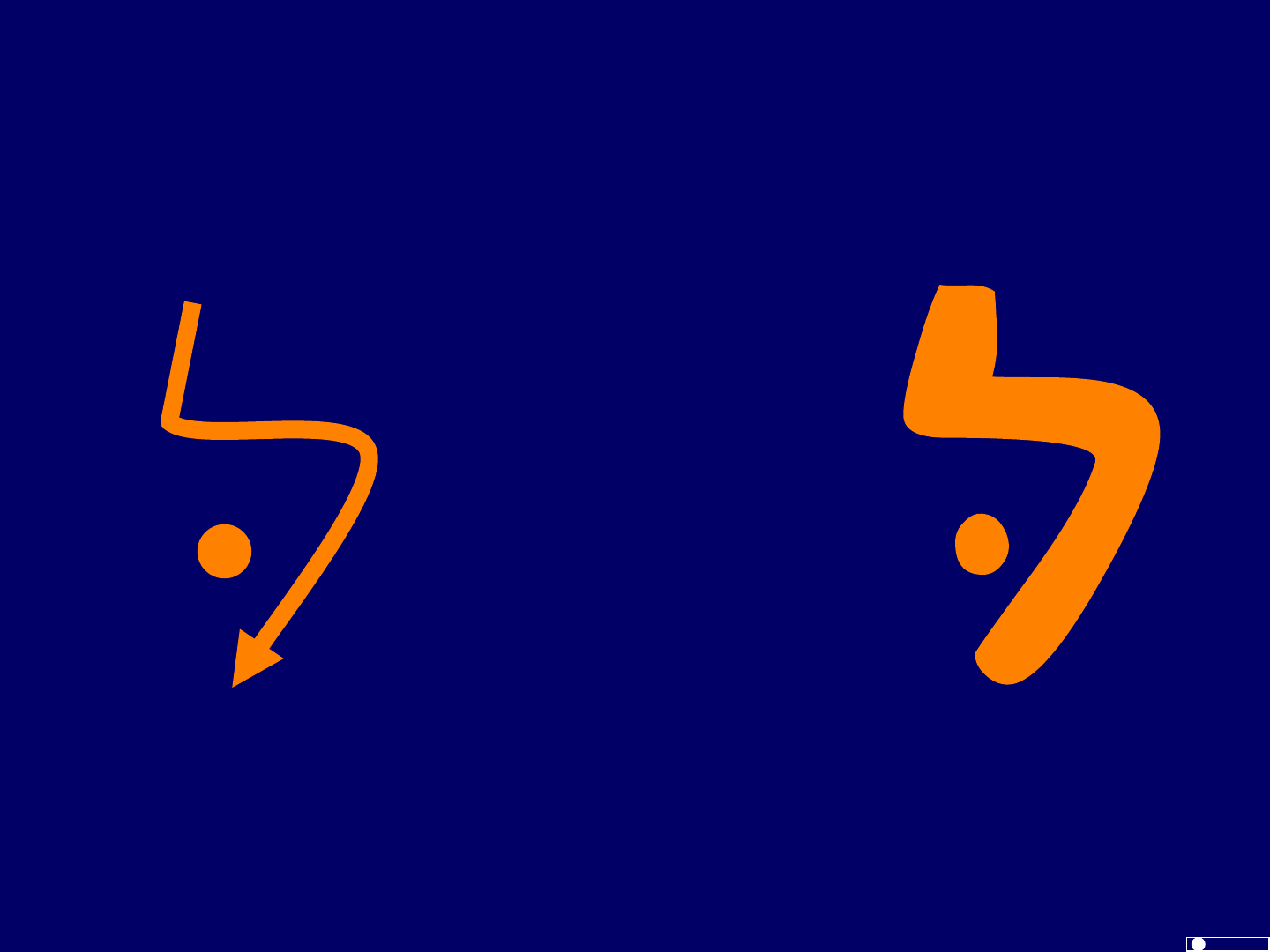
HebrewSyntax.org ©JCBeckman 3/29/2012 Copy freely
BY-NC-SA
CC
1-60
Lamed
1
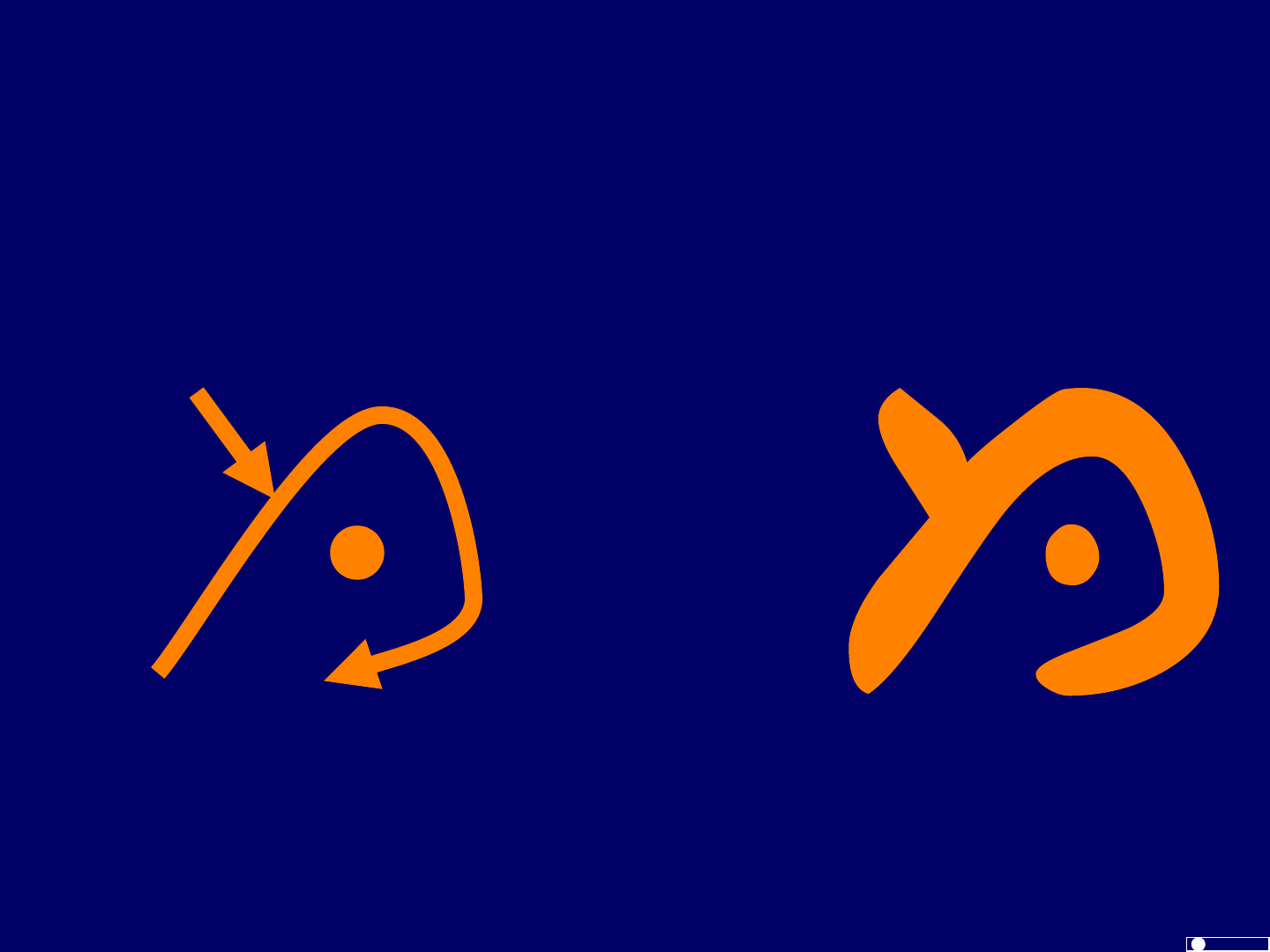
HebrewSyntax.org ©JCBeckman 3/29/2012 Copy freely
BY-NC-SA
CC
1-61
Mem
1
2
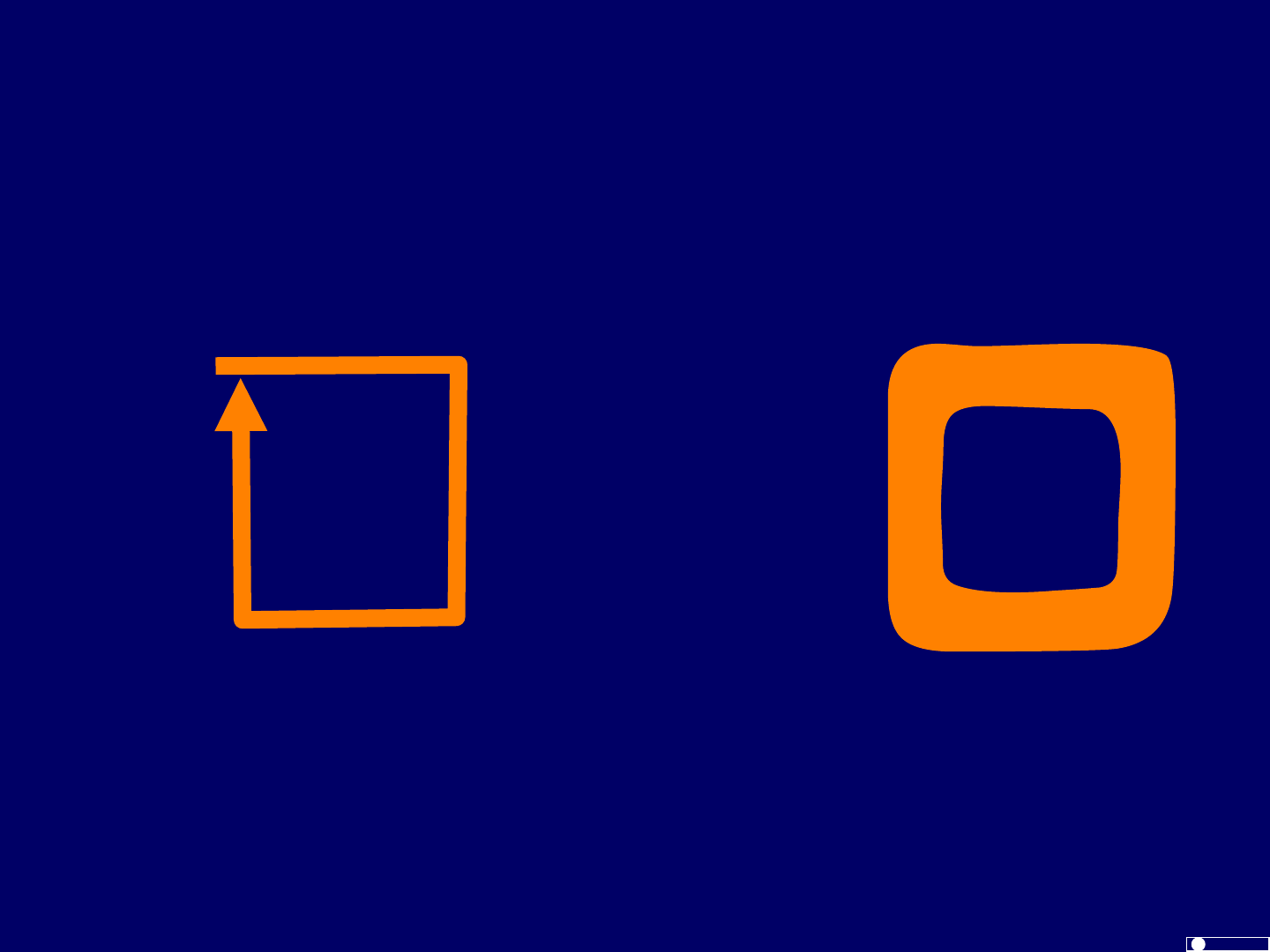
HebrewSyntax.org ©JCBeckman 3/29/2012 Copy freely
BY-NC-SA
CC
1-62
Final Mem
1
Square bottom distinguishes
Final Mem from Samek
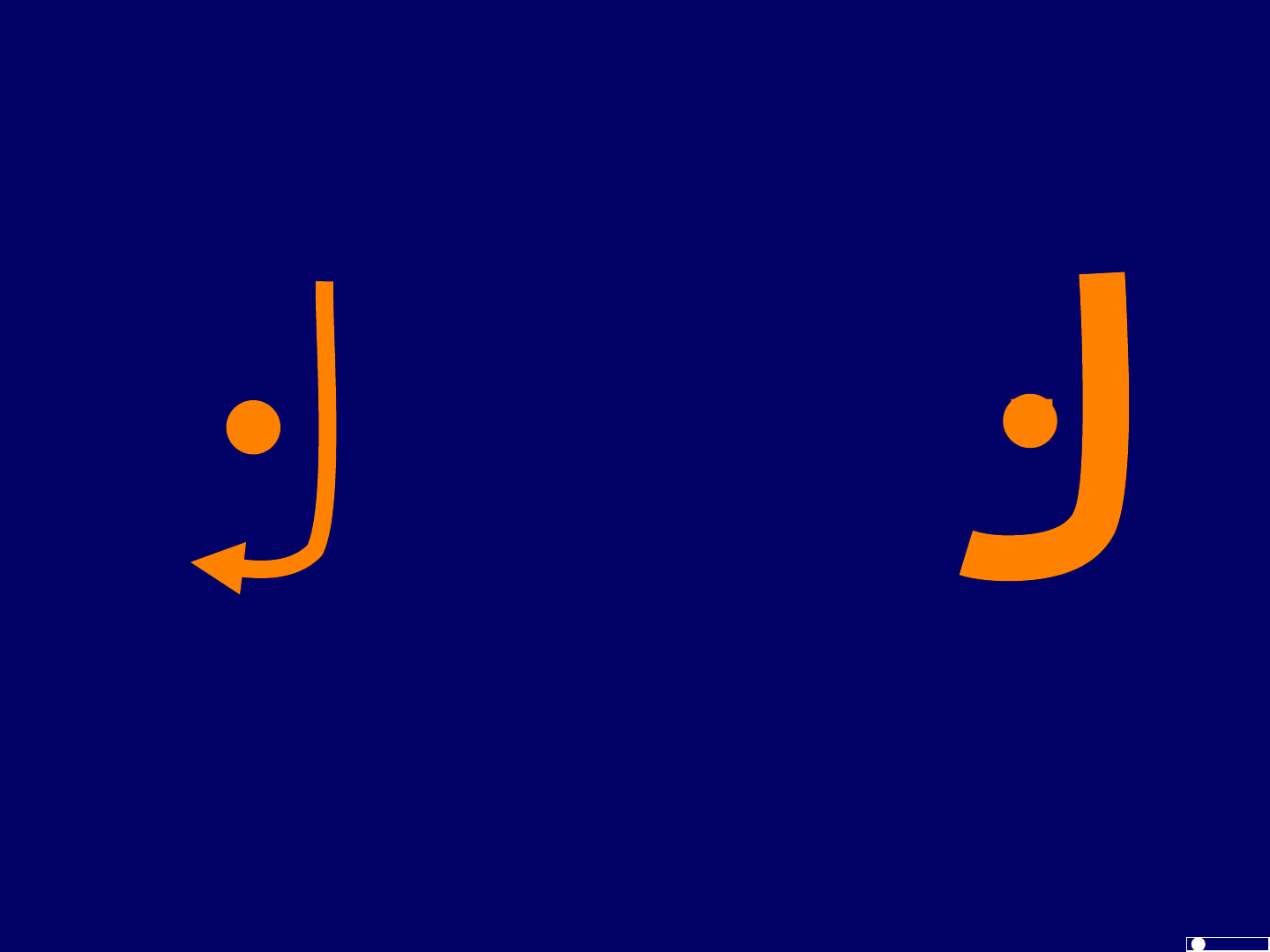
HebrewSyntax.org ©JCBeckman 3/29/2012 Copy freely
BY-NC-SA
CC
1-63
Nun
1
Some people
add a top hook
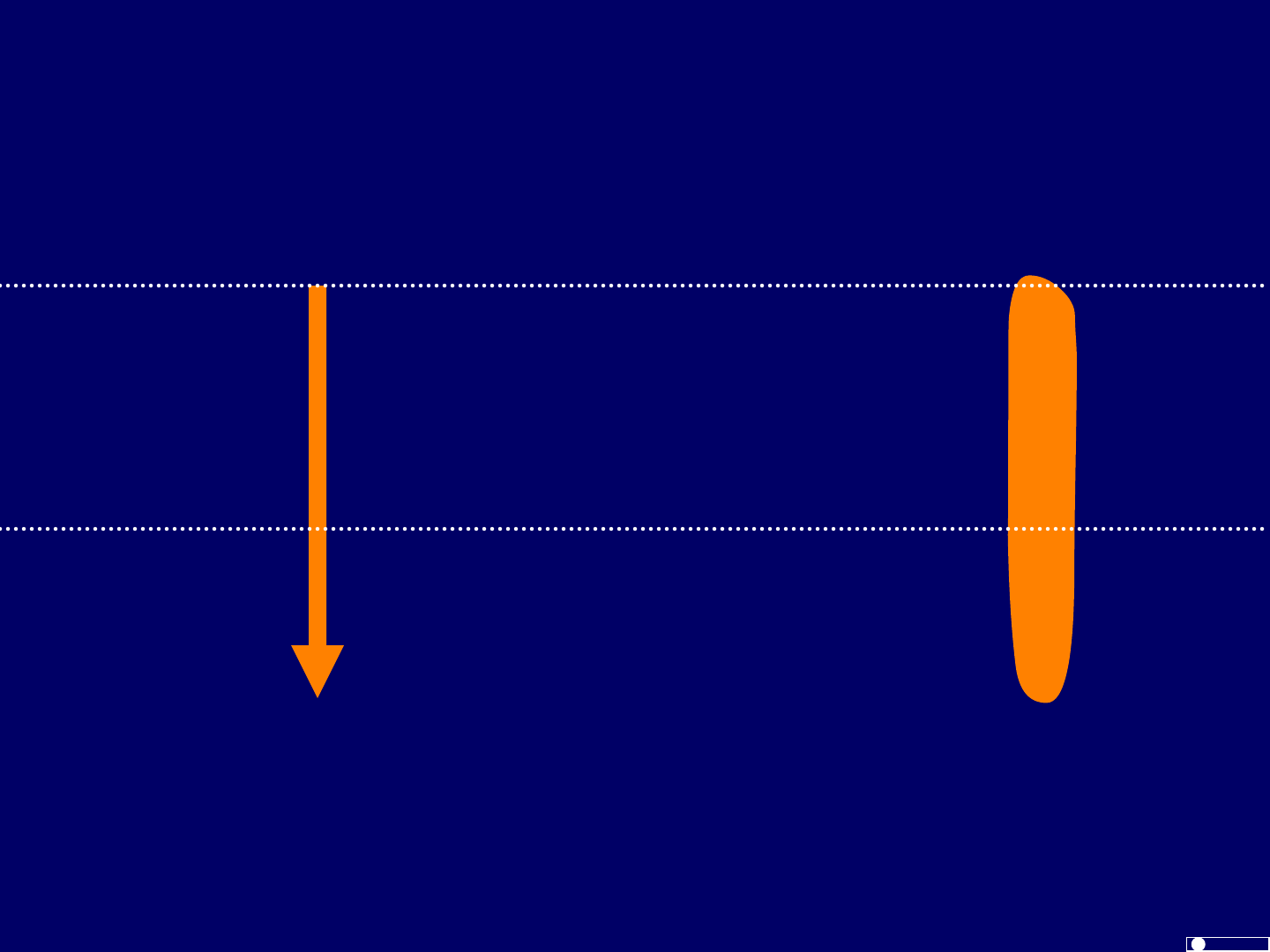
HebrewSyntax.org ©JCBeckman 3/29/2012 Copy freely
BY-NC-SA
CC
1-64
Final Nun
1
Unlike Yod and Vav ,
Final Nun extends below the line
Optional hook
in top left
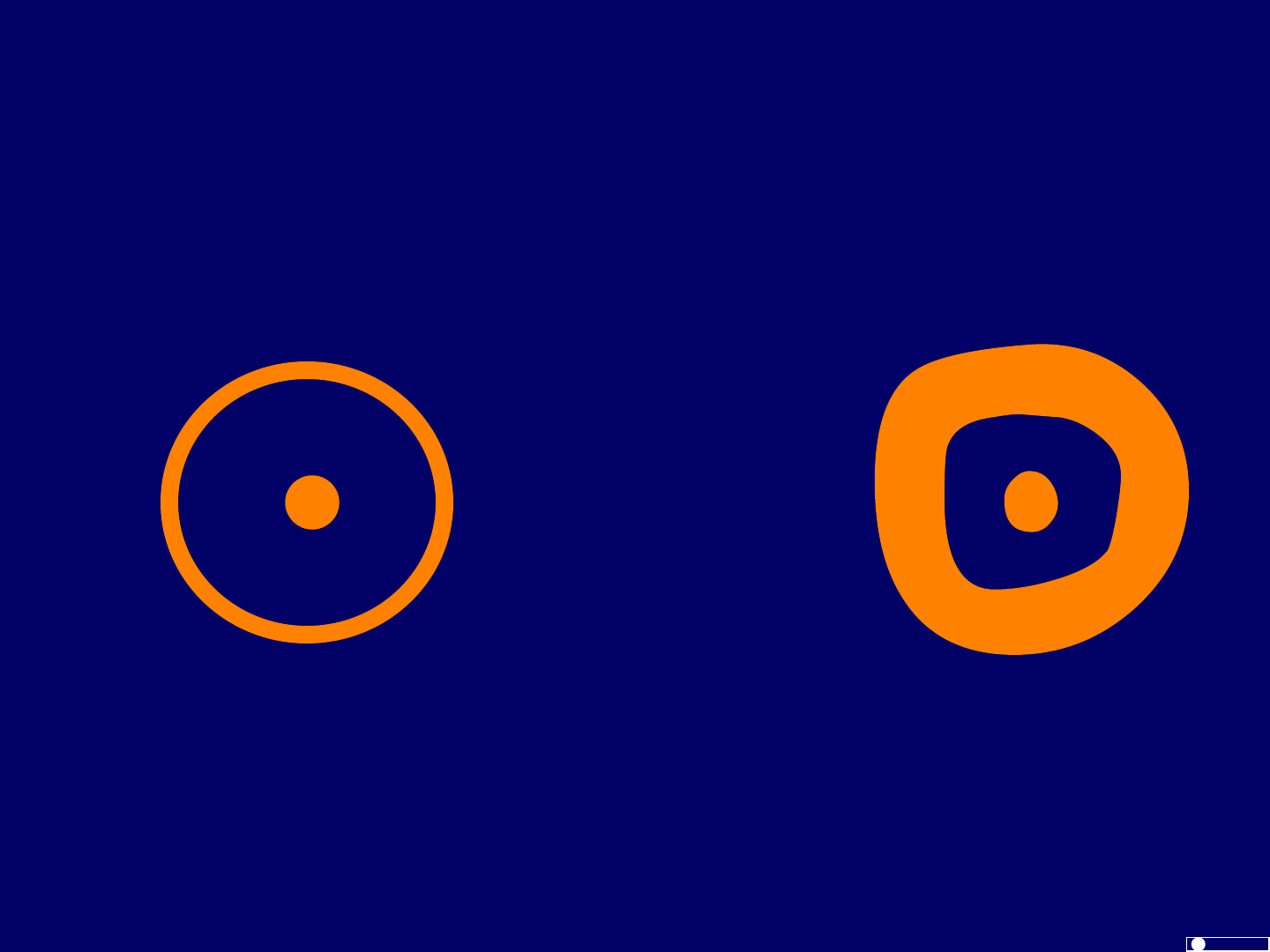
HebrewSyntax.org ©JCBeckman 3/29/2012 Copy freely
BY-NC-SA
CC
1-65
Samek
1
Optional hook
in top left
Round bottom distinguishes
Samek from Final Mem
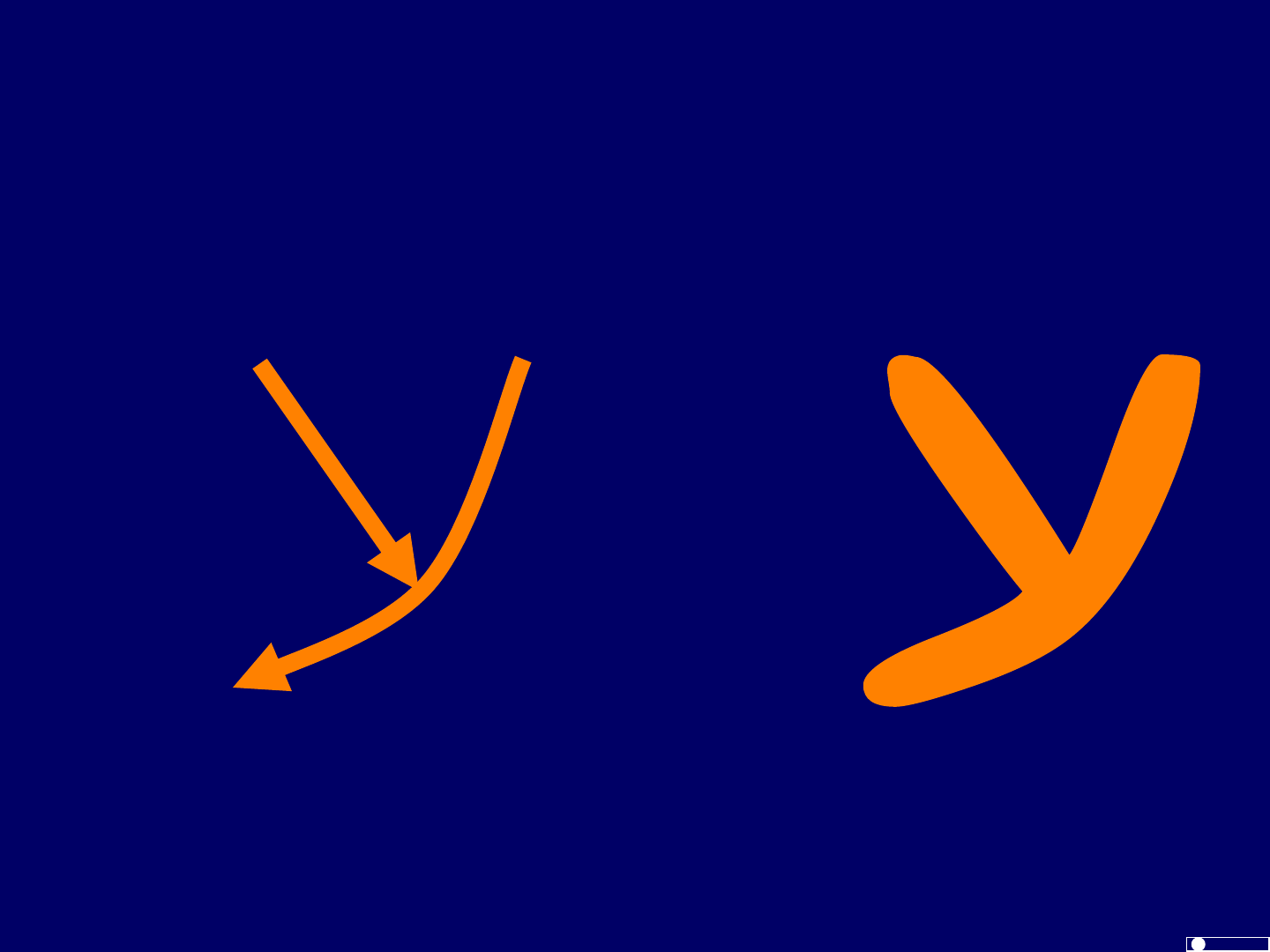
HebrewSyntax.org ©JCBeckman 3/29/2012 Copy freely
BY-NC-SA
CC
1-66
Ayin
1
2
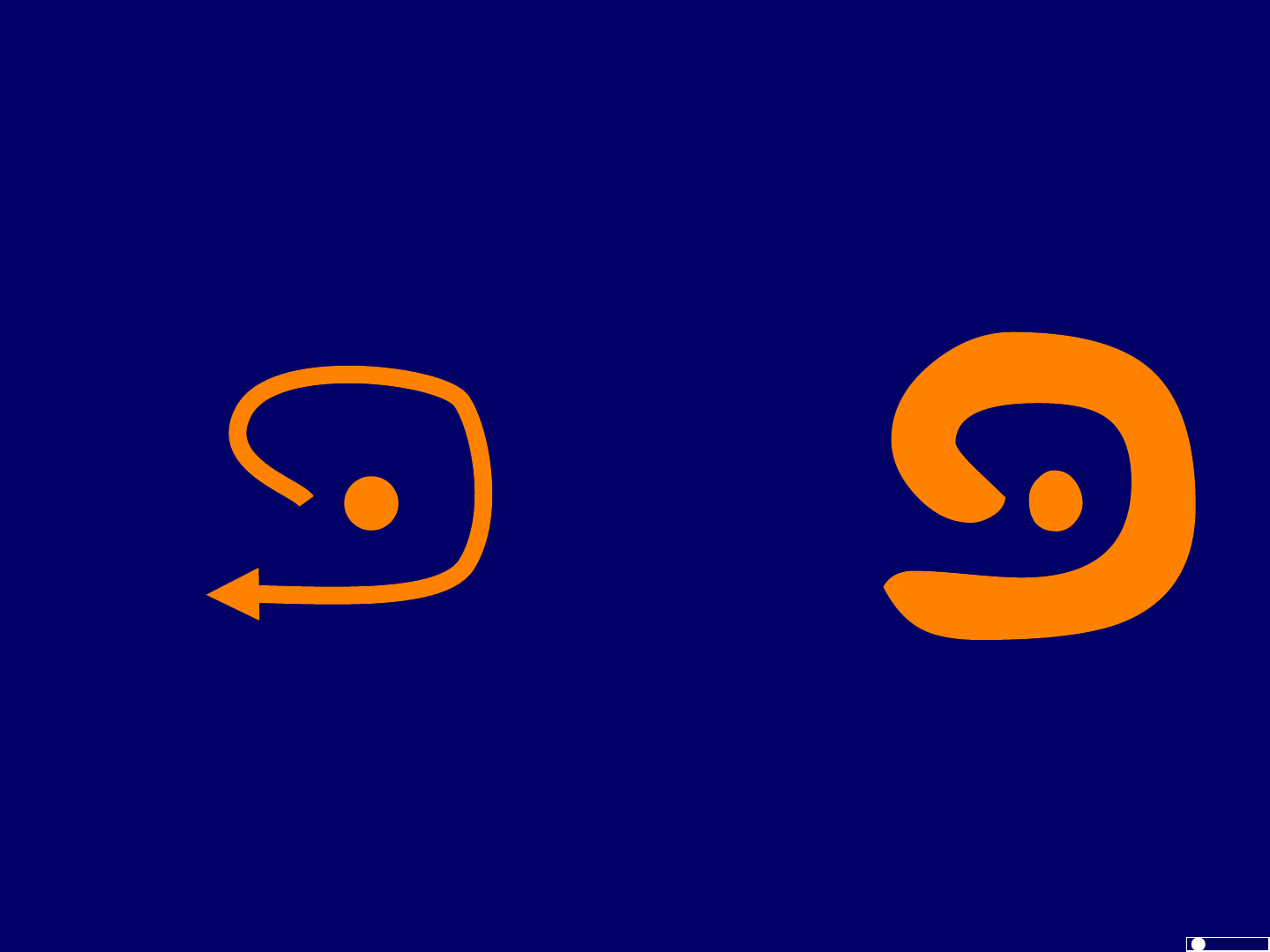
HebrewSyntax.org ©JCBeckman 3/29/2012 Copy freely
BY-NC-SA
CC
1-67
Pay
1
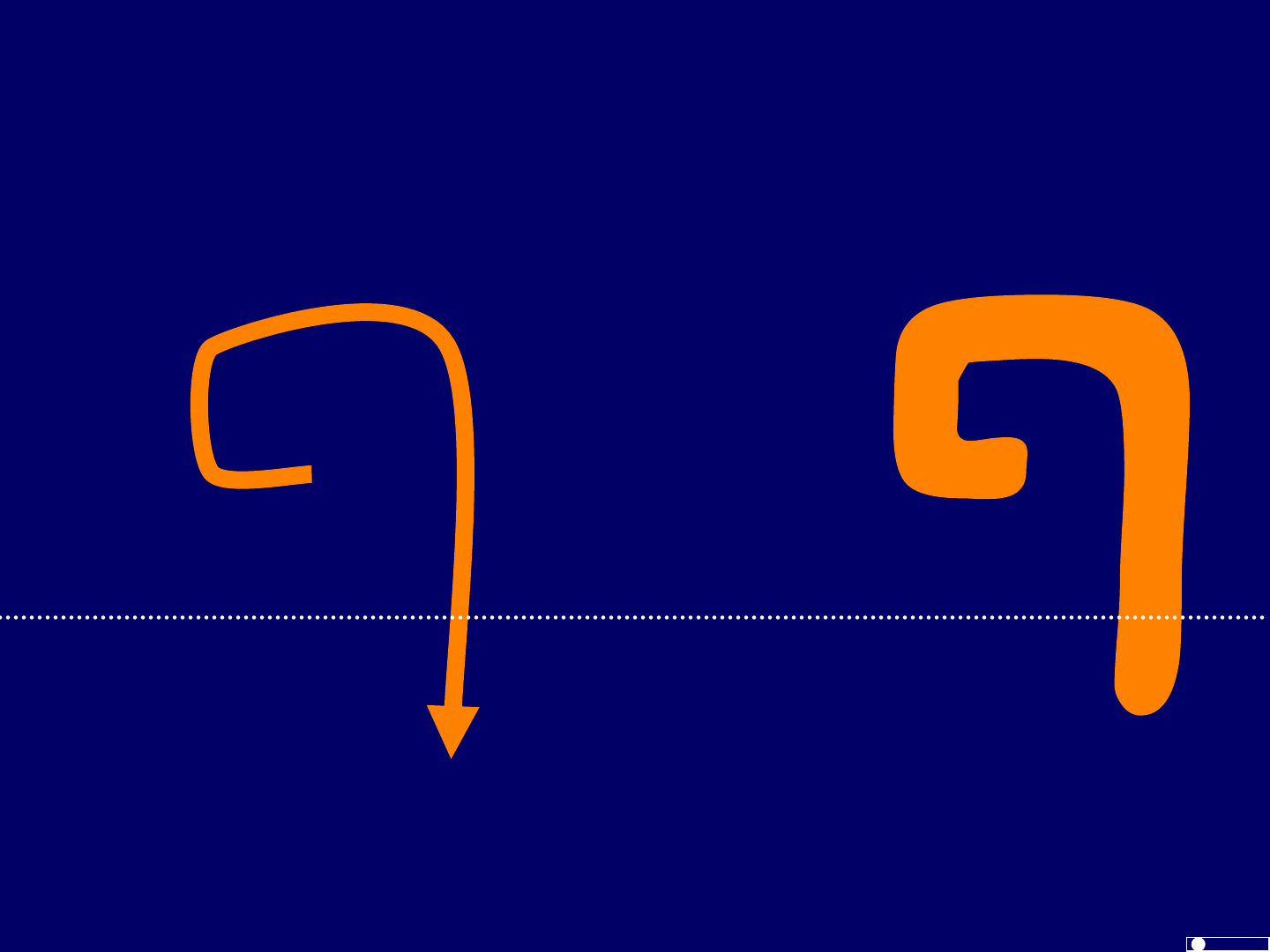
HebrewSyntax.org ©JCBeckman 3/29/2012 Copy freely
BY-NC-SA
CC
1-68
Final Pay
1
Tail extends
below the line
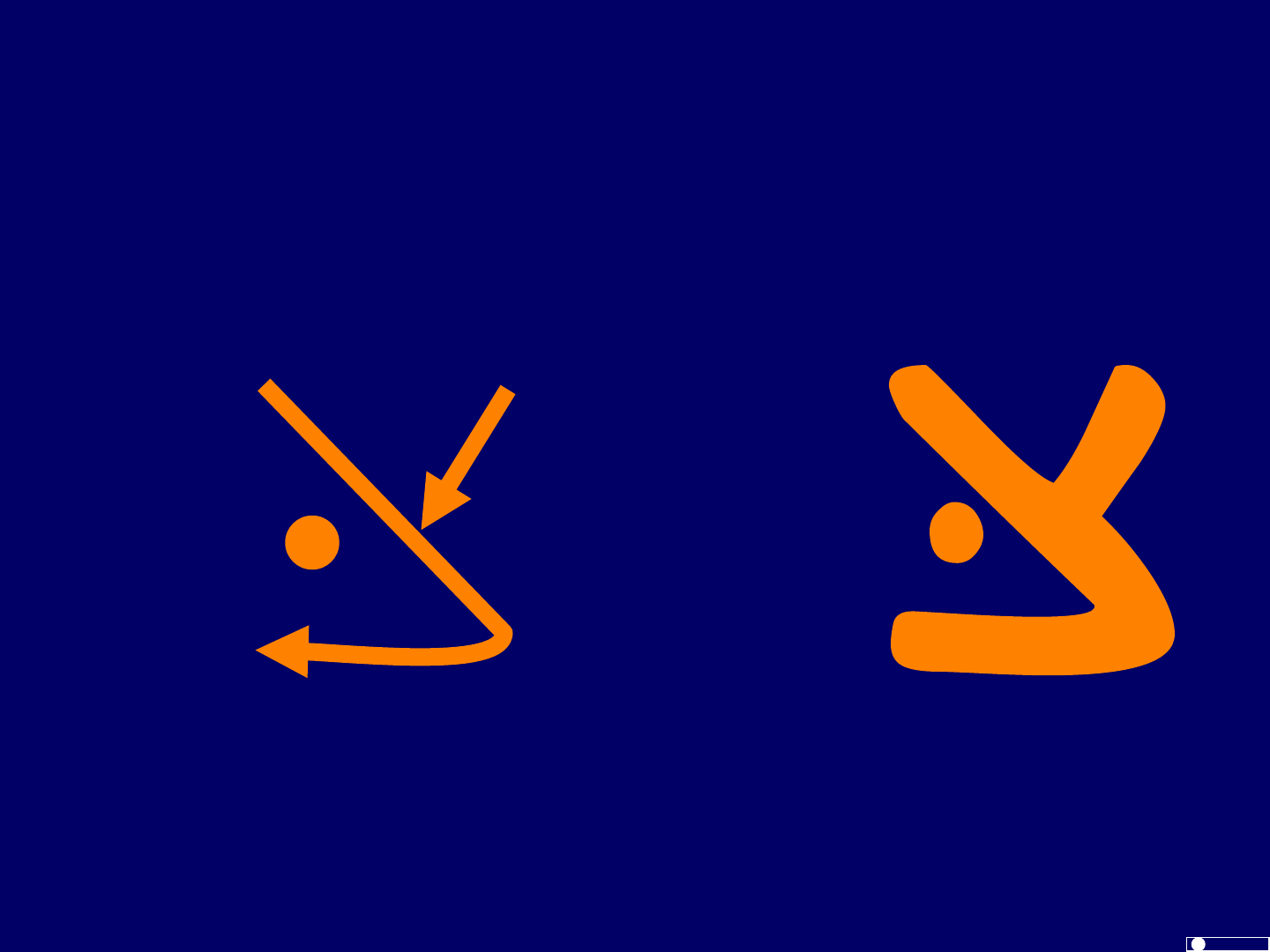
HebrewSyntax.org ©JCBeckman 3/29/2012 Copy freely
BY-NC-SA
CC
1-69
Tsade
1 2
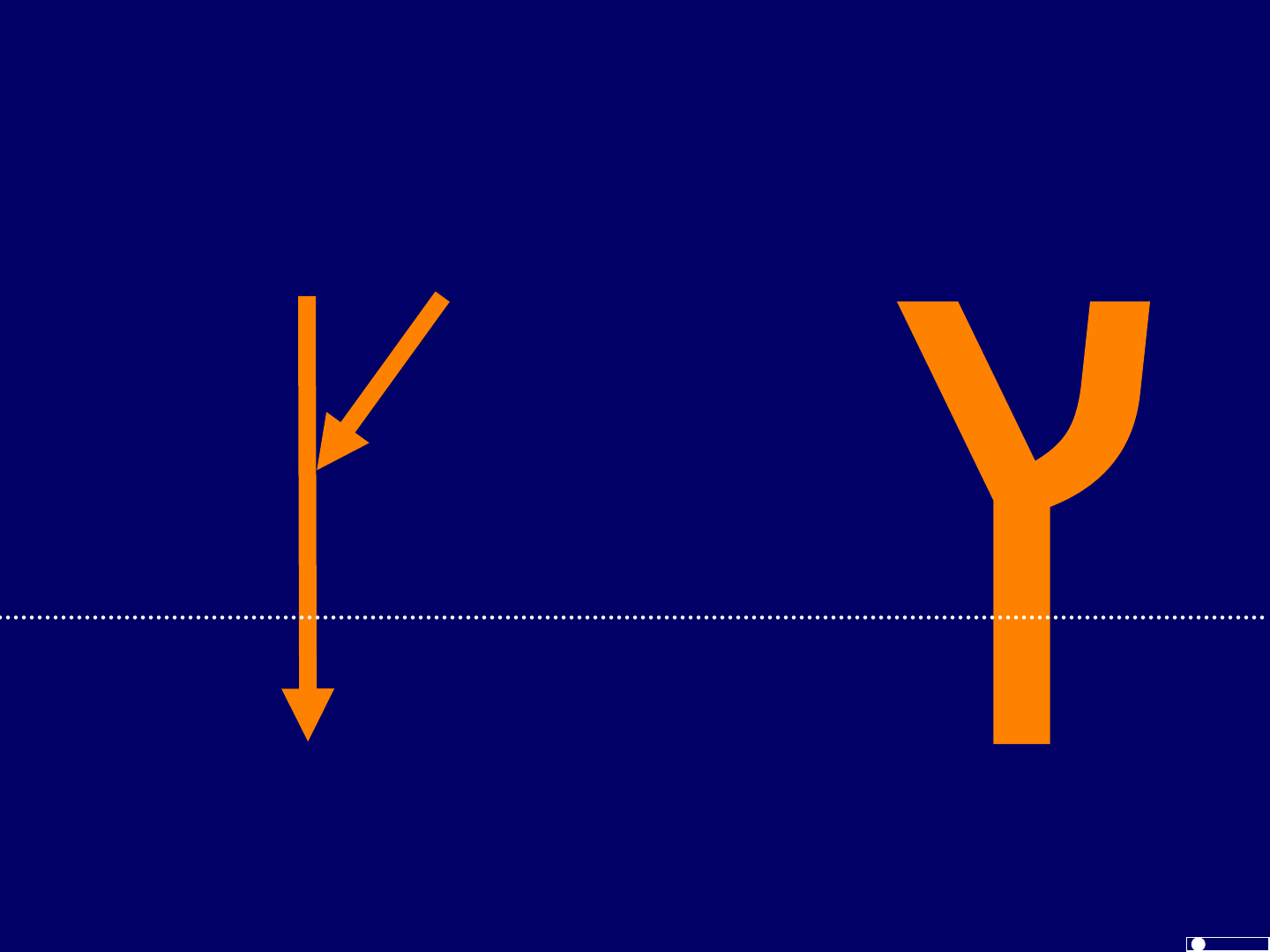
HebrewSyntax.org ©JCBeckman 3/29/2012 Copy freely
BY-NC-SA
CC
1-70
Final Tsade
1 2
Tail extends
below the line
Optional bend
in line 1 at joint
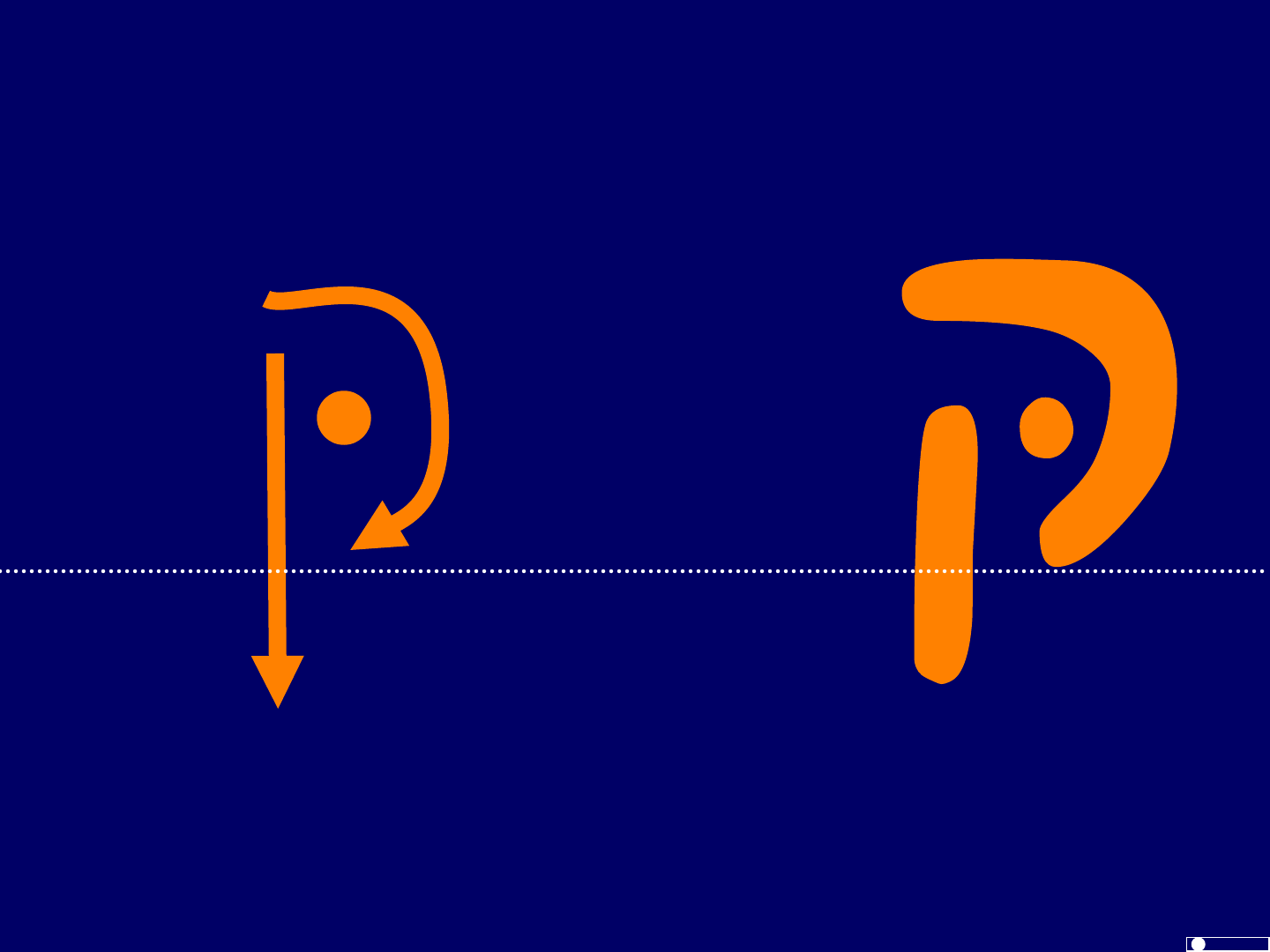
HebrewSyntax.org ©JCBeckman 3/29/2012 Copy freely
BY-NC-SA
CC
1-71
Qof
1
2
Tail extends
below the line
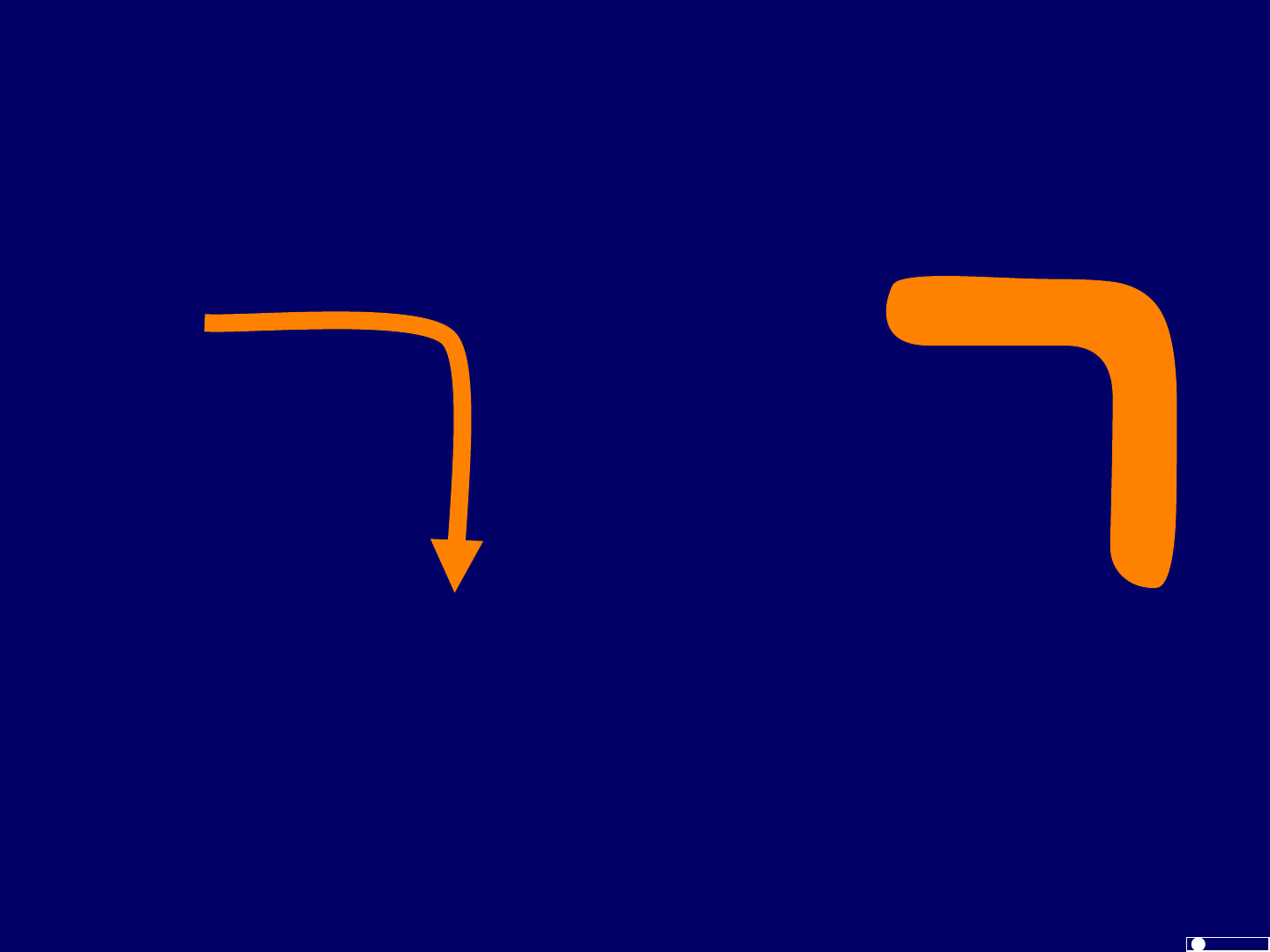
HebrewSyntax.org ©JCBeckman 3/29/2012 Copy freely
BY-NC-SA
CC
1-72
Resh
1
Smooth top right corner
distinguishes
Resh from Dalet
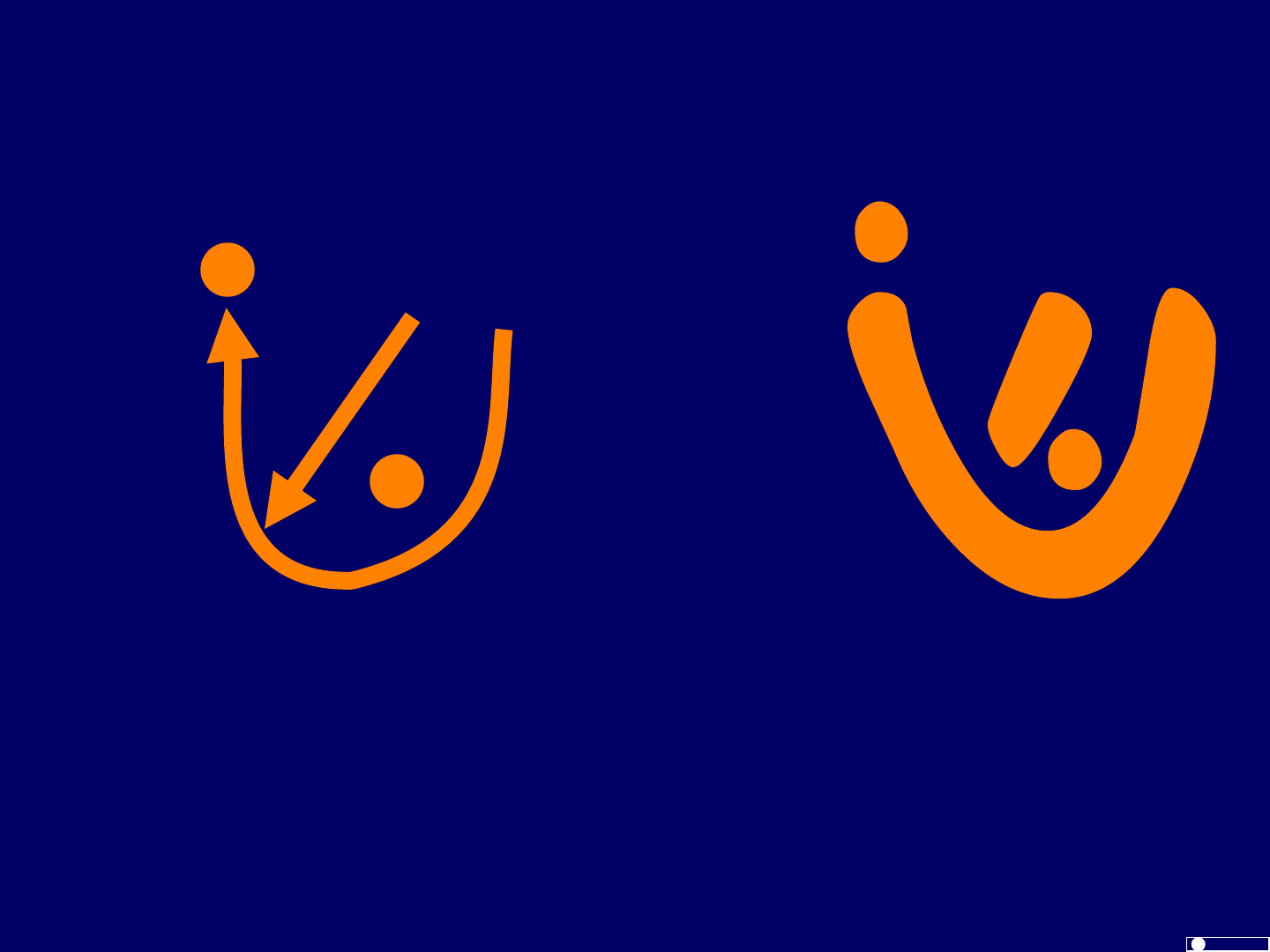
HebrewSyntax.org ©JCBeckman 3/29/2012 Copy freely
BY-NC-SA
CC
1-73
Sin
1
Placement of upper dot
distinguishes
Sin from Shin
2
3
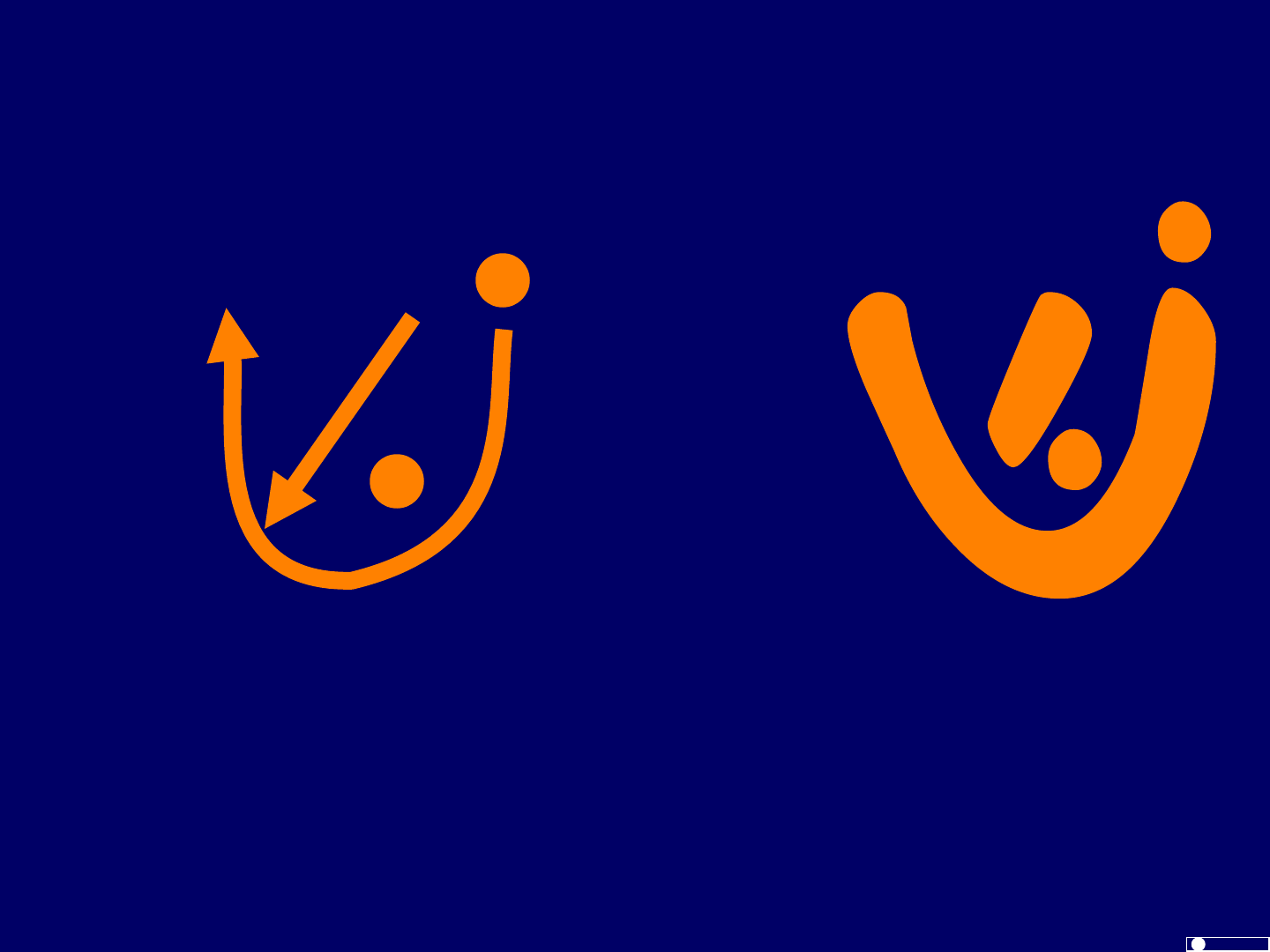
HebrewSyntax.org ©JCBeckman 3/29/2012 Copy freely
BY-NC-SA
CC
1-74
Shin
1
Placement of upper dot
distinguishes
Shin from Sin
2
3
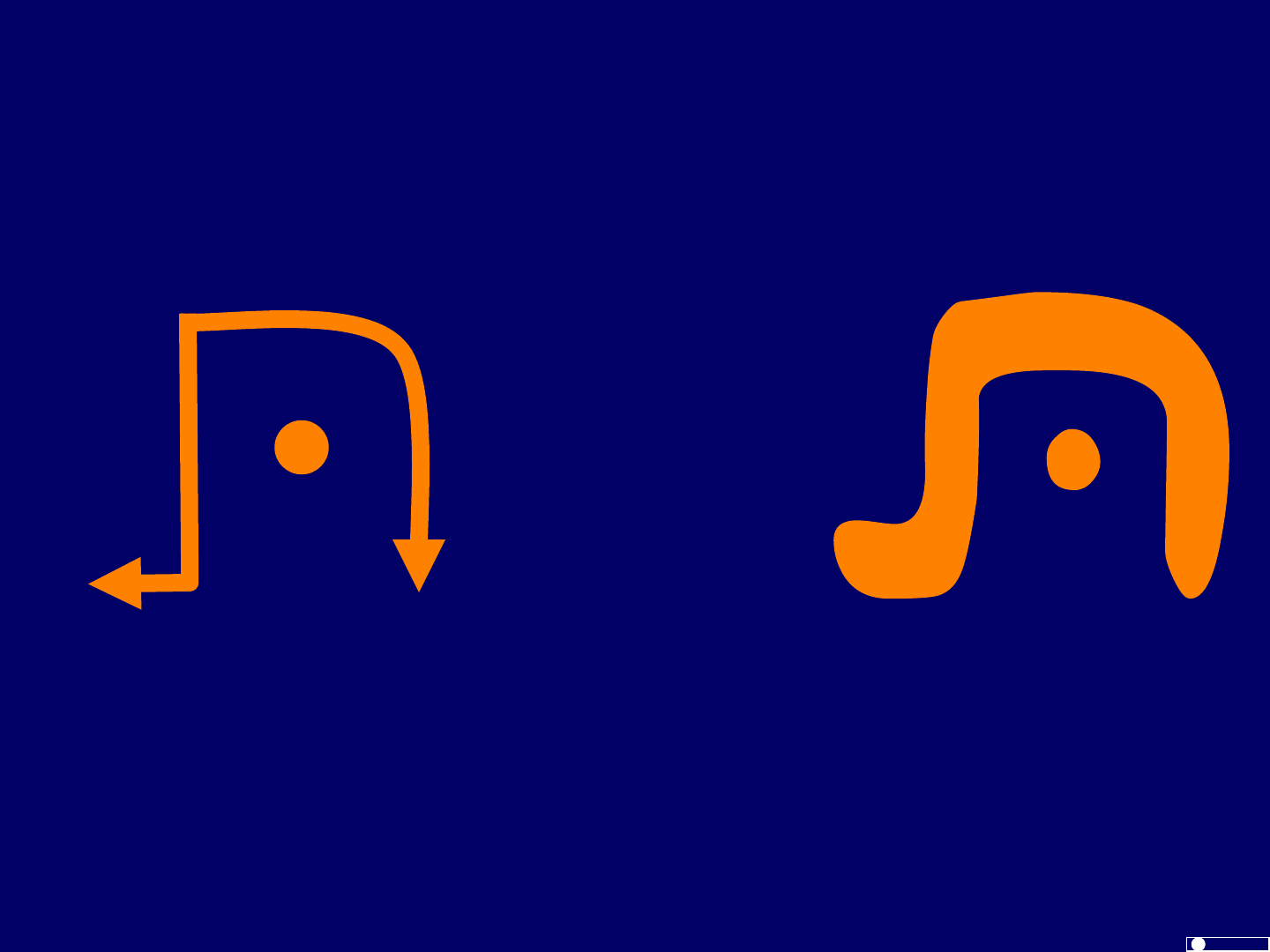
HebrewSyntax.org ©JCBeckman 3/29/2012 Copy freely
BY-NC-SA
CC
1-75
Tav
1
2
Tail in lower left
distinguishes
Tav from Ḥet

HebrewSyntax.org ©JCBeckman 3/29/2012 Copy freely
BY-NC-SA
CC
1-76
Transliteration
Transliterate as follows
ʾ b g d h w z ḥ ṭ y k l m n s ʿ p ṣ q r ś š t
Different books use different transliteration symbols
– Most of the variation is for vowels, not consonants
Learn to recognize transliterated words
– Transliteration is used in many reference books
Direction of writing depends on the script:
– Write Hebrew script Right-to-Left ...
– Write transliteration Left-to-Right ʾ b g d ...

HebrewSyntax.org ©JCBeckman 3/29/2012 Copy freely
BY-NC-SA
CC
Before Going on to the Next Section …
Learn to write the letters.
– The workbook has lines for practicing the letters.
– Don’t try to imitate the details of the fancy printed
letters in the book and workbook.
Learn to write the letters in order.
– Write the final forms right after the regular forms.
א כ י ט ח ז ו ה ד ג בך מ לם נן סע פף צץ ר קת
1-77

HebrewSyntax.org ©JCBeckman 3/29/2012 Copy freely
BY-NC-SA
CC
1-78
Chapter 1 – The Hebrew Alphabet (Alef-Bet)
Names of the Letters
Difficulties Recognizing Letters
– Final Forms
– Different Fonts
– Similar Letters
Writing and Transliterating the Letters
Begad Kephat Letters
Pronouncing the Letters
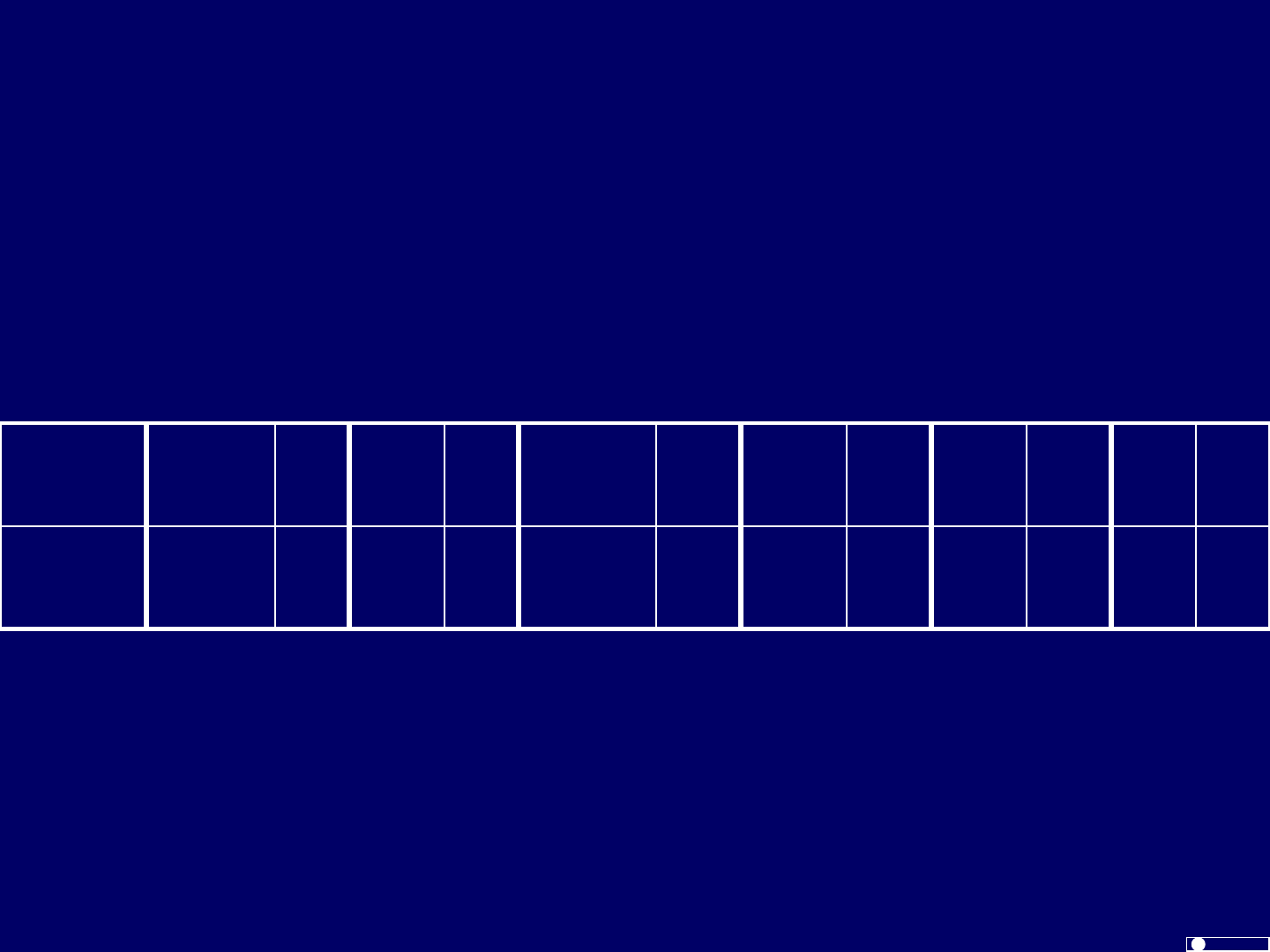
HebrewSyntax.org ©JCBeckman 3/29/2012 Copy freely
BY-NC-SA
CC
Begad Kephat Letters
“Begad Kephat” means the letters
A dot (‘Dagesh’) changes their sound.
– Dagesh a point-like, momentary sound (e.g., P)
– No Dagesh a sound that can last (e.g., F)
In Modern Hebrew, pronounced like
– I use this pronuncitation.
Modern Hebrew uses different names for
– Bet vs. Vet, Kaf vs. Chaf, Pay vs. Fay
1-79
Sound THin T PH P baCH K THe D GH G V B
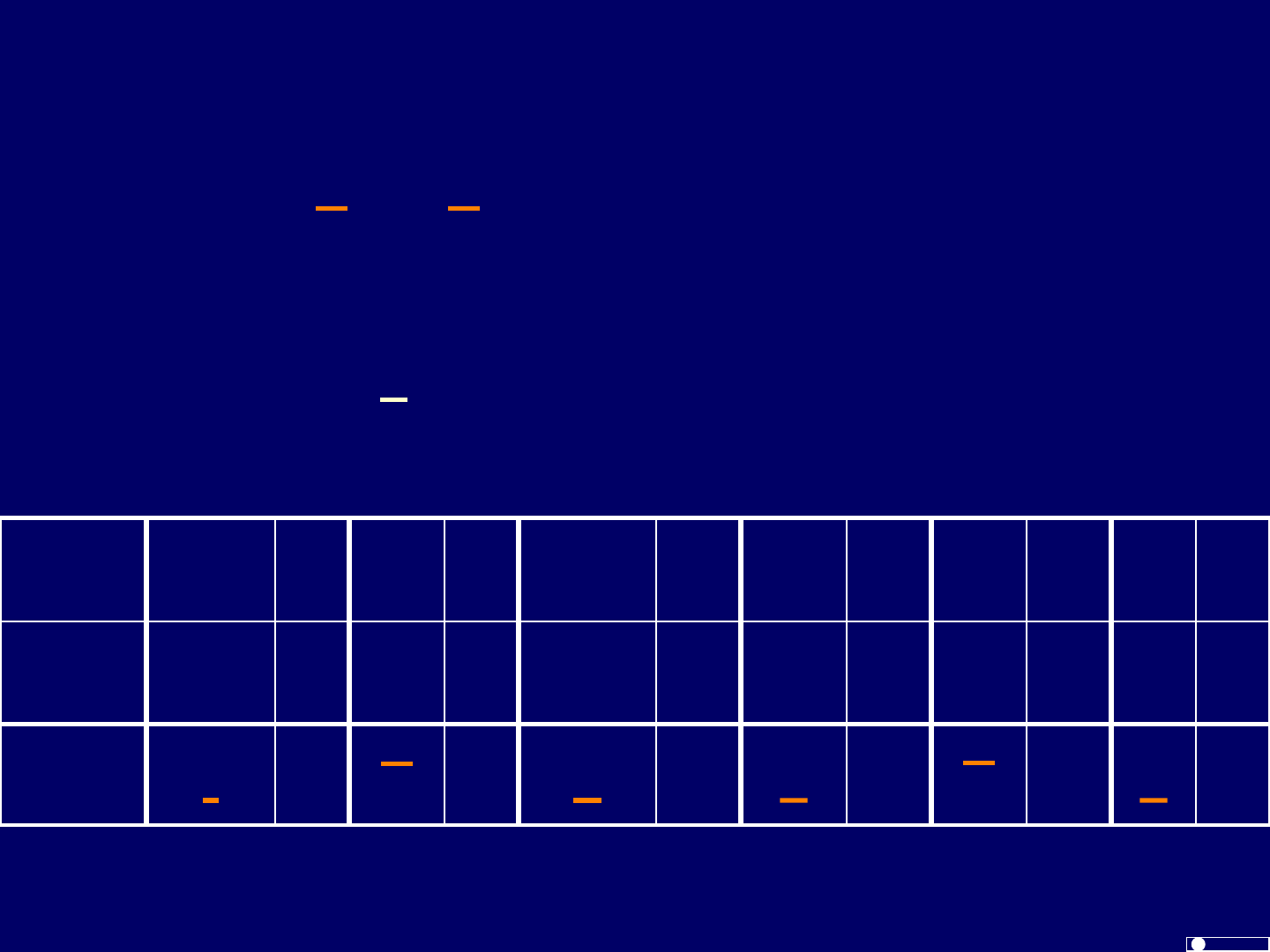
HebrewSyntax.org ©JCBeckman 3/29/2012 Copy freely
BY-NC-SA
CC
1-80
Trans
t t p p k k d d g g b b
Transliterating Begad Kephat Letters
Underline transliterated begadkephat without a Dagesh.
– Overline p and g, since an underline wouldn’t fit.
– The line indicates a sound that can go on and on.
E.g., = b = ‘v’ sound which can continue.
E.g., = b = ‘b’ sound which is momentary.
Sound THin T PH P baCH K THe D GH G V B

HebrewSyntax.org ©JCBeckman 3/29/2012 Copy freely
BY-NC-SA
CC
Before Going on to the Next Section …
Learn to recognize transliterated Hebrew letters.
– Many Bible dictionaries, commentaries, and journal
articles use transliteration rather than Hebrew
letters.
– Make flash cards with the transliteration on one side
and the letter on the other side.
– Have separate flash cards for Begad Kephat letters
with and without a dot (‘Dagesh’)
1-81

HebrewSyntax.org ©JCBeckman 3/29/2012 Copy freely
BY-NC-SA
CC
1-82
Chapter 1 – The Hebrew Alphabet (Alef-Bet)
Names of the Letters
Difficulties Recognizing Letters
– Final Forms
– Different Fonts
– Similar Letters
Writing and Transliterating the Letters
Begad Kephat Letters
Pronouncing the Letters

HebrewSyntax.org ©JCBeckman 3/29/2012 Copy freely
BY-NC-SA
CC
1-83
Guttural Letters
4 guttural letters
– (Alef)
– (Hay)
– (Ḥet)
– (Ayin)
Guttural letters affect the spelling of words
– The effects will be explained as they come up
Resh is not a guttural letter.
– It is never a guttural letter.
– But it has some of the characteristics of gutturals
– These will be explained as they come up
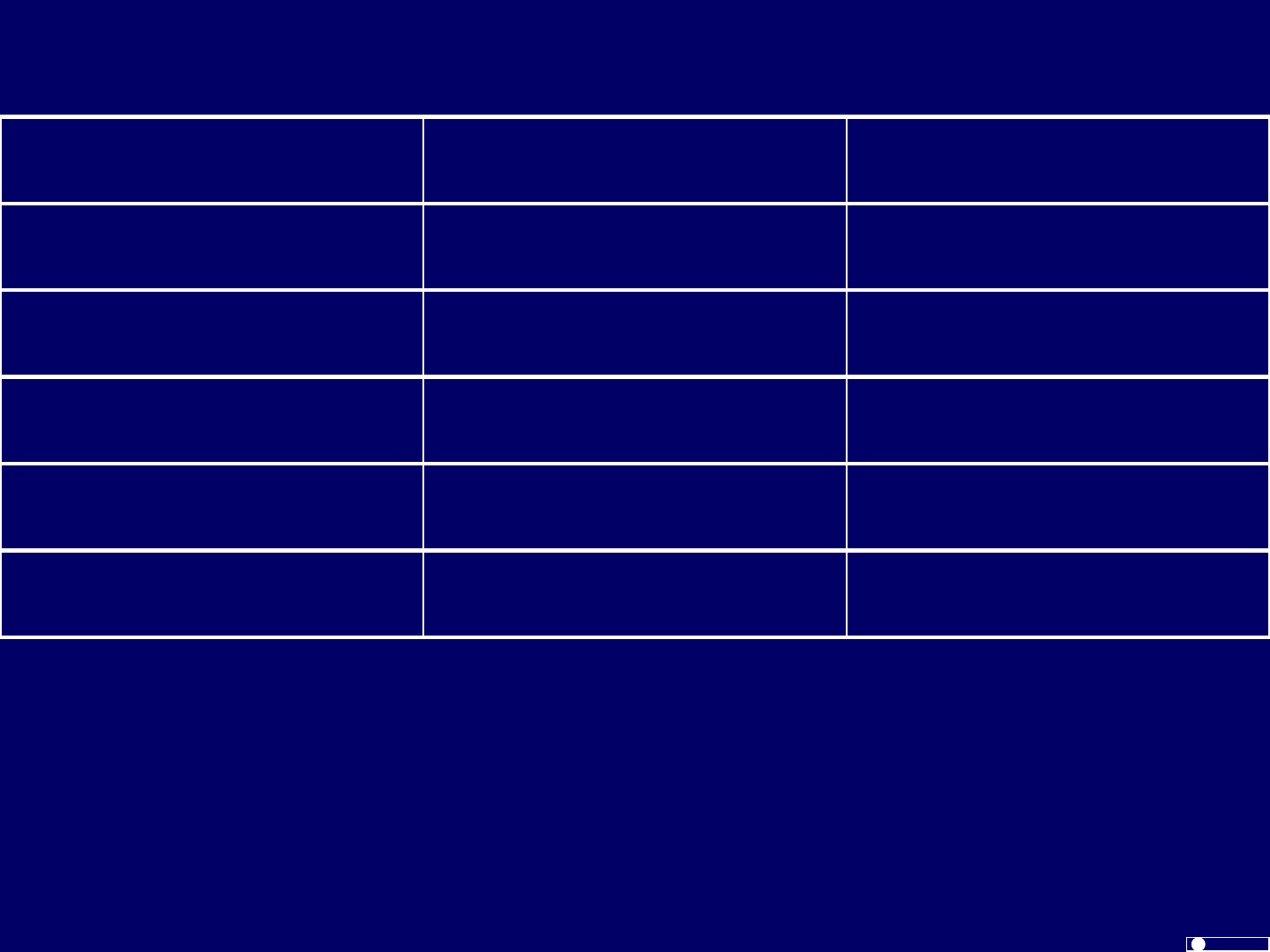
HebrewSyntax.org ©JCBeckman 3/29/2012 Copy freely
BY-NC-SA
CC
1-84
Sound-Alike Letters
(Alef) (Ayin)
silent
(Bet) (Vav) Modern
Vat
(Ḥet) (Chaf) No Dagesh
baCH
(Tet) (Tav) with Dagesh
Top
(Kaf) with Dagesh (Qof)
Kite
(Samek) (Sin)
Sat
Remember which letter is in a vocabulary word!
To help remember, I pronounce sound-alike letters
differently when pronouncing vocabulary words (but
not when reading texts), and I note the letter used.
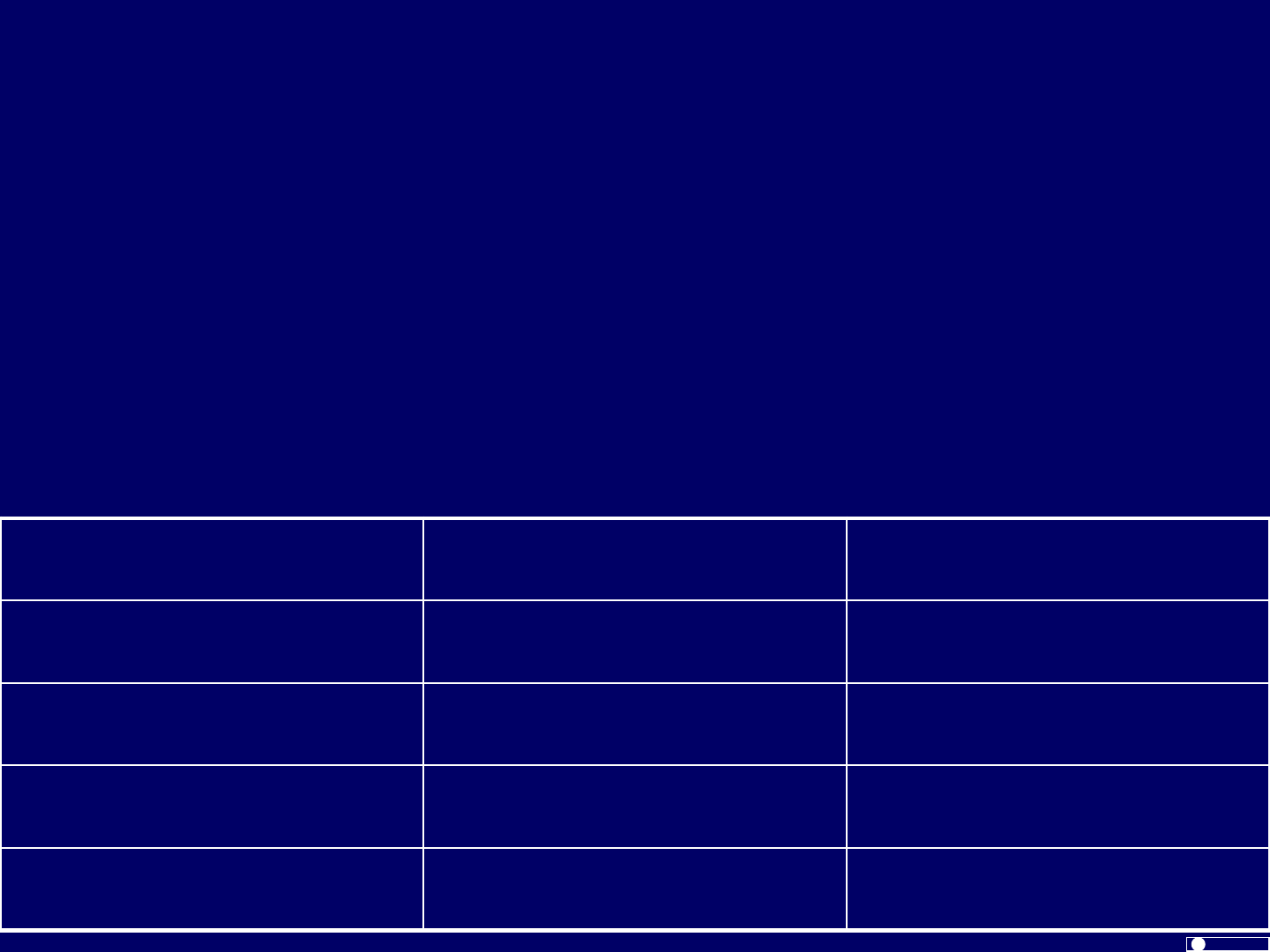
HebrewSyntax.org ©JCBeckman 3/29/2012 Copy freely
BY-NC-SA
CC
1-85
Variations in Letter Pronunciations
Some letters are pronounced differently in Modern
Hebrew.
– Pick a system and try to be consistent
– Recognize the other system when you hear it
Letter Traditional Modern
aGHast Good
THe Dog
THin Top
Wow Vat
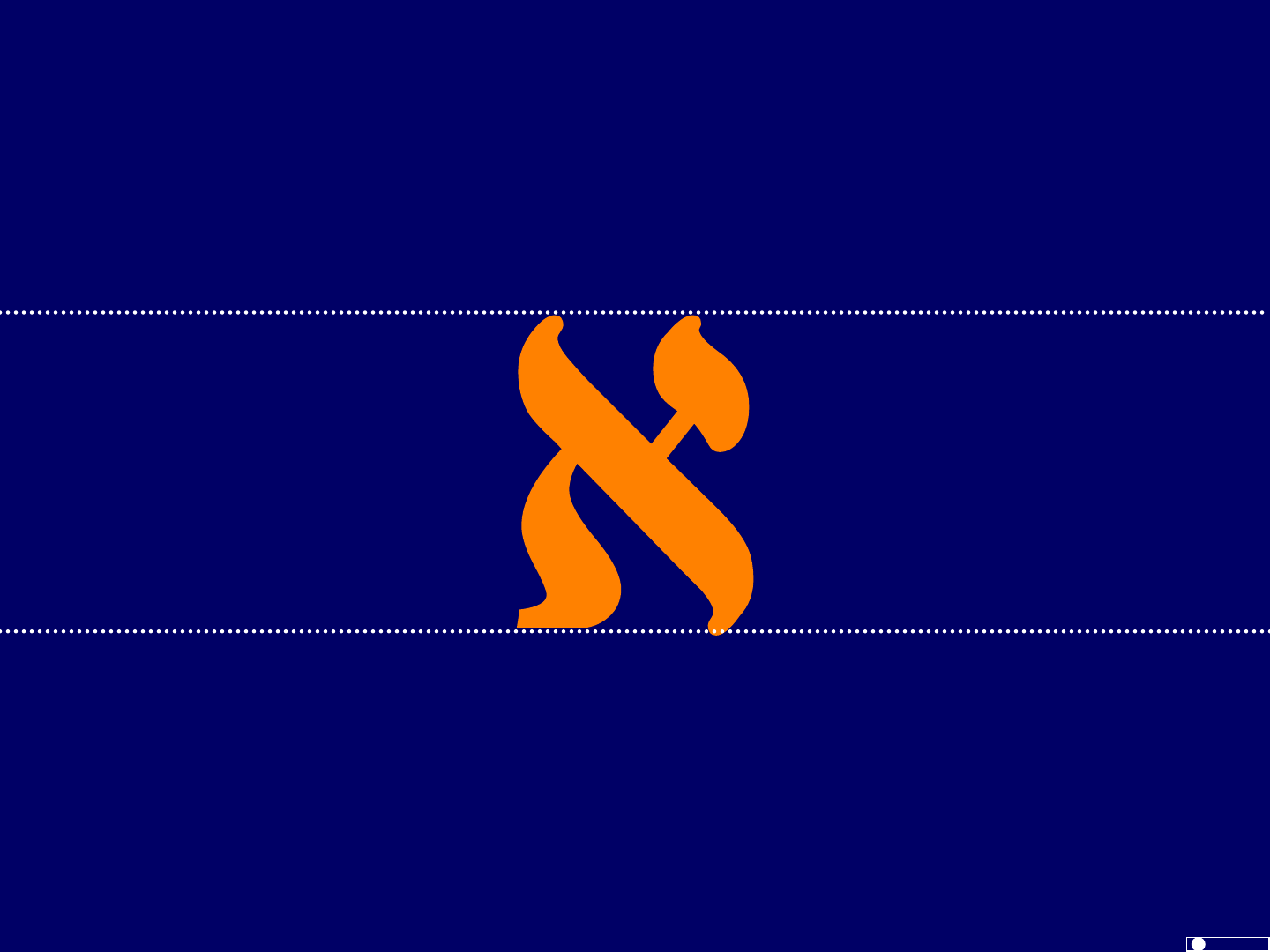
HebrewSyntax.org ©JCBeckman 3/29/2012 Copy freely
BY-NC-SA
CC
1-86

HebrewSyntax.org ©JCBeckman 3/29/2012 Copy freely
BY-NC-SA
CC
1-87
Silent (nowdays)
– Pronounce the vowel that follows it.
Sounds like Ayin
– Both are silent
– When memorizing vocabulary, distinguish them.
– E.g., ‘if’ vs. ‘with’
Guttural
– It was originally a glottal stop (the pause in “uh-oh”).
Transliterate like single closing quote ʾ
Alef is silent
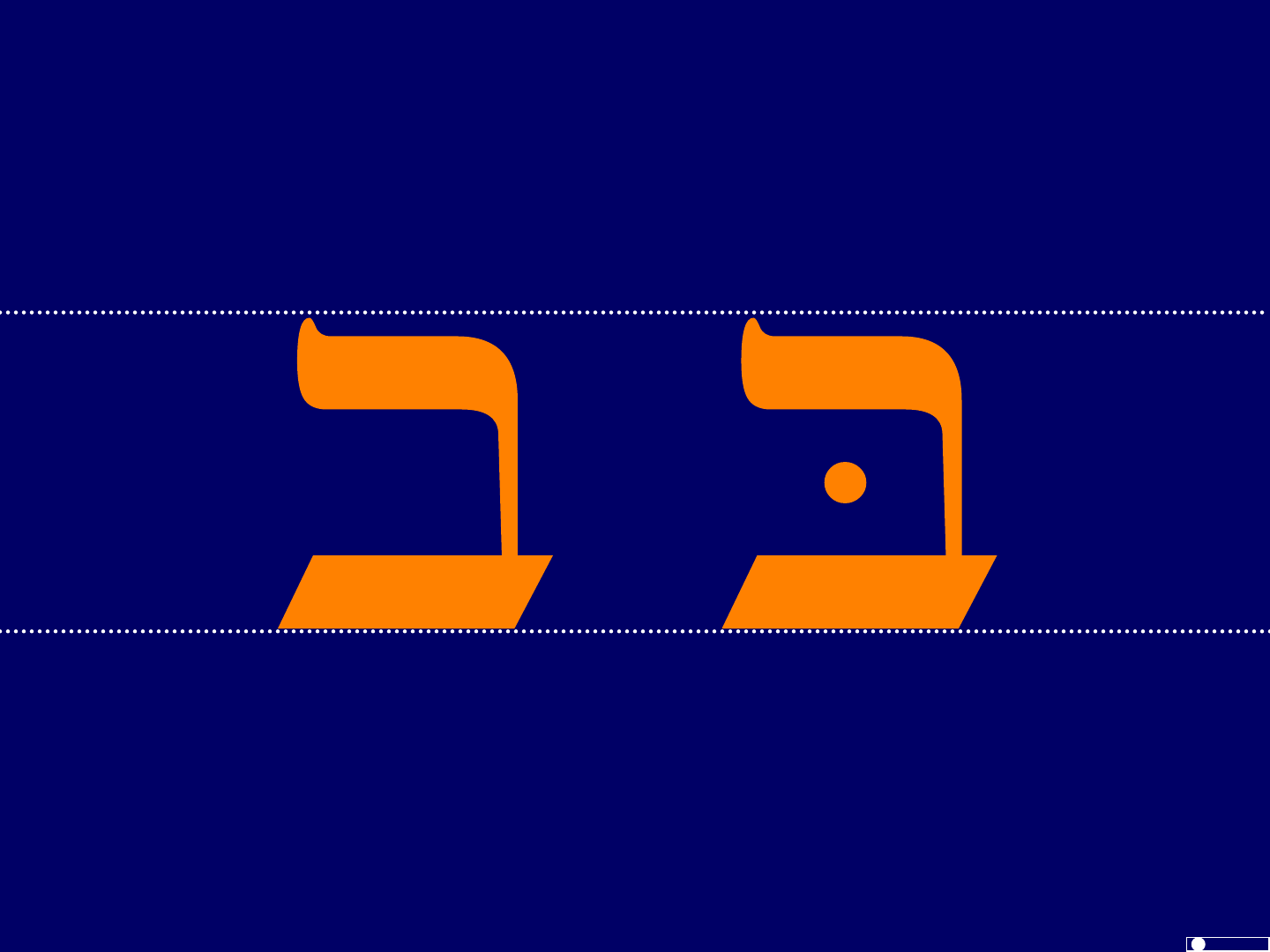
HebrewSyntax.org ©JCBeckman 3/29/2012 Copy freely
BY-NC-SA
CC
1-88

HebrewSyntax.org ©JCBeckman 3/29/2012 Copy freely
BY-NC-SA
CC
1-89
Bet sounds like B or V
Begad kephat
– Dagesh B sound, transliterate b
– No dagesh V sound, transliterate b
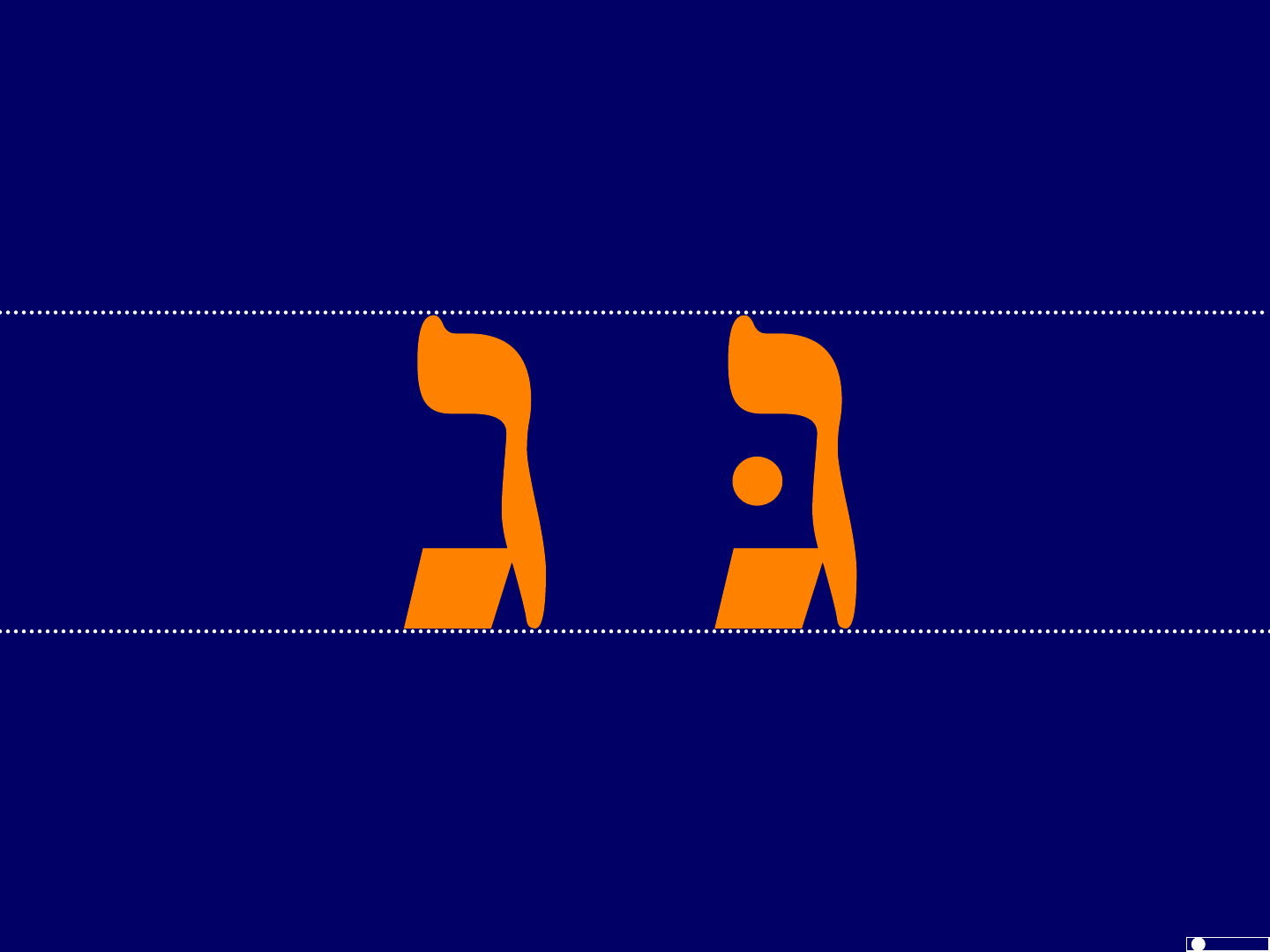
HebrewSyntax.org ©JCBeckman 3/29/2012 Copy freely
BY-NC-SA
CC
1-90

HebrewSyntax.org ©JCBeckman 3/29/2012 Copy freely
BY-NC-SA
CC
1-91
Gimel sounds like G / GH
Begad kephat
– Dagesh G sound, transliterate g
– No dagesh GH sound, transliterate g
GH is troublesome to pronounce
– voiced velar fricative GH vs. voiced velar stop G
– Modern Hebrew pronounces both as G
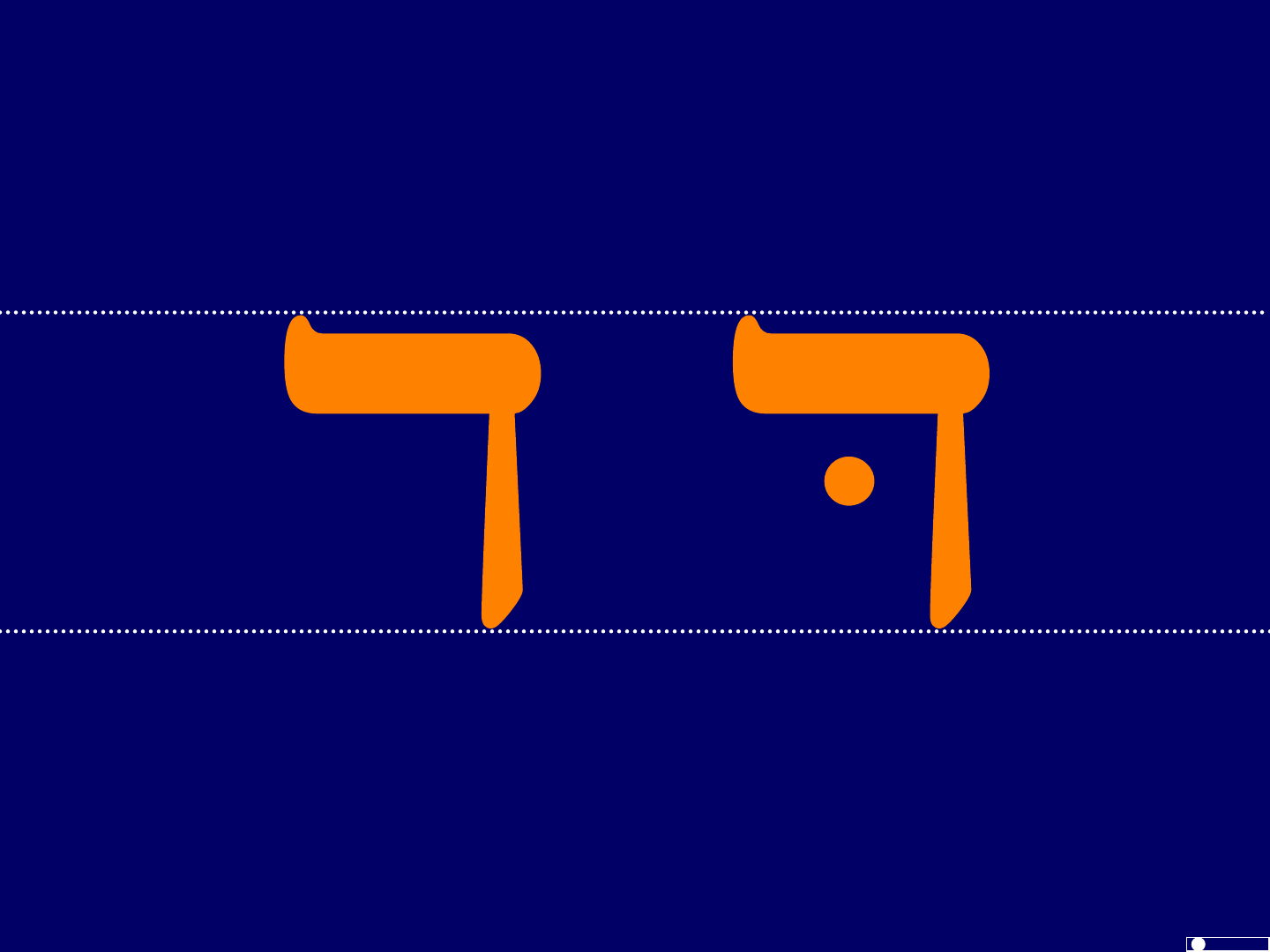
HebrewSyntax.org ©JCBeckman 3/29/2012 Copy freely
BY-NC-SA
CC
1-92

HebrewSyntax.org ©JCBeckman 3/29/2012 Copy freely
BY-NC-SA
CC
1-93
Dalet sounds like D / TH in The
Begad kephat
– Dagesh D sound, transliterate d
– No dagesh TH sound of THe, transliterate d
Modern Hebrew always pronounces as D
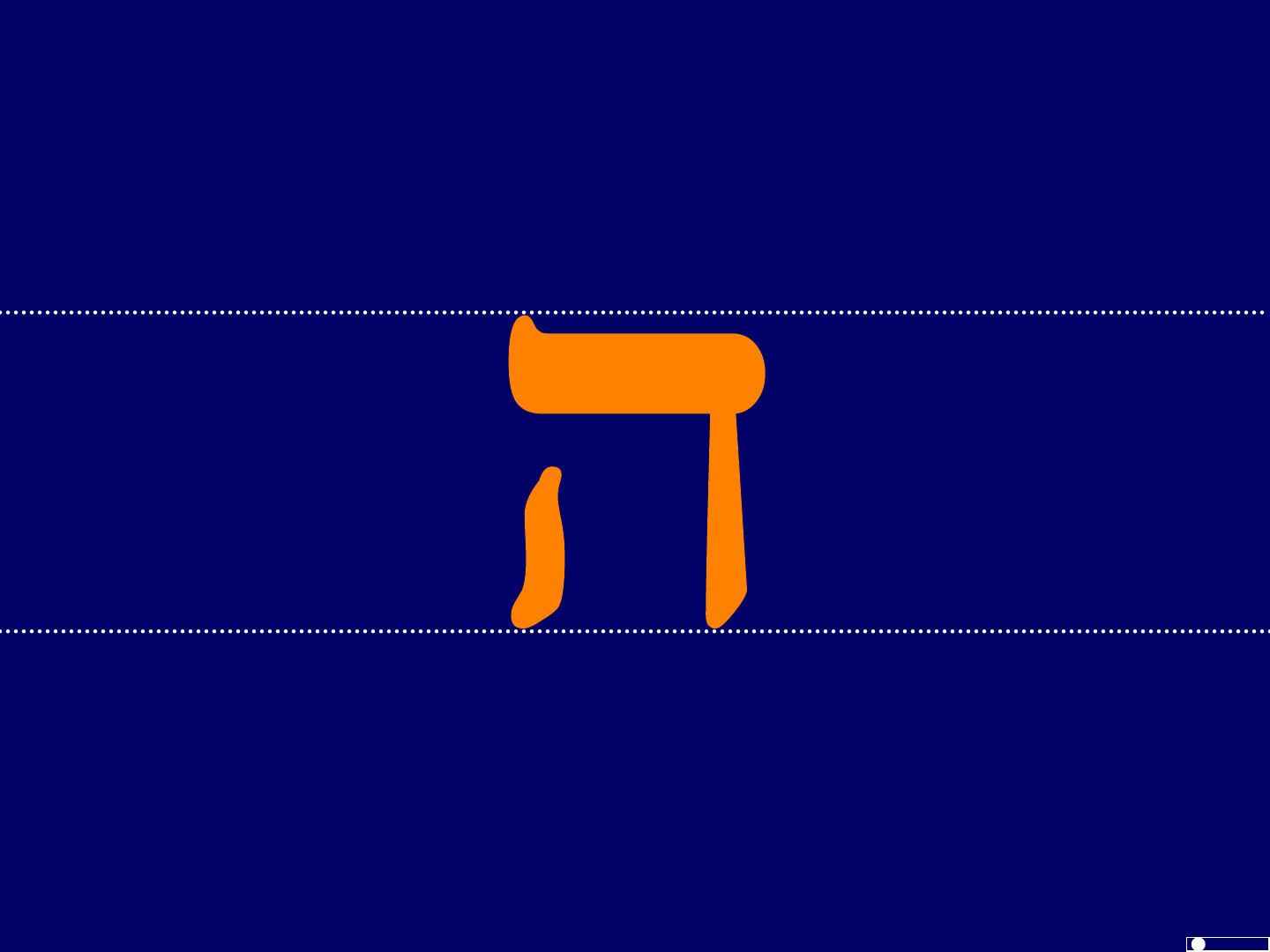
HebrewSyntax.org ©JCBeckman 3/29/2012 Copy freely
BY-NC-SA
CC
1-94

HebrewSyntax.org ©JCBeckman 3/29/2012 Copy freely
BY-NC-SA
CC
1-95
Hay sounds like H
Transliterate as h
Guttural
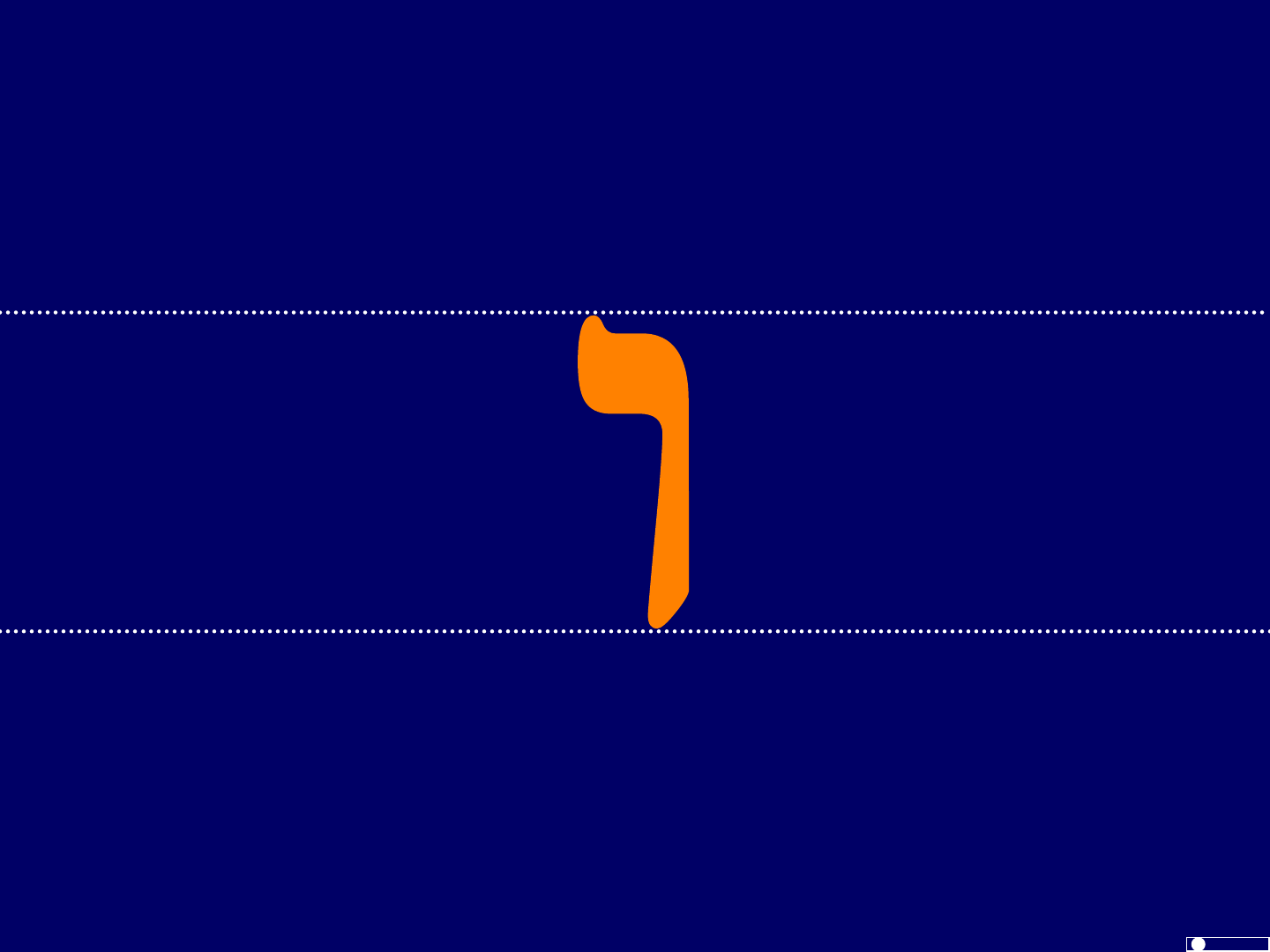
HebrewSyntax.org ©JCBeckman 3/29/2012 Copy freely
BY-NC-SA
CC
1-96

HebrewSyntax.org ©JCBeckman 3/29/2012 Copy freely
BY-NC-SA
CC
1-97
VaV sounds like V (or W)
Modern Hebrew pronounces it as V
– So it sounds just like without Dagesh
– Called Vav in Modern Hebrew
Traditionally pronounced as W
– Transliterated w
– Waw
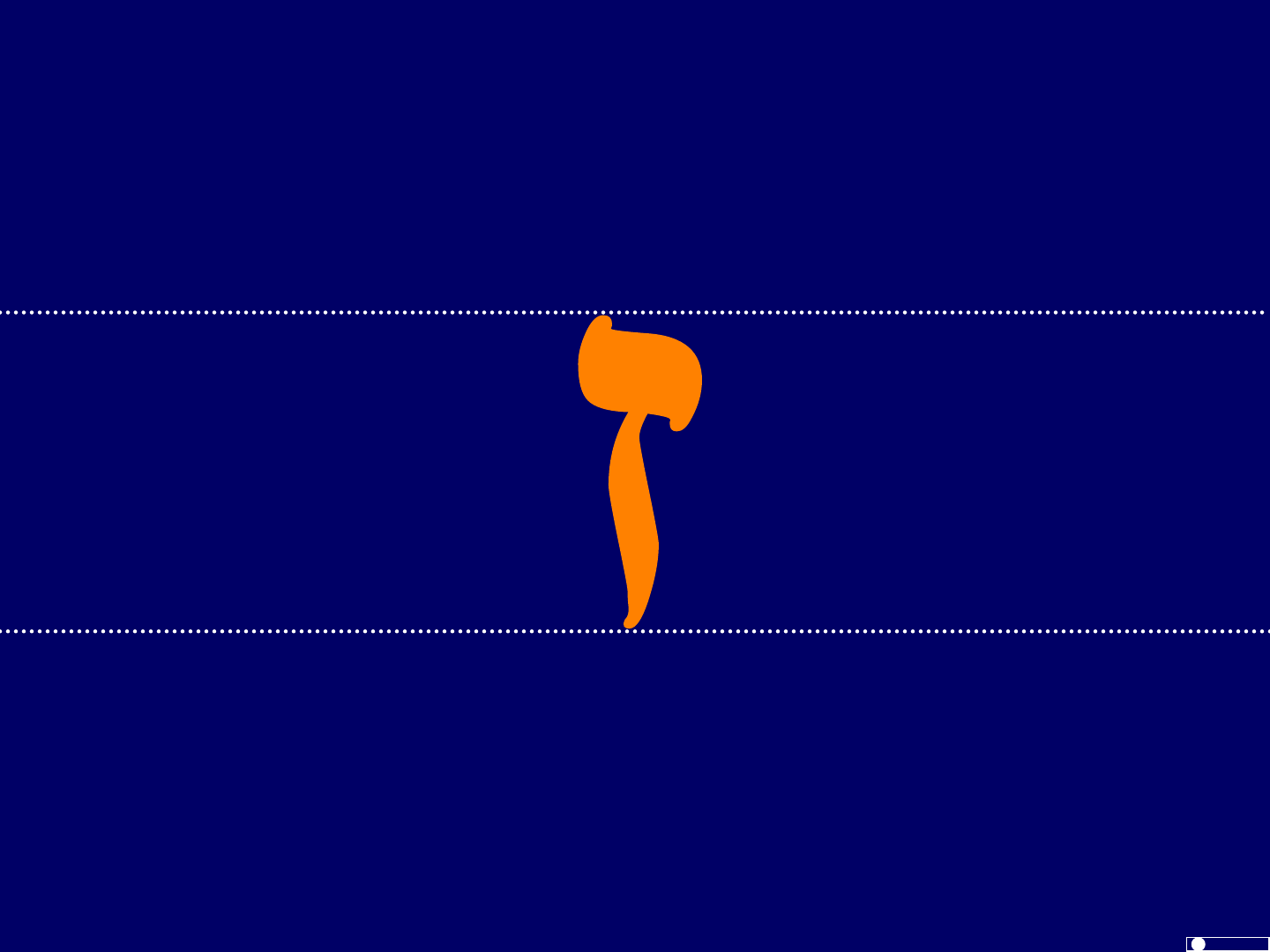
HebrewSyntax.org ©JCBeckman 3/29/2012 Copy freely
BY-NC-SA
CC
1-98

HebrewSyntax.org ©JCBeckman 3/29/2012 Copy freely
BY-NC-SA
CC
1-99
Zayin sounds like Z
Transliterate as z
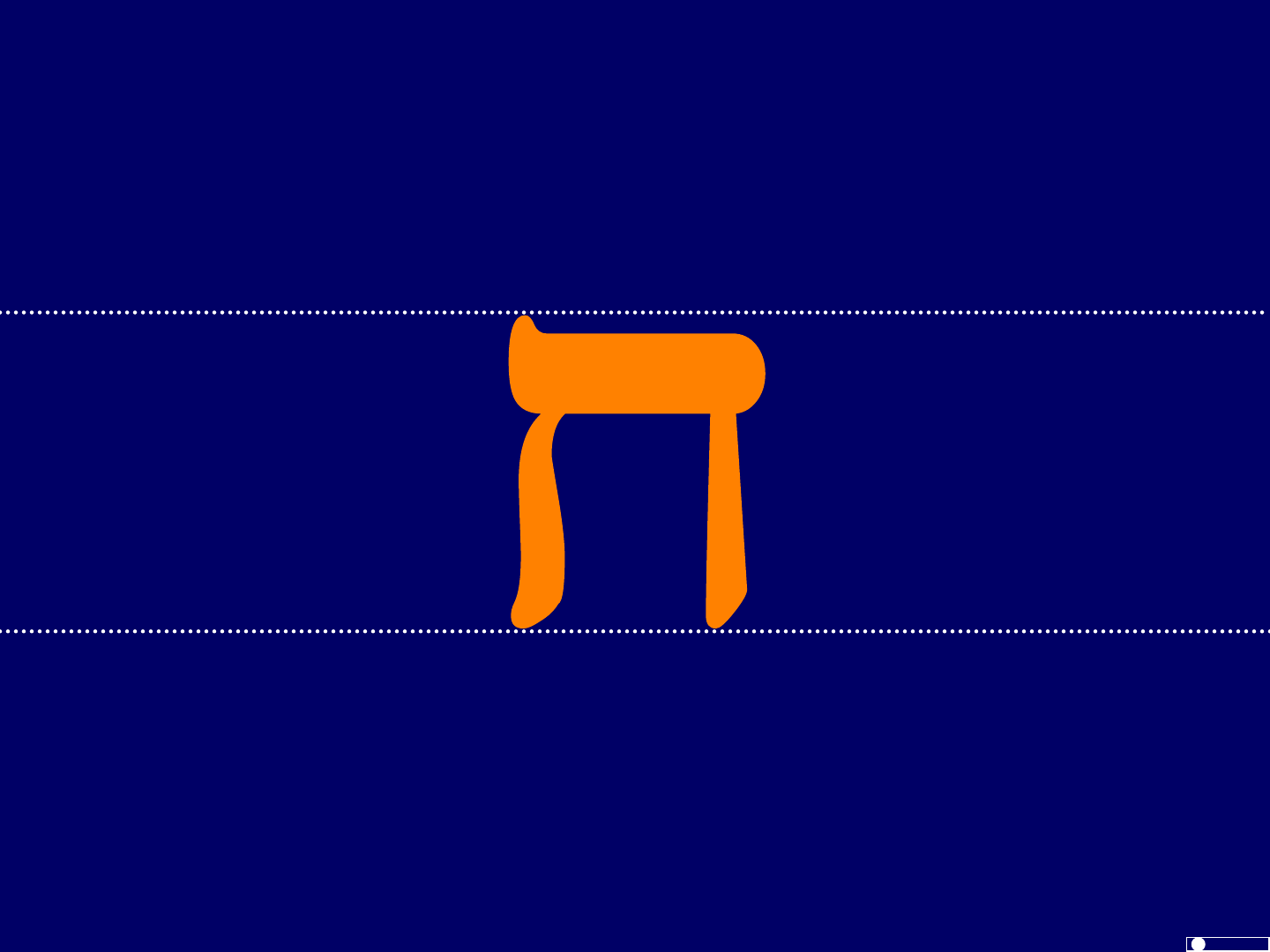
HebrewSyntax.org ©JCBeckman 3/29/2012 Copy freely
BY-NC-SA
CC
1-100

HebrewSyntax.org ©JCBeckman 3/29/2012 Copy freely
BY-NC-SA
CC
1-101
Ḥet sounds like CH in Bach
Sounds just like Kaf without Dagesh
– was deeper in the throat than
Transliterate as ḥ (h with dot under it)
Guttural
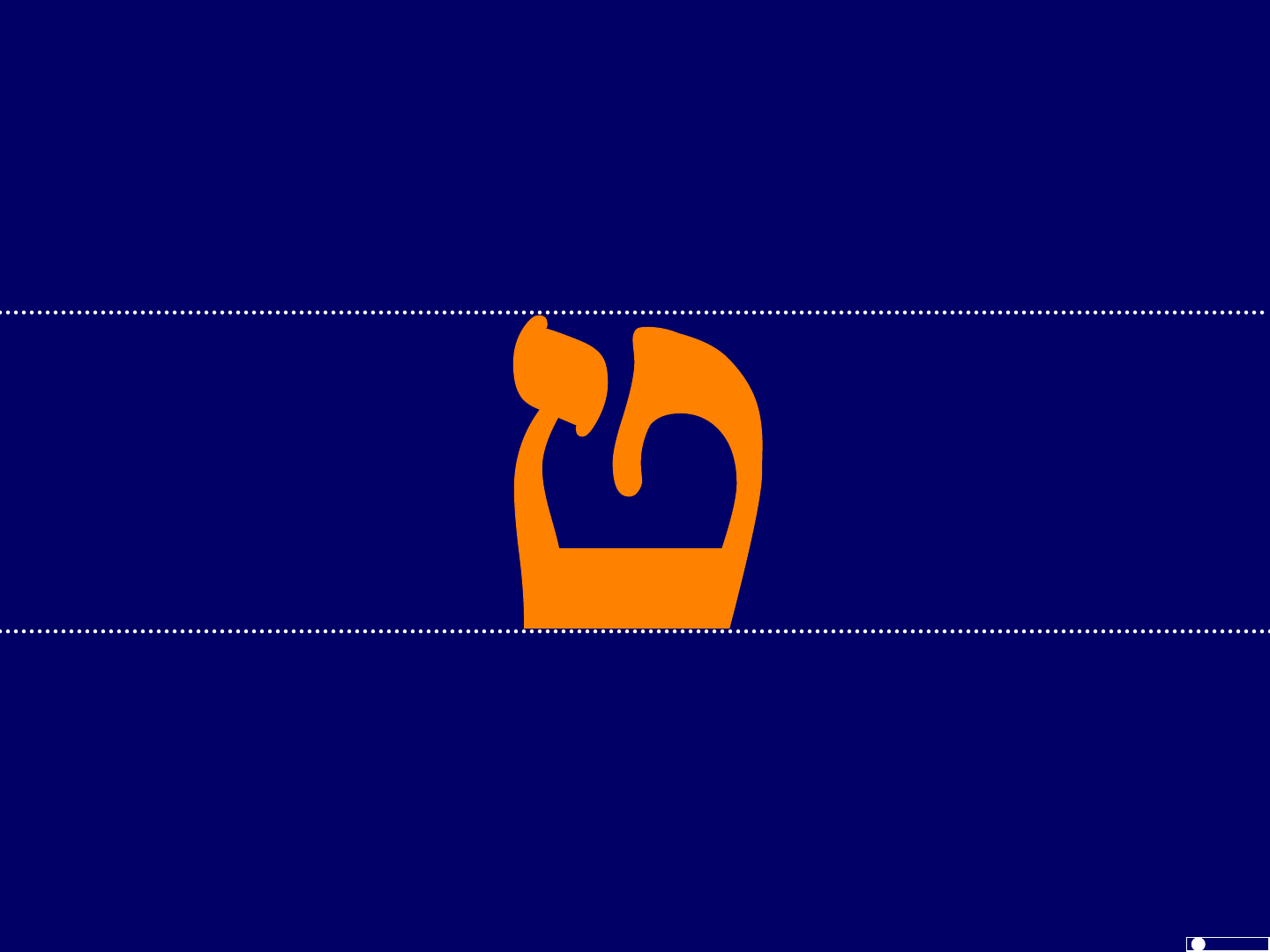
HebrewSyntax.org ©JCBeckman 3/29/2012 Copy freely
BY-NC-SA
CC
1-102

HebrewSyntax.org ©JCBeckman 3/29/2012 Copy freely
BY-NC-SA
CC
1-103
Tet sounds like T
Sounds just like Tav with Dagesh
– When memorizing vocabulary, I give Tet intentional
emphasis to help me remember that the word has Tet
not Tav
Transliterate as ṭ (t with dot under it)

HebrewSyntax.org ©JCBeckman 3/29/2012 Copy freely
BY-NC-SA
CC
1-104

HebrewSyntax.org ©JCBeckman 3/29/2012 Copy freely
BY-NC-SA
CC
1-105
Yod sounds like Y
Transliterate as y
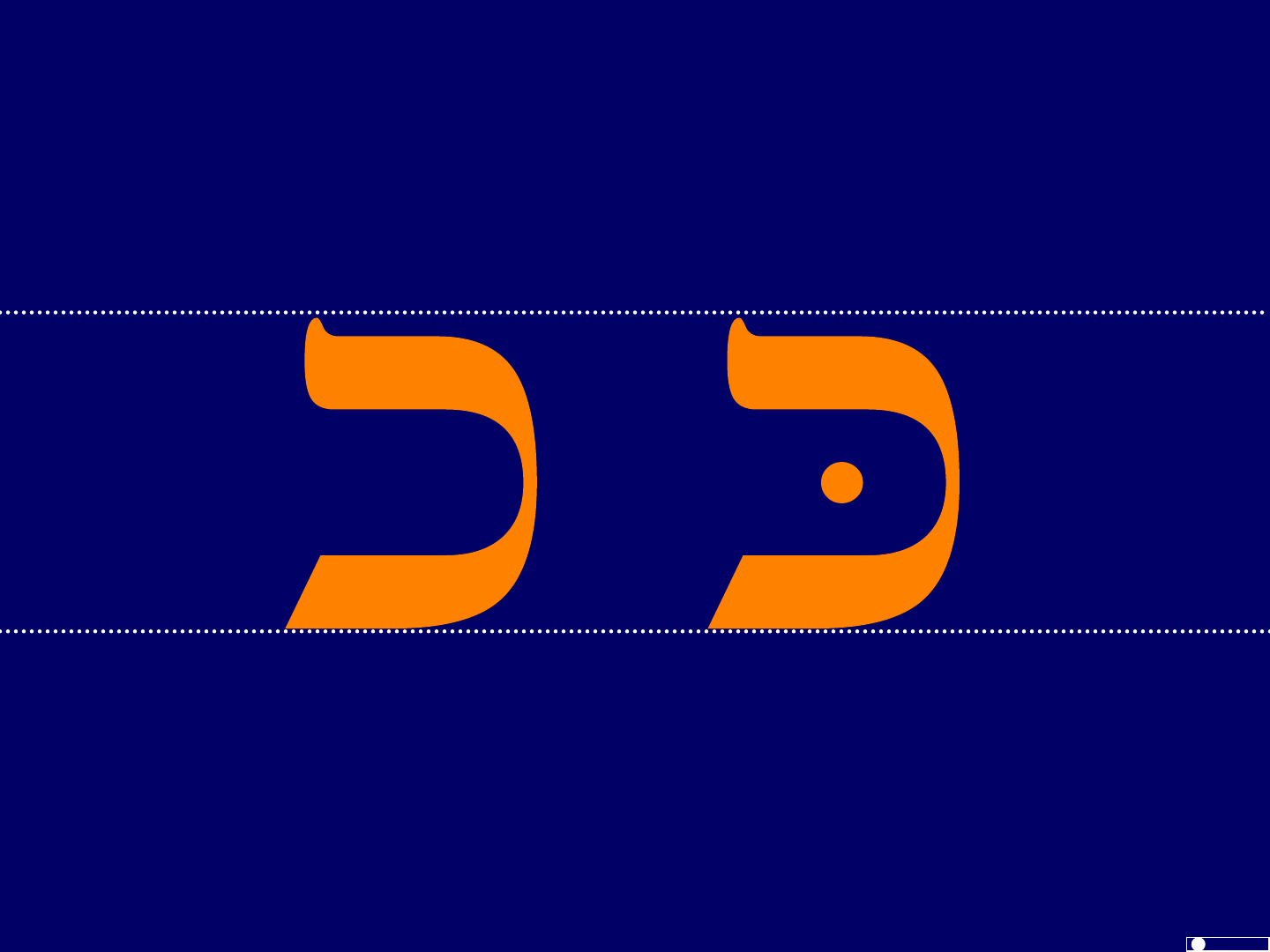
HebrewSyntax.org ©JCBeckman 3/29/2012 Copy freely
BY-NC-SA
CC
1-106

HebrewSyntax.org ©JCBeckman 3/29/2012 Copy freely
BY-NC-SA
CC
1-107
Kaf sounds like K / CH in Bach
Begad kephat
– Dagesh K sound, transliterate k
– No dagesh CH sound of BaCH, transliterate k
Without a Dagesh, Kaf sounds like
– was deeper in the throat than
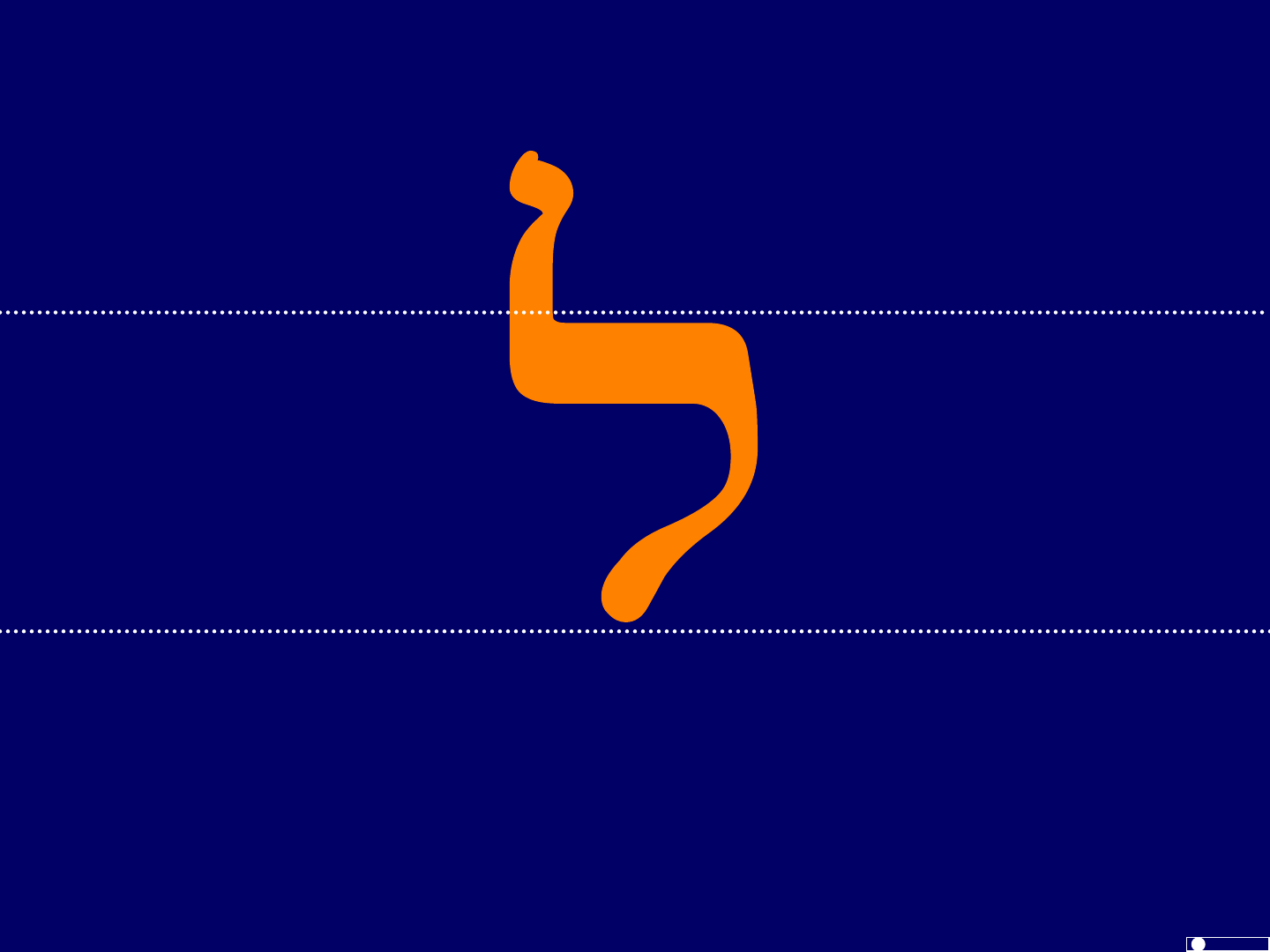
HebrewSyntax.org ©JCBeckman 3/29/2012 Copy freely
BY-NC-SA
CC
1-108

HebrewSyntax.org ©JCBeckman 3/29/2012 Copy freely
BY-NC-SA
CC
1-109
Lamed sounds like L
Transliterate as l
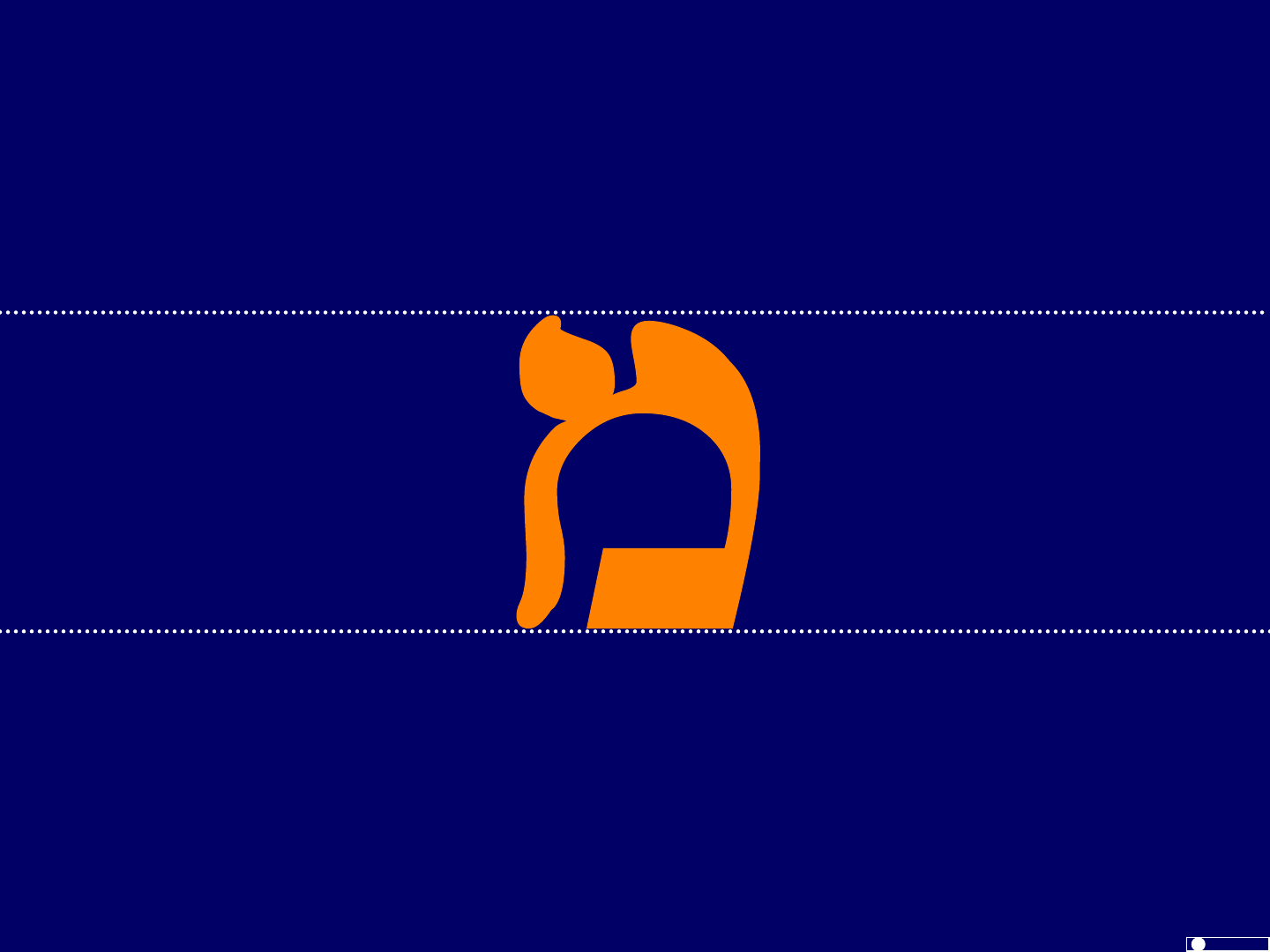
HebrewSyntax.org ©JCBeckman 3/29/2012 Copy freely
BY-NC-SA
CC
1-110

HebrewSyntax.org ©JCBeckman 3/29/2012 Copy freely
BY-NC-SA
CC
1-111
Mem sounds like M
Transliterate as m
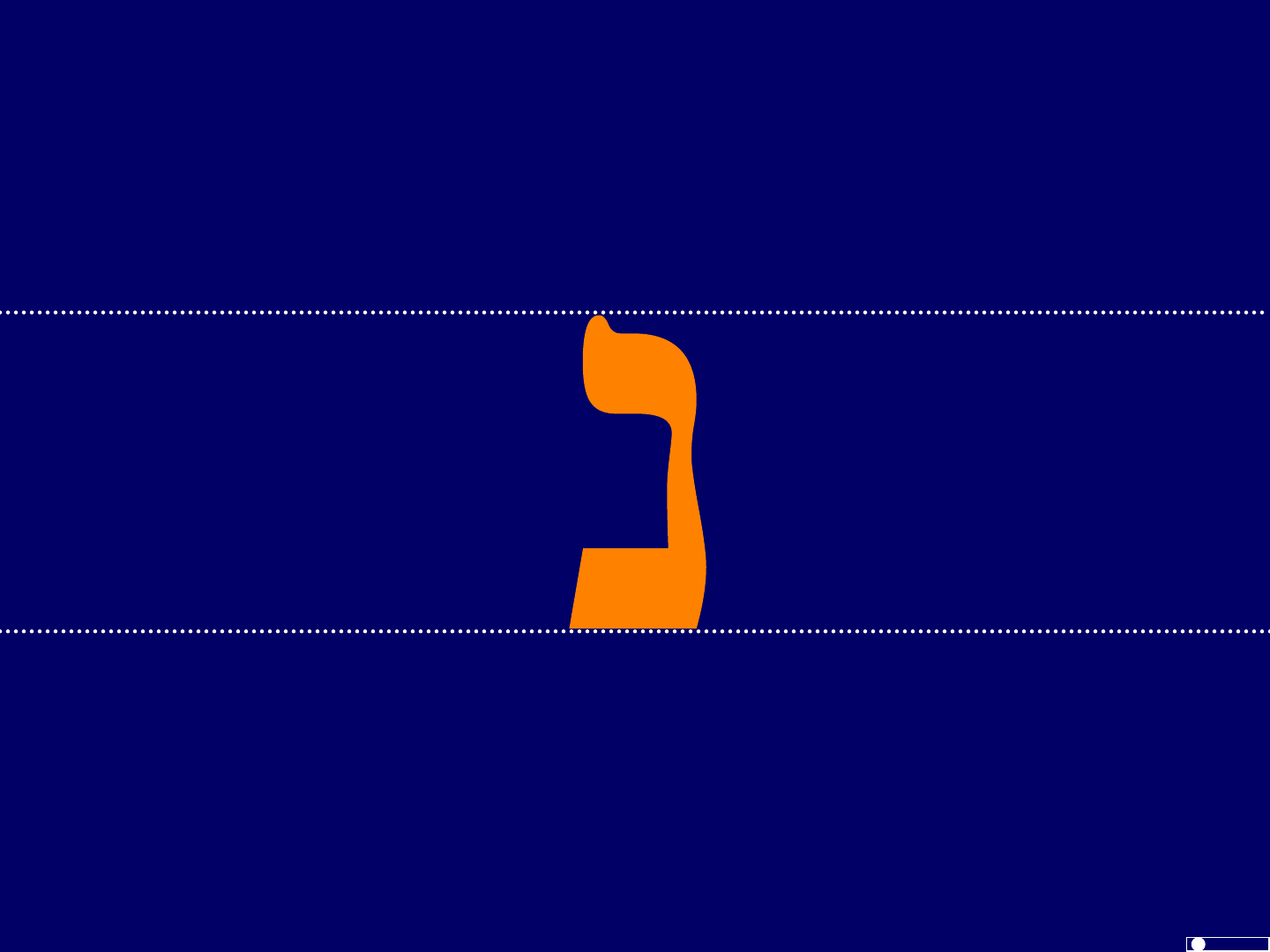
HebrewSyntax.org ©JCBeckman 3/29/2012 Copy freely
BY-NC-SA
CC
1-112

HebrewSyntax.org ©JCBeckman 3/29/2012 Copy freely
BY-NC-SA
CC
1-113
Nun sounds like N
Transliterate as n
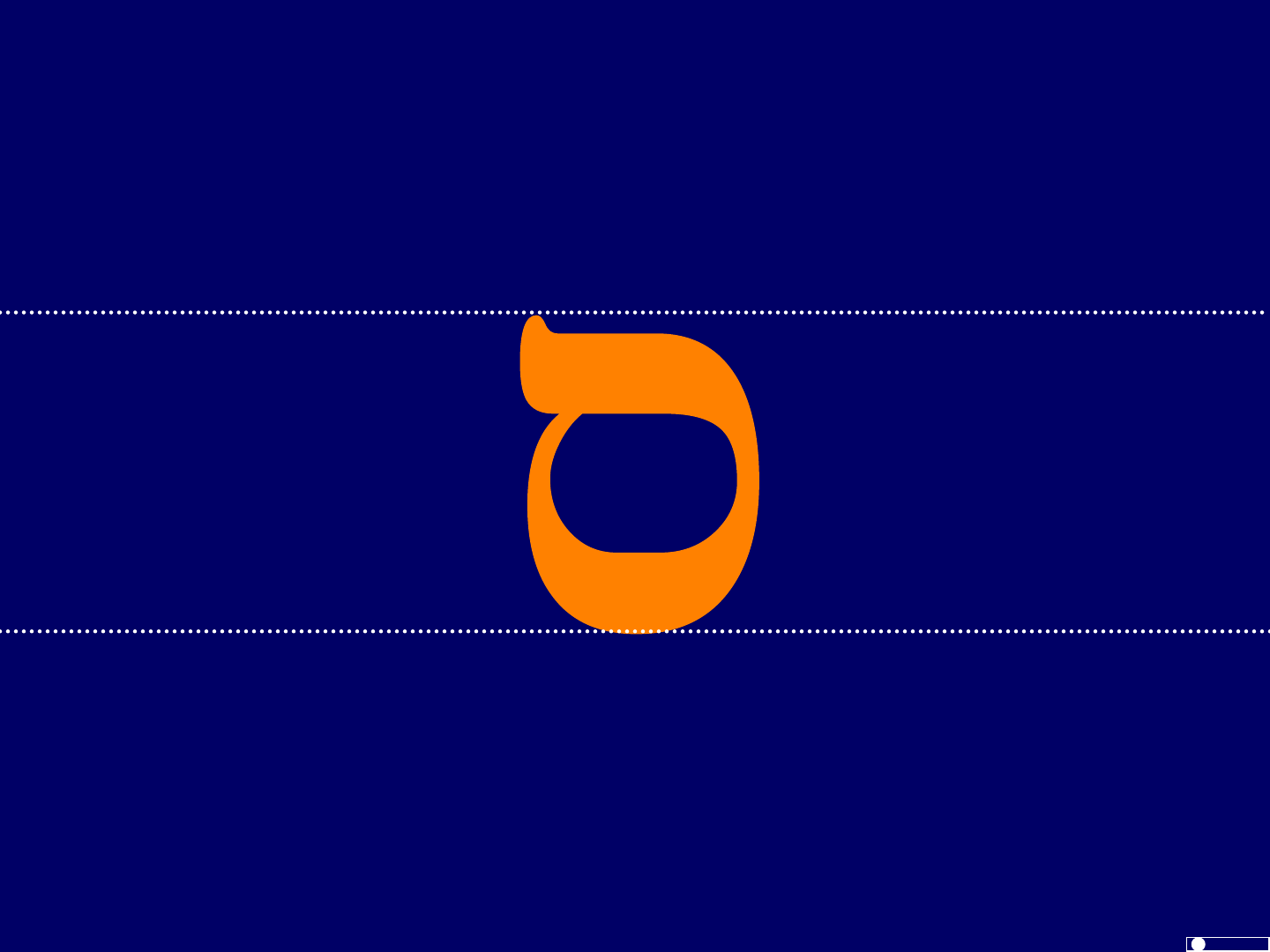
HebrewSyntax.org ©JCBeckman 3/29/2012 Copy freely
BY-NC-SA
CC
1-114

HebrewSyntax.org ©JCBeckman 3/29/2012 Copy freely
BY-NC-SA
CC
1-115
Samek sounds like S
Sounds just like the letter Sin
Transliterate as s
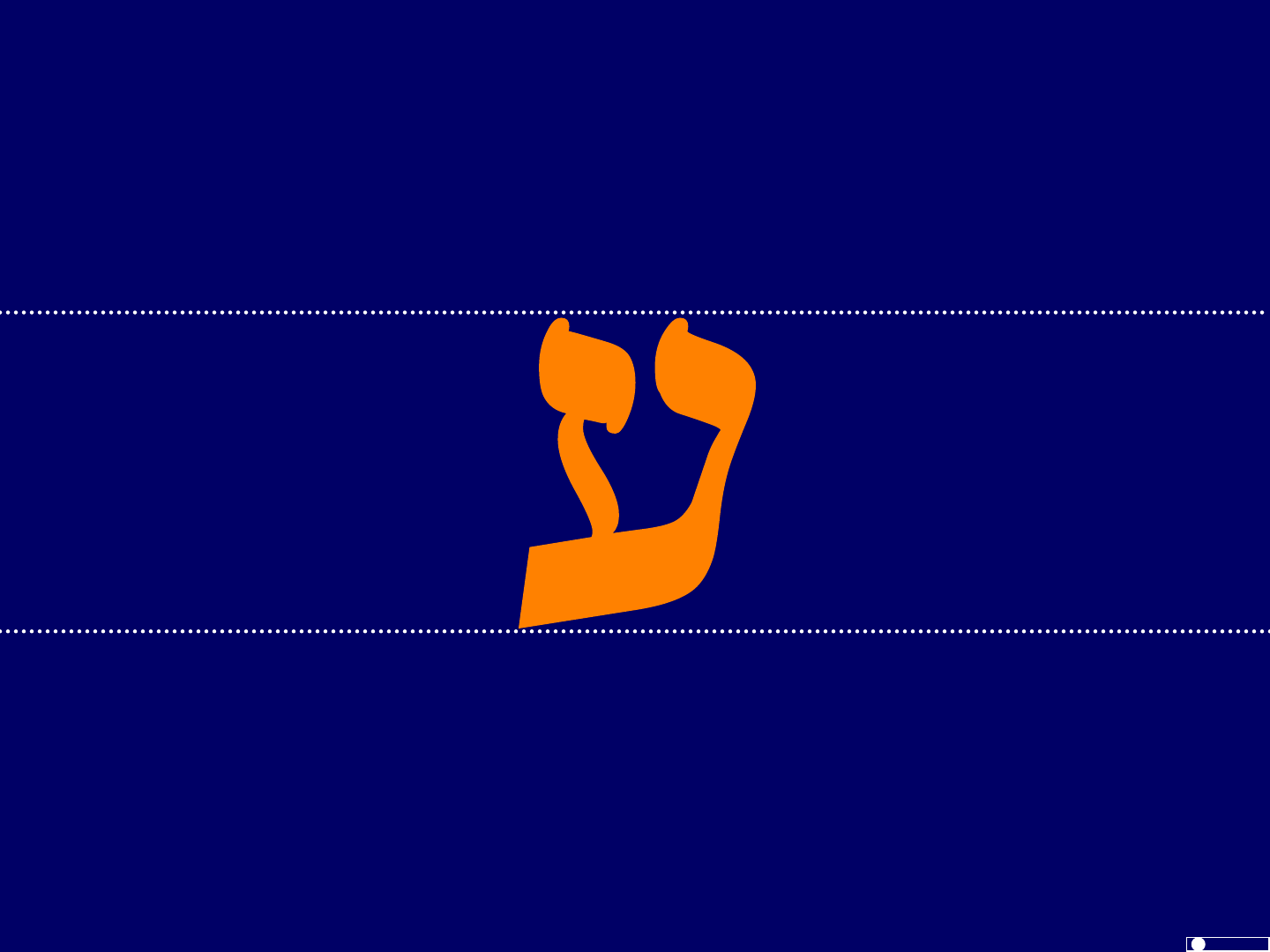
HebrewSyntax.org ©JCBeckman 3/29/2012 Copy freely
BY-NC-SA
CC
1-116

HebrewSyntax.org ©JCBeckman 3/29/2012 Copy freely
BY-NC-SA
CC
1-117
Ayin is silent
Silent (nowdays)
– Pronounce the vowel that follows it.
Guttural
– It was originally a voiced pharyngeal fricative.
Silent just like Alef
– I try to pronounce it when memorizing vocabulary, to
help me remember that it is Ayin not Alef in the
word. But when reading the Bible, I have it be silent,
just like Alef.
Transliterate like a single opening quote ʿ
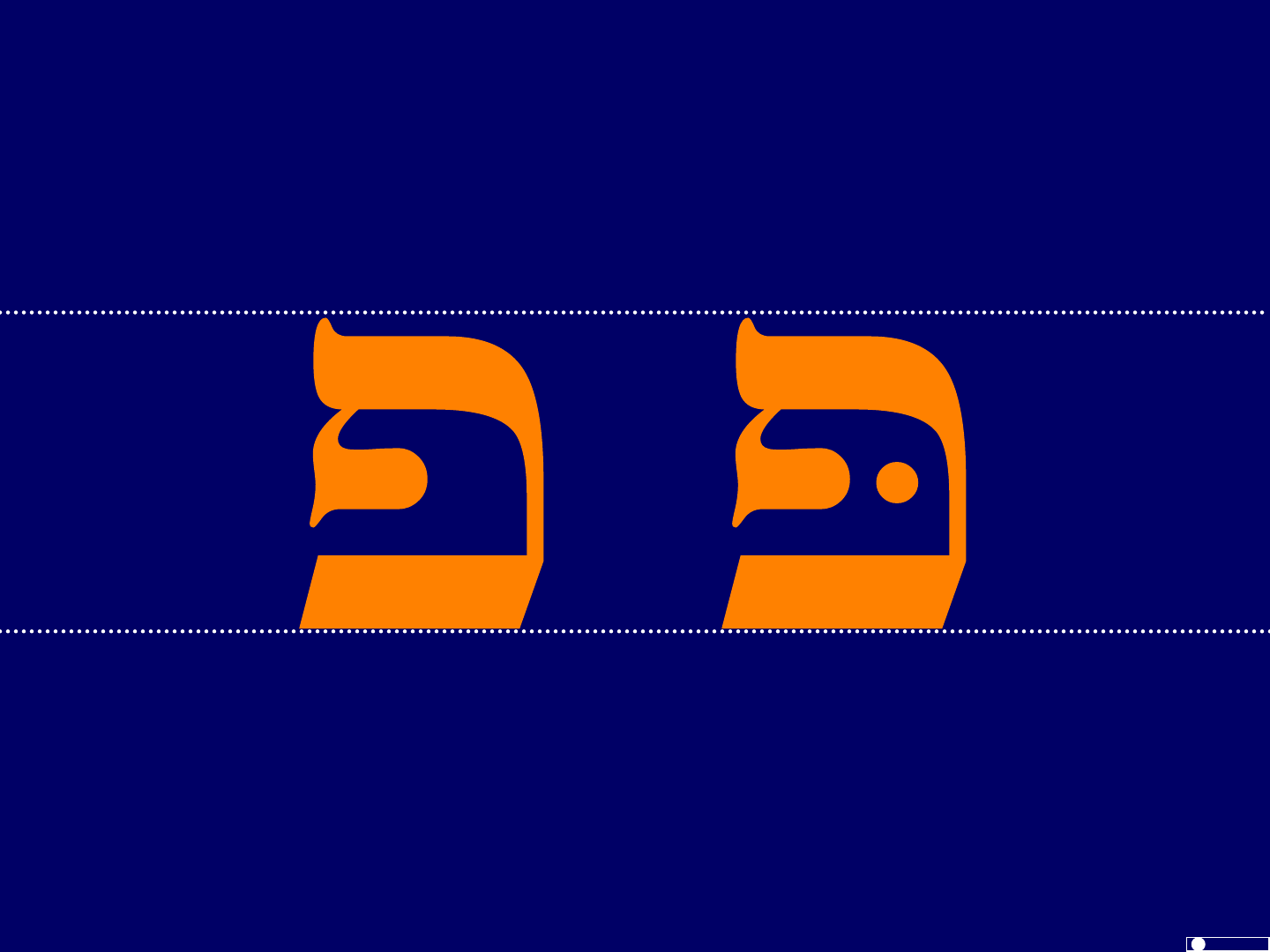
HebrewSyntax.org ©JCBeckman 3/29/2012 Copy freely
BY-NC-SA
CC
1-118

HebrewSyntax.org ©JCBeckman 3/29/2012 Copy freely
BY-NC-SA
CC
1-119
Pe sounds like P / F
Begad kephat
– Dagesh P sound, transliterate p
– No dagesh F sound, transliterate p
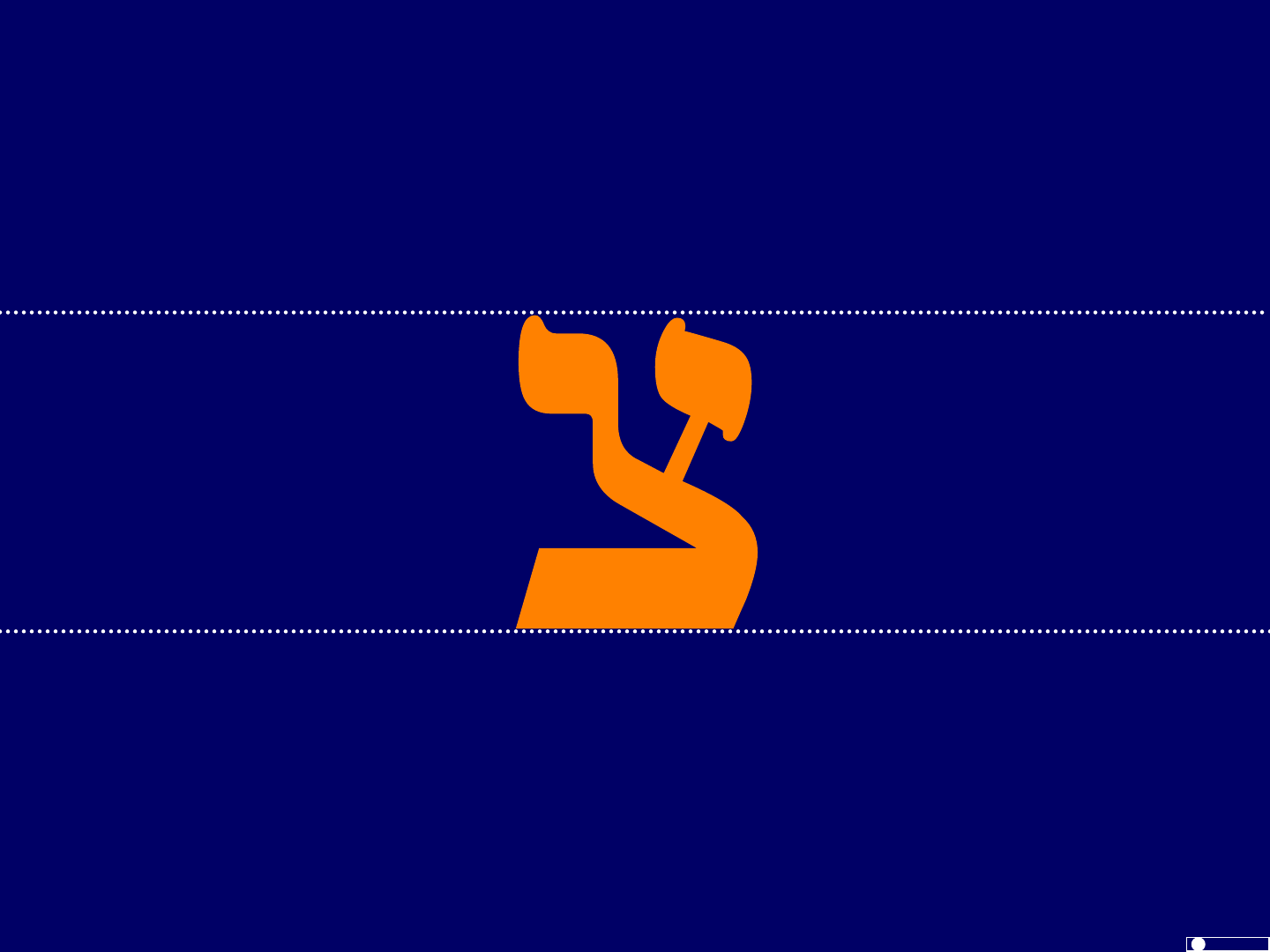
HebrewSyntax.org ©JCBeckman 3/29/2012 Copy freely
BY-NC-SA
CC
1-120

HebrewSyntax.org ©JCBeckman 3/29/2012 Copy freely
BY-NC-SA
CC
1-121
Tsade sounds like TS
Transliterate as ṣ (s with a dot under it)
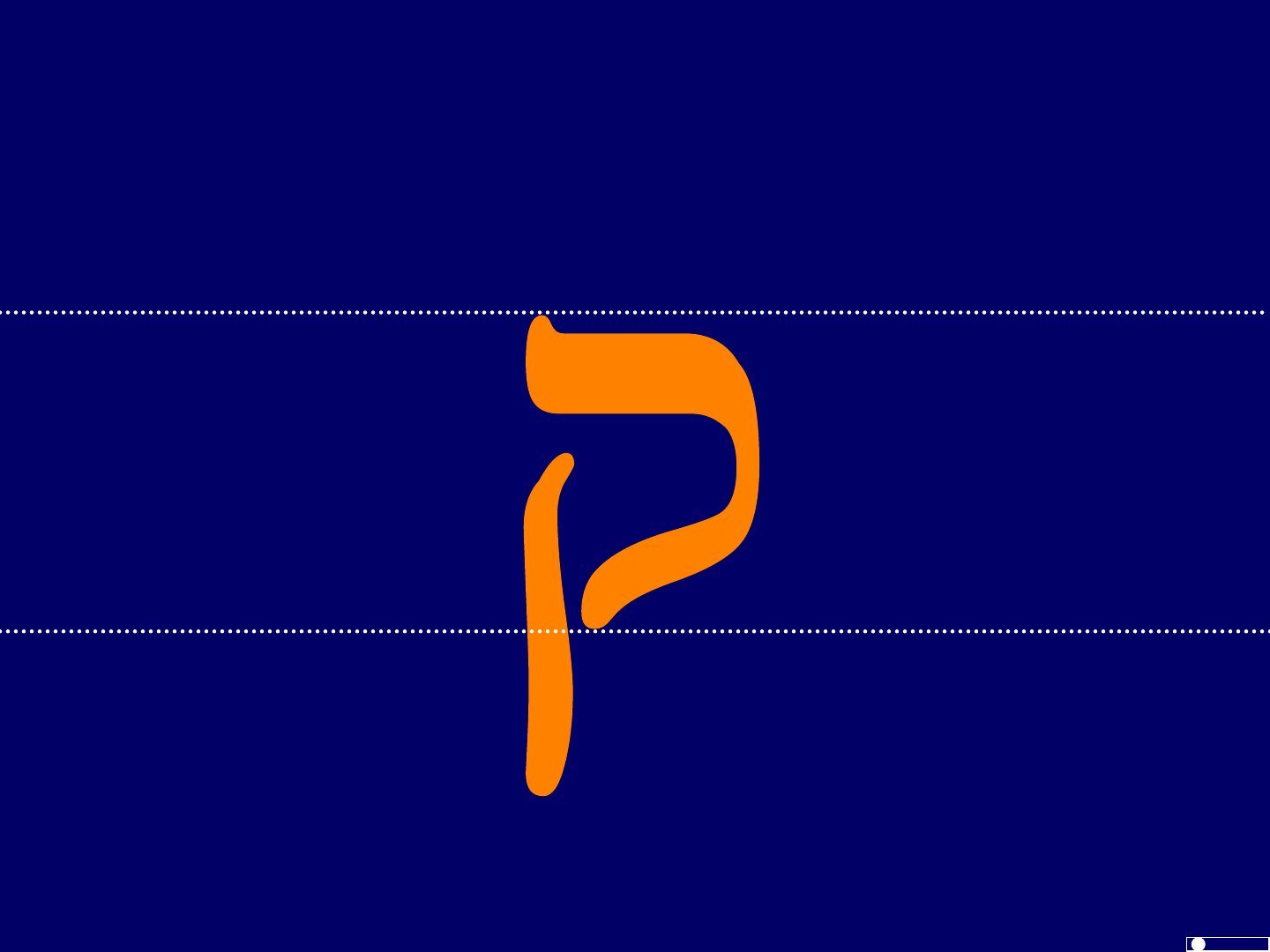
HebrewSyntax.org ©JCBeckman 3/29/2012 Copy freely
BY-NC-SA
CC
1-122

HebrewSyntax.org ©JCBeckman 3/29/2012 Copy freely
BY-NC-SA
CC
1-123
Qof sounds like K
Sounds just like the letter Kaf with a Dagesh
Transliterate as q
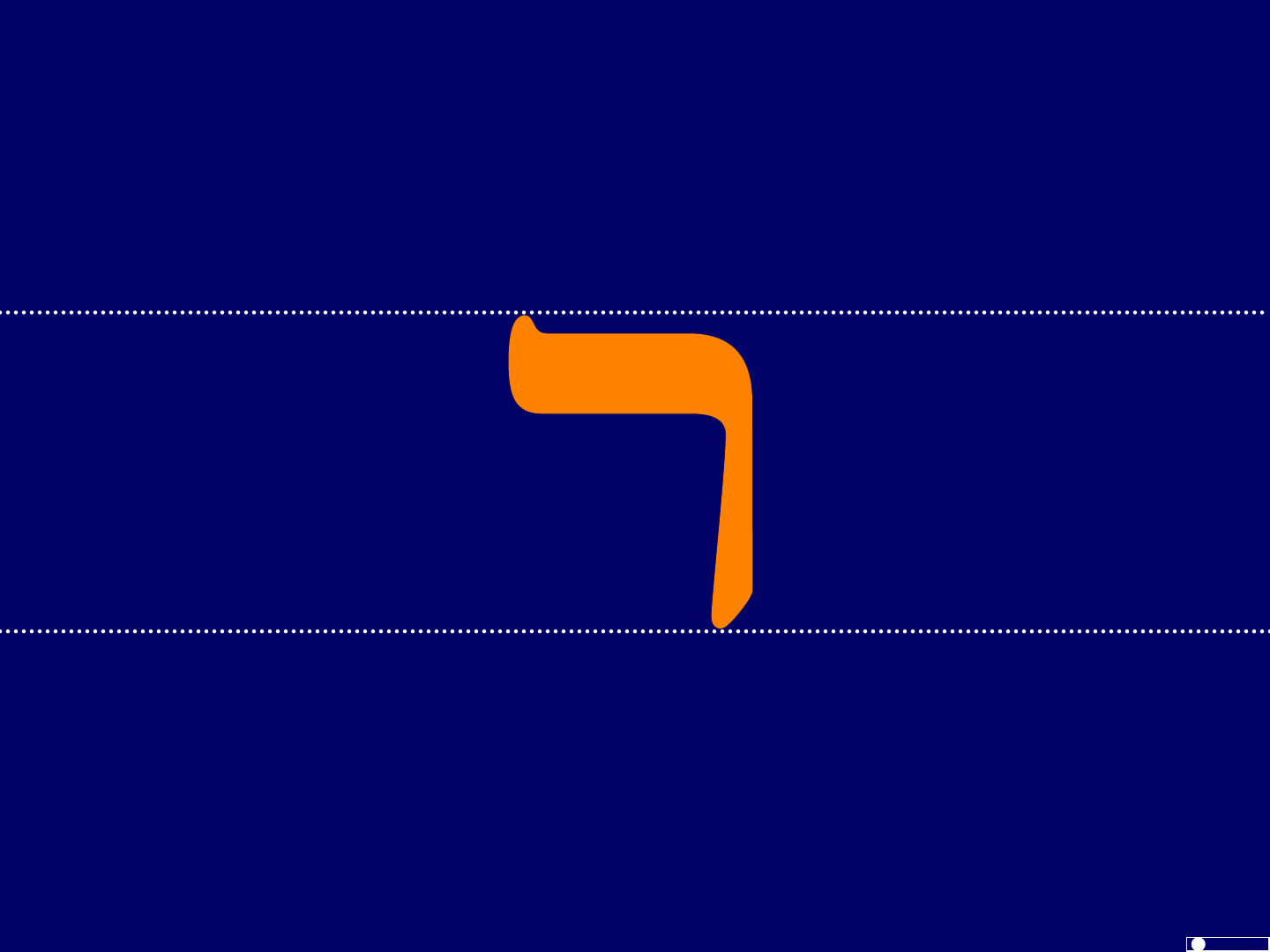
HebrewSyntax.org ©JCBeckman 3/29/2012 Copy freely
BY-NC-SA
CC
1-124

HebrewSyntax.org ©JCBeckman 3/29/2012 Copy freely
BY-NC-SA
CC
1-125
Resh sounds like R
Roll your R in the back of your throat if you can
Transliterate it as r
R is not a guttural letter
– But it has some of the characteristics of gutturals
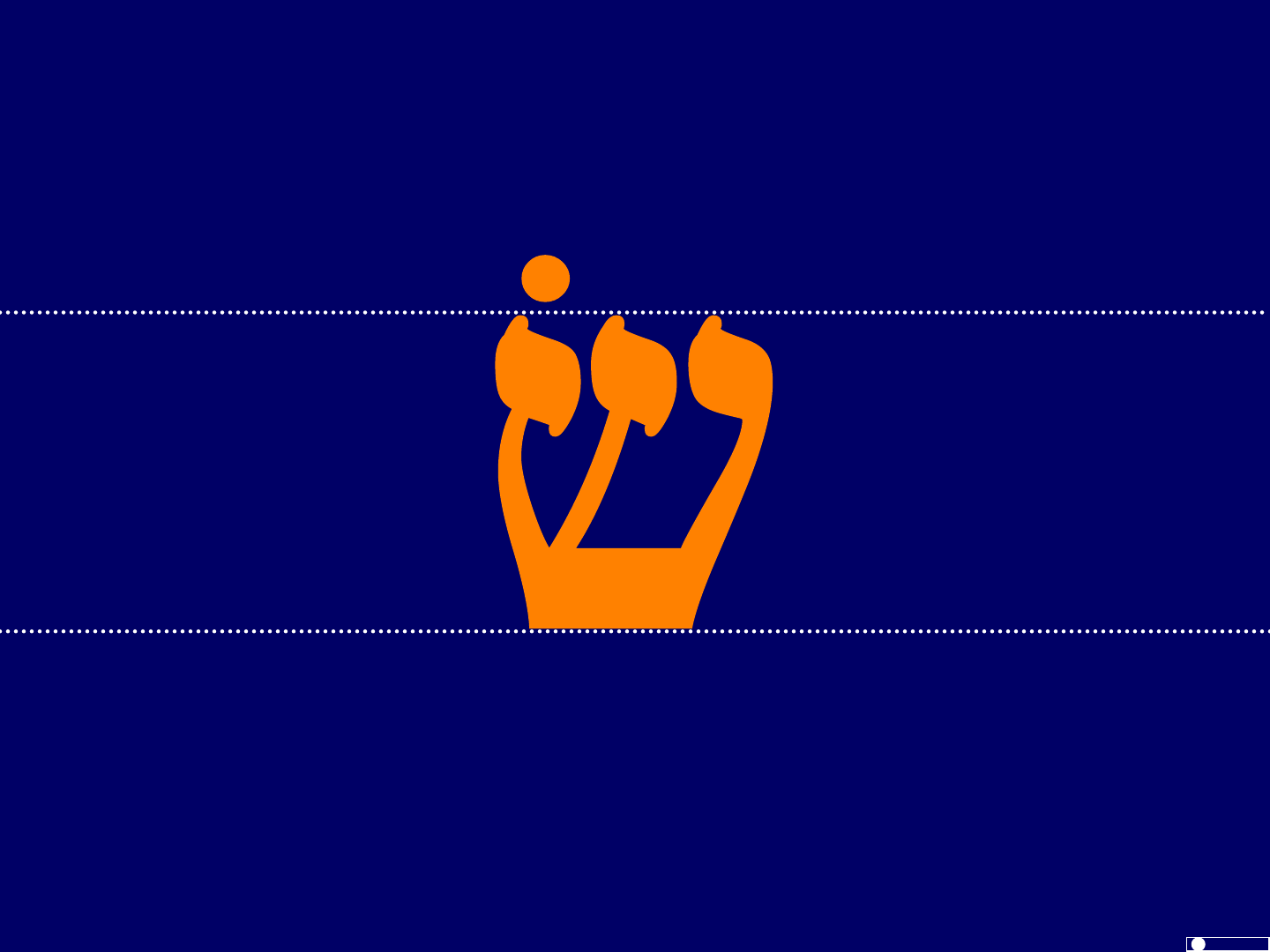
HebrewSyntax.org ©JCBeckman 3/29/2012 Copy freely
BY-NC-SA
CC
1-126

HebrewSyntax.org ©JCBeckman 3/29/2012 Copy freely
BY-NC-SA
CC
1-127
Sin sounds like S
Sounds just like the letter Samek
Transliterate as ś (s with a rising accent)
Biblical acrostics treat Sin and Shin as one letter
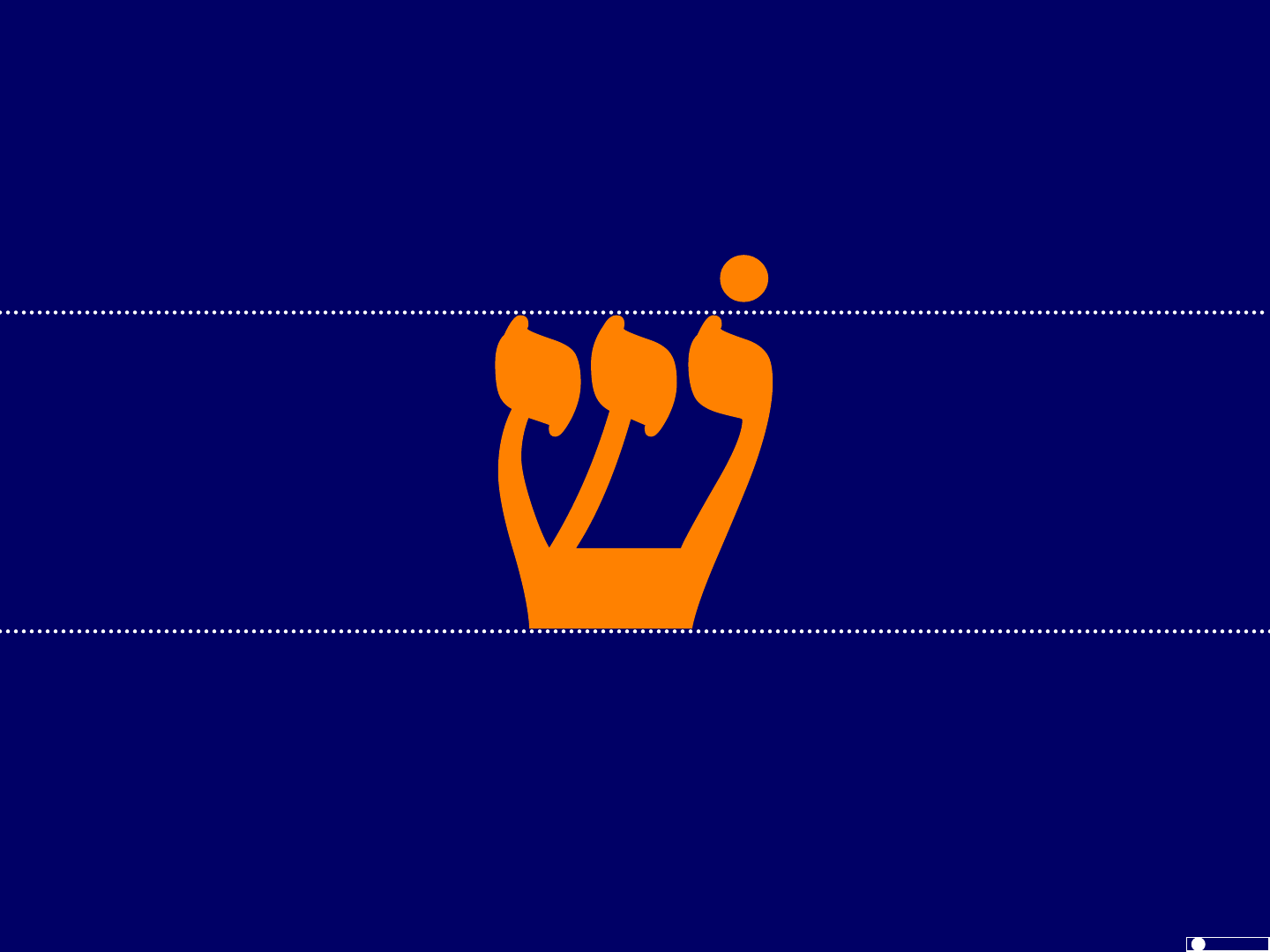
HebrewSyntax.org ©JCBeckman 3/29/2012 Copy freely
BY-NC-SA
CC
1-128

HebrewSyntax.org ©JCBeckman 3/29/2012 Copy freely
BY-NC-SA
CC
1-129
Shin sounds like SH
Transliterate as š (s with a little v on top)
Biblical acrostics treat Sin and Shin as one letter
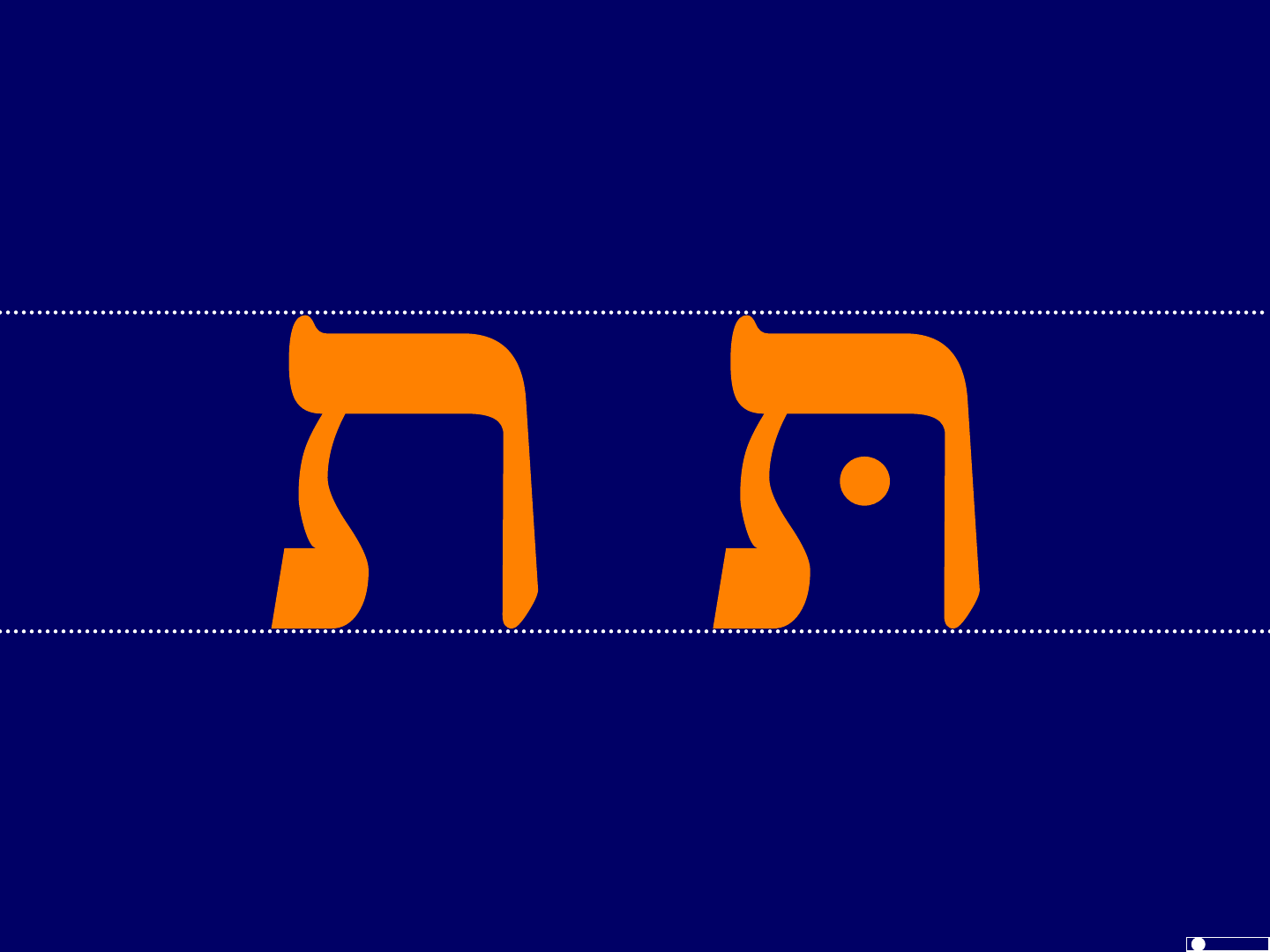
HebrewSyntax.org ©JCBeckman 3/29/2012 Copy freely
BY-NC-SA
CC
1-130

HebrewSyntax.org ©JCBeckman 3/29/2012 Copy freely
BY-NC-SA
CC
1-131
Tav sounds like T / TH
Begad kephat
– Dagesh T sound, transliterate t
– No dagesh TH sound of THin, transliterate t
sounds just like Tet
Modern Hebrew always pronounces as T

HebrewSyntax.org ©JCBeckman 3/29/2012 Copy freely
BY-NC-SA
CC
Before Going on to the Next Chapter
Read chapter 1 in the textbook
– Read the textbook supplement along with each section of the
textbook as you go along.
Memorize the study guide.
Make sure you can also do the following:
– Write the Hebrew Alef-Bet, including final forms.
– Name and pronounce the Hebrew letters given their letter or
transliteration.
This includes final forms
This includes begad kephat with and without a Dagesh.
Practice taking the quiz for chapter 1 (PDF on website)
– The answer key is page 2 of the PDF.
1-132
